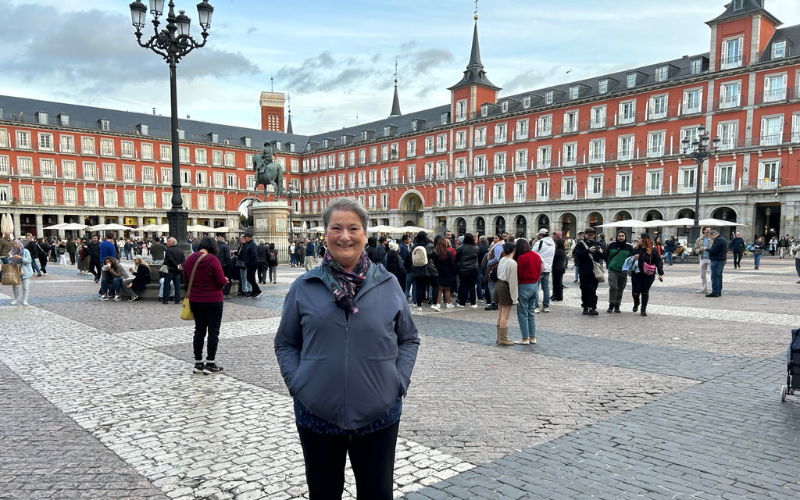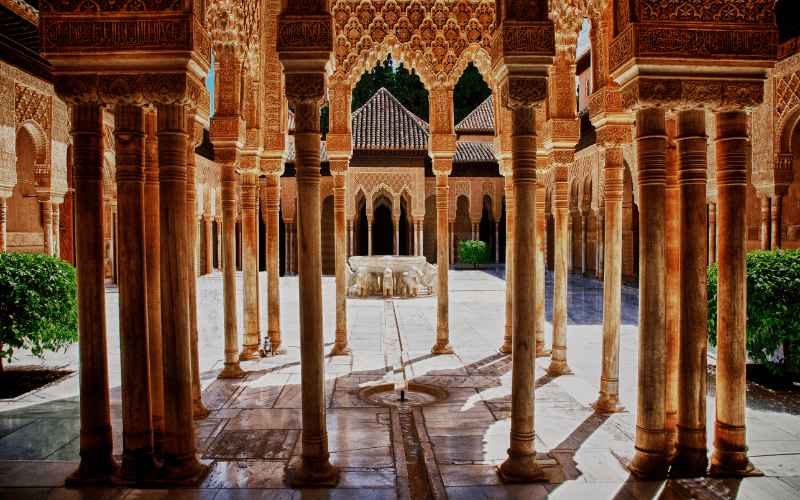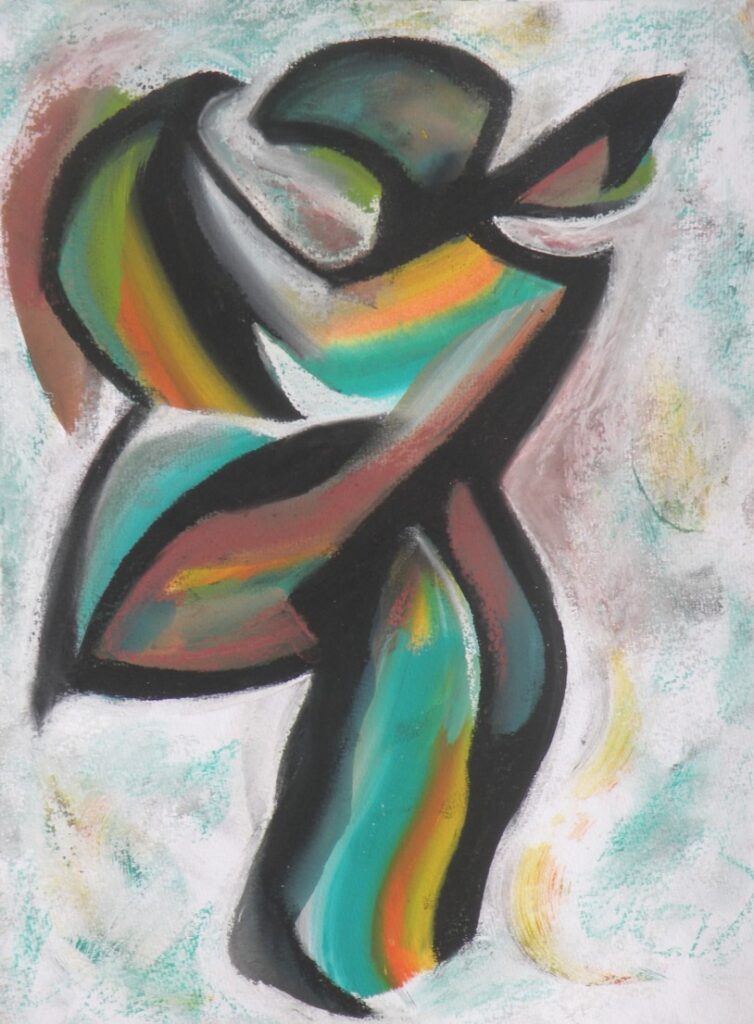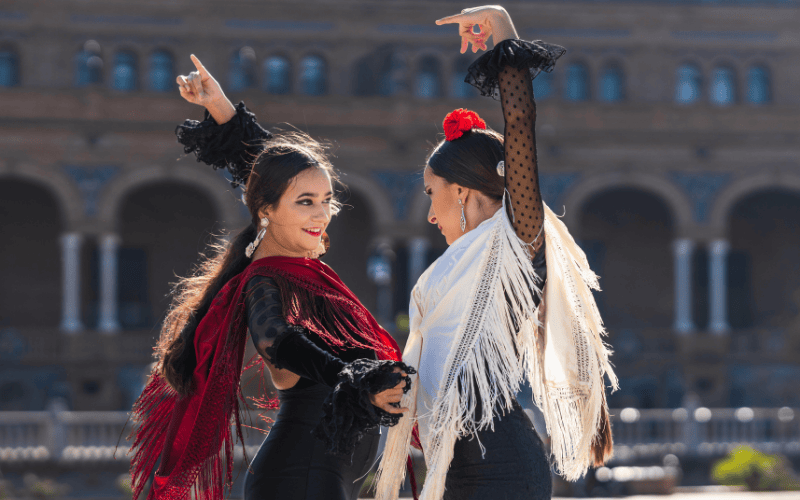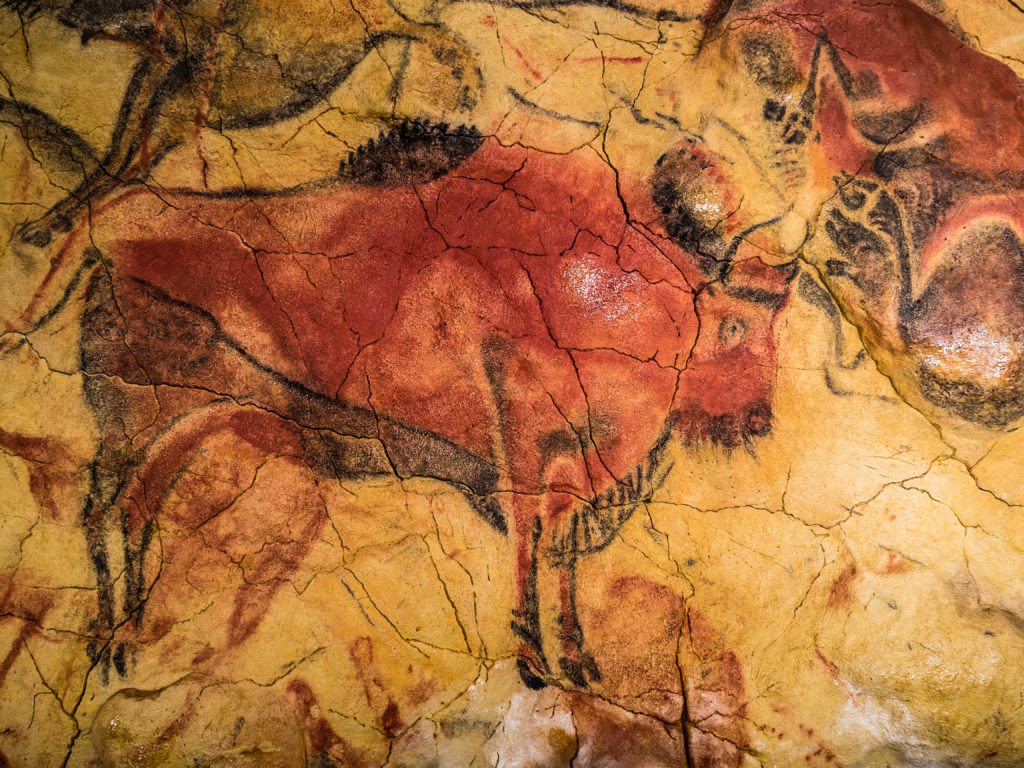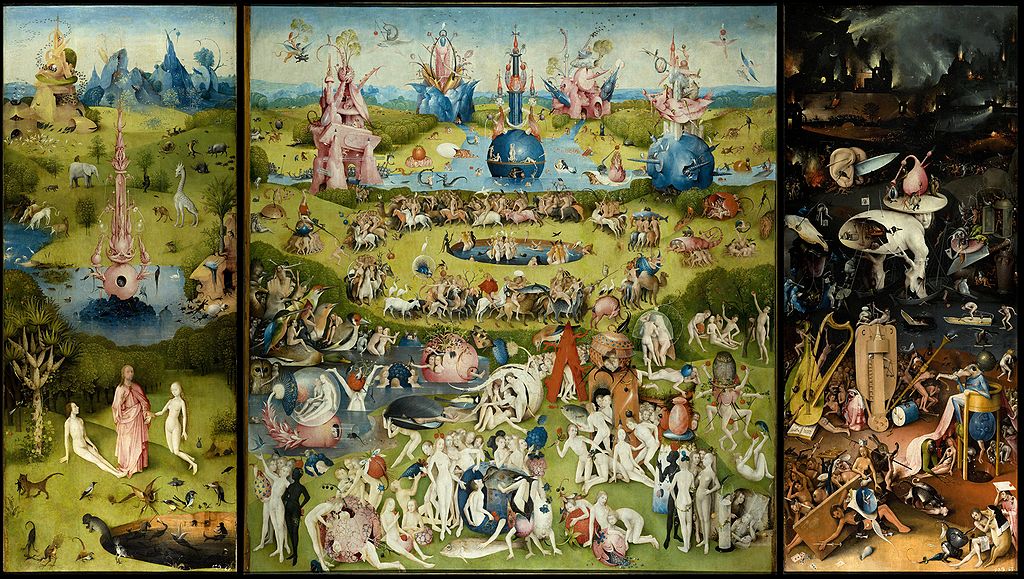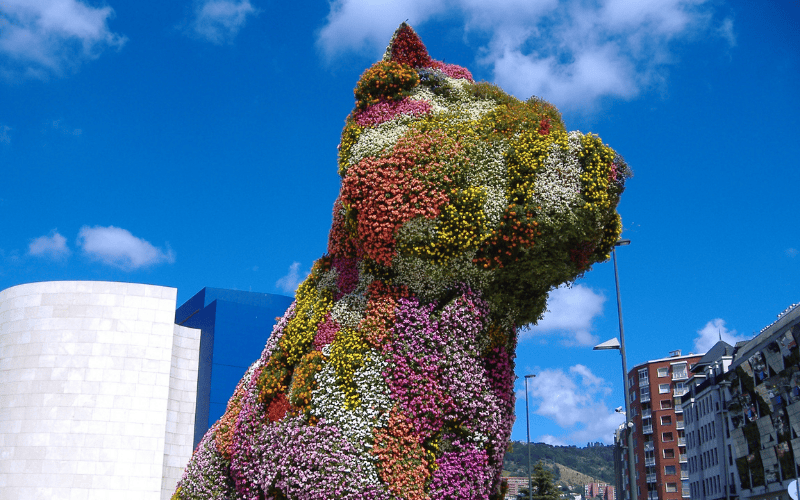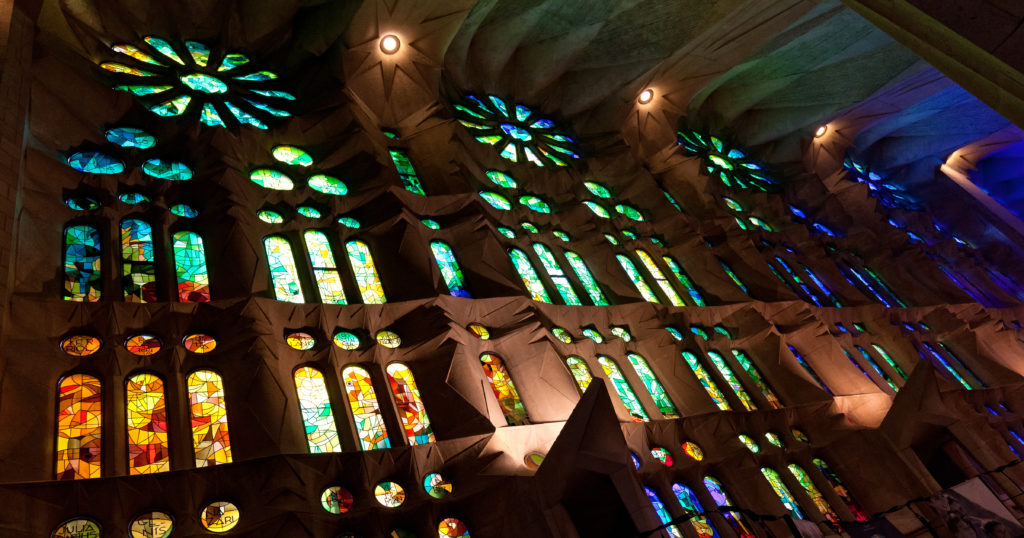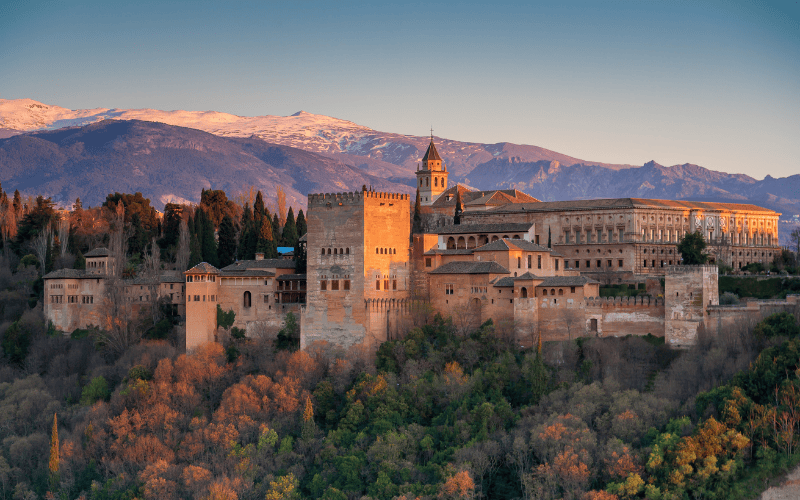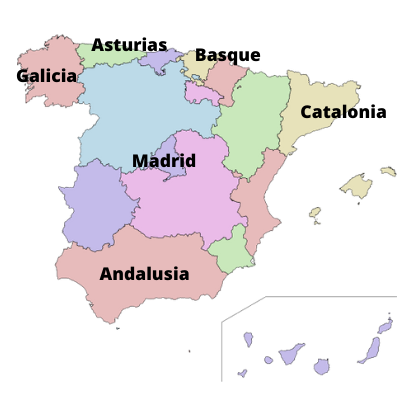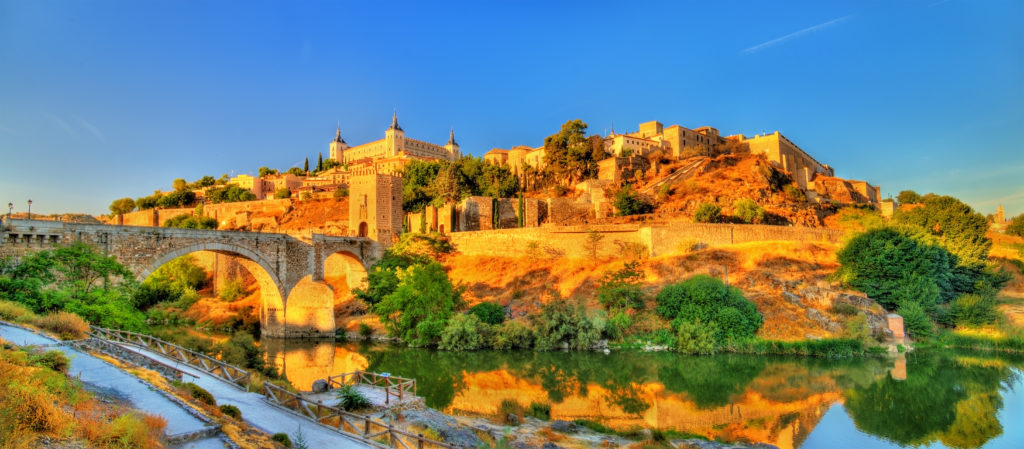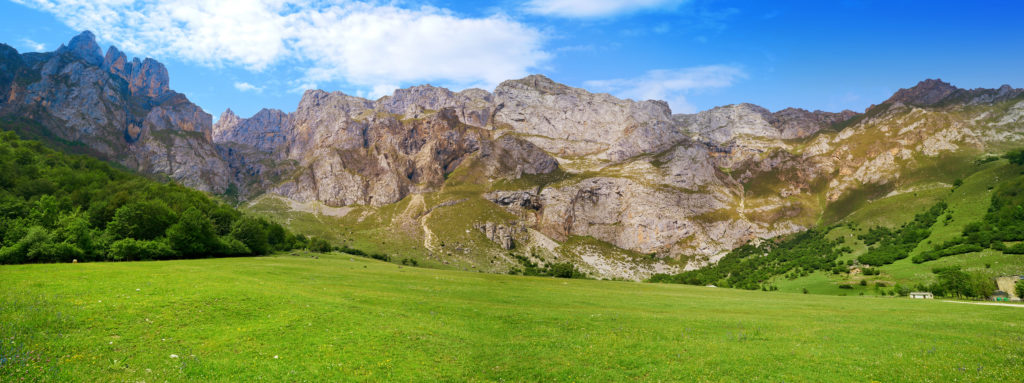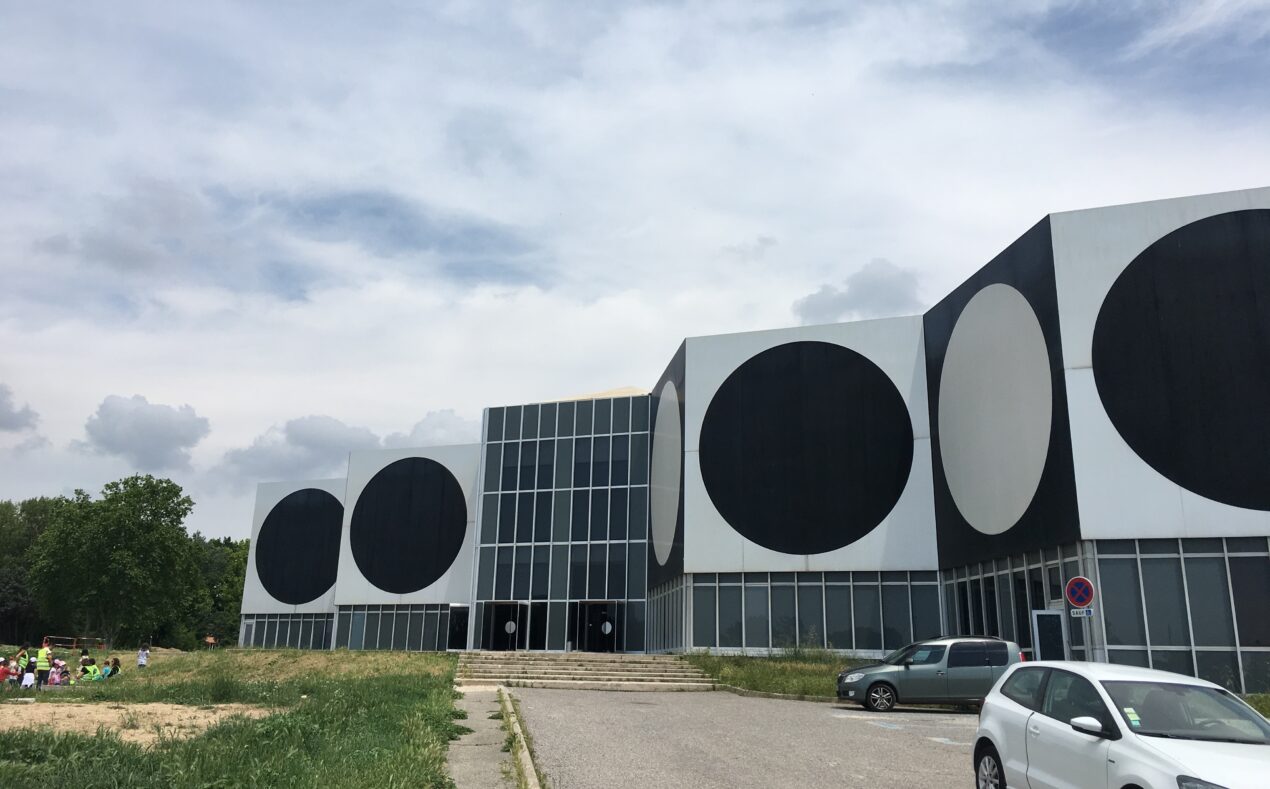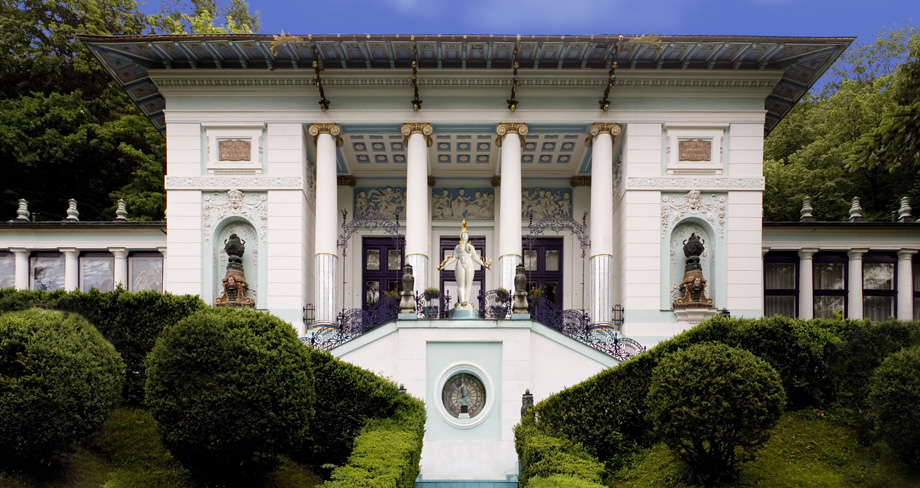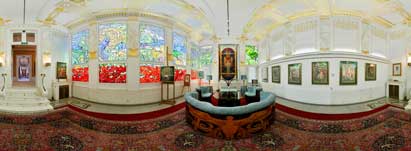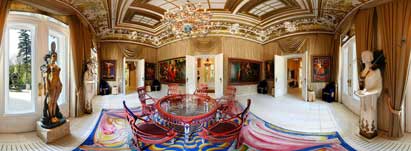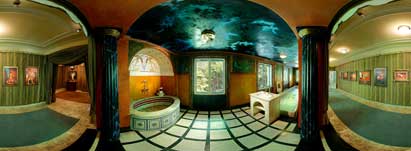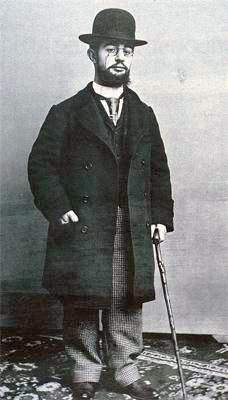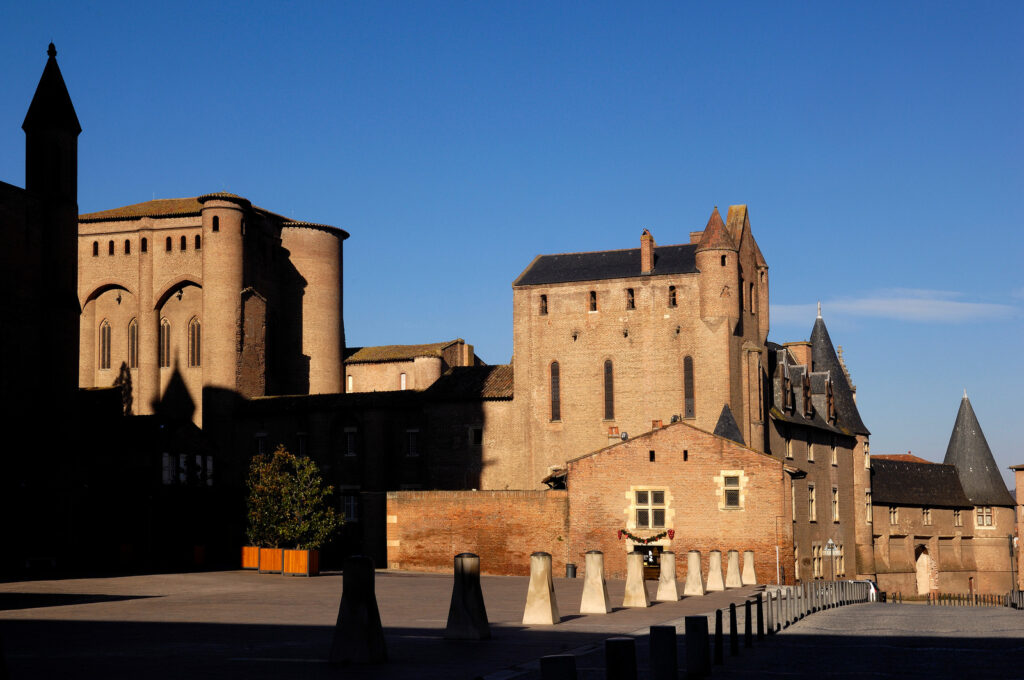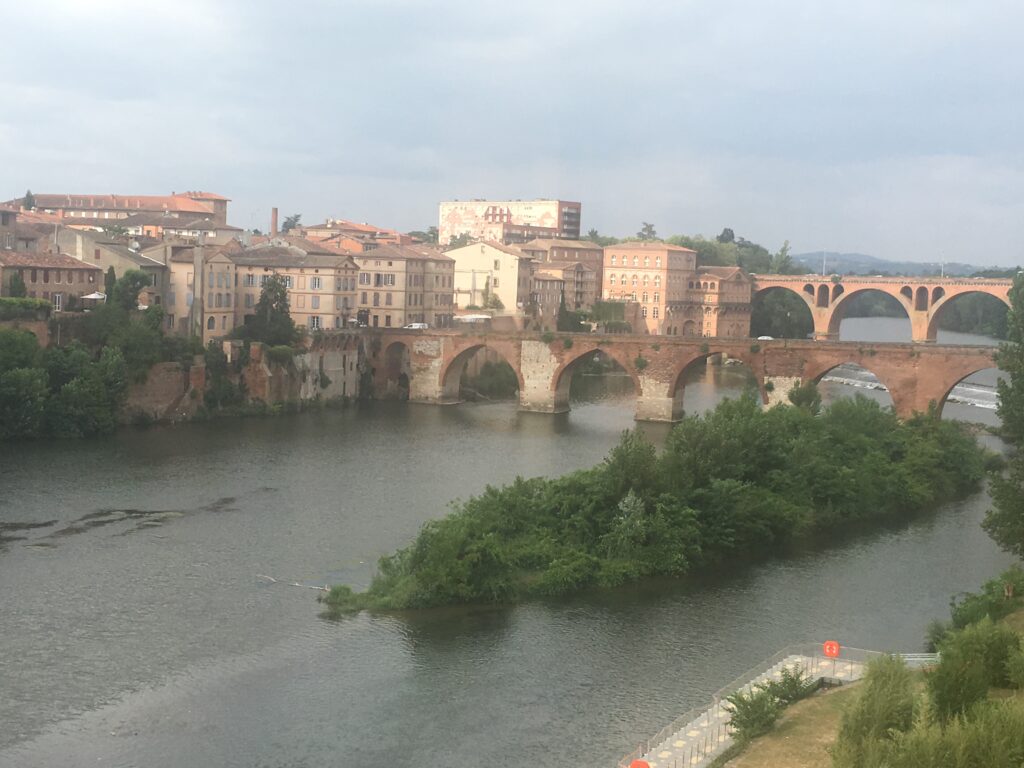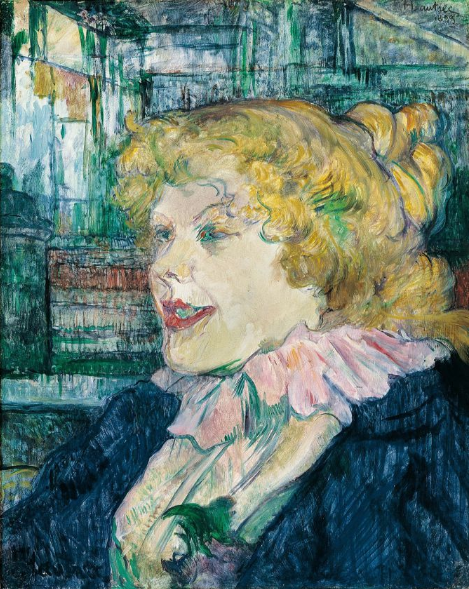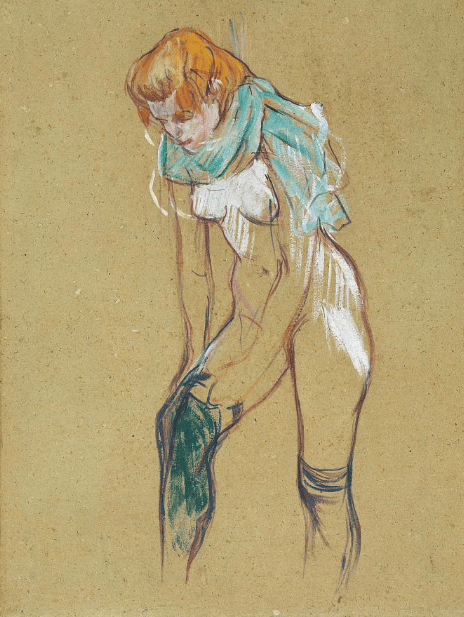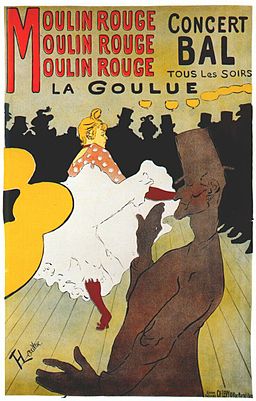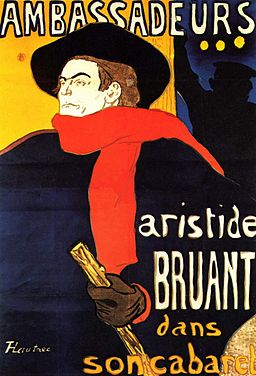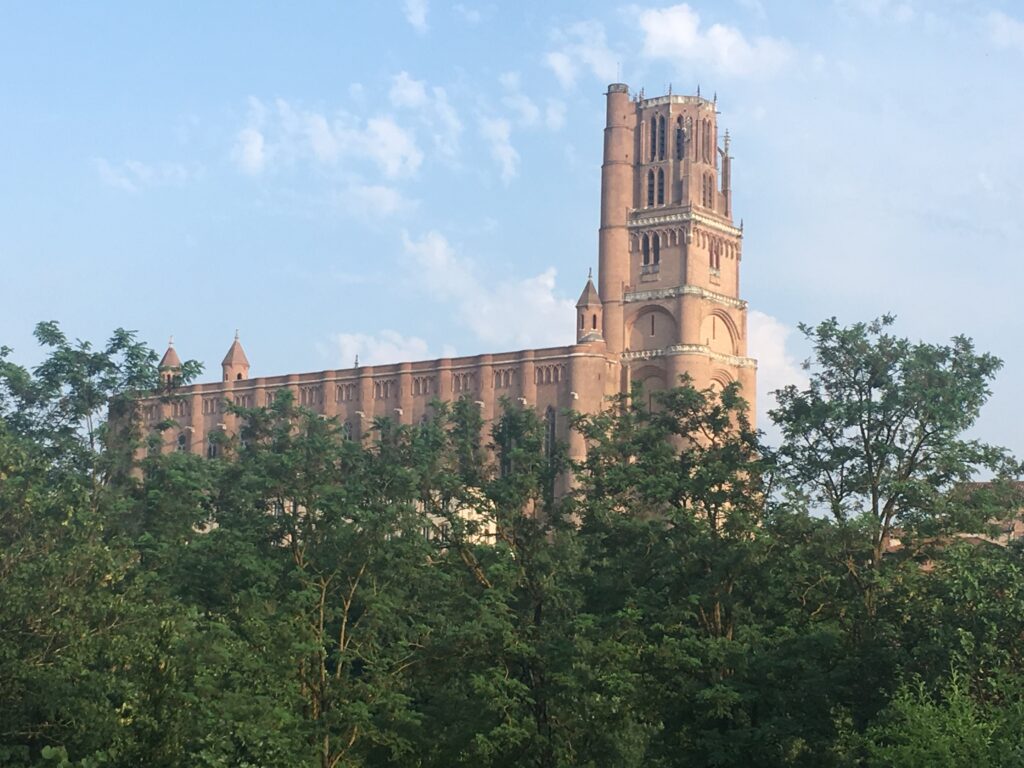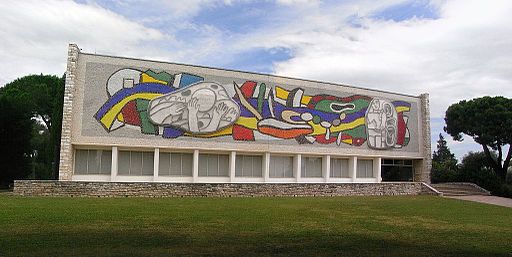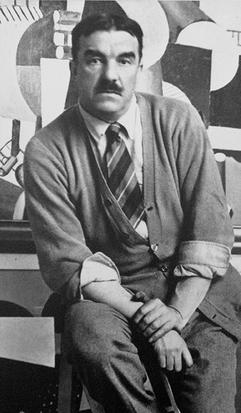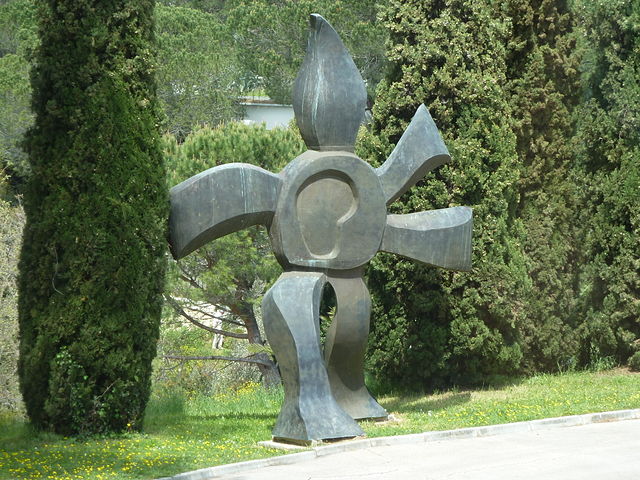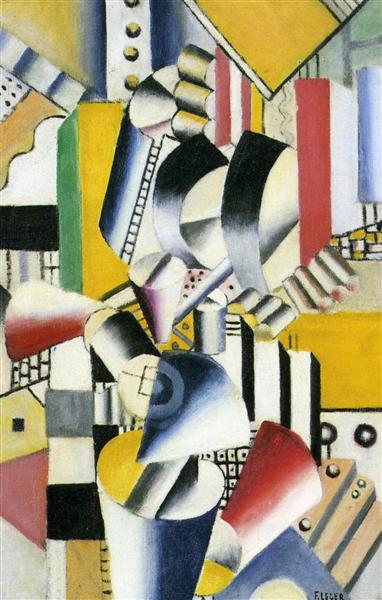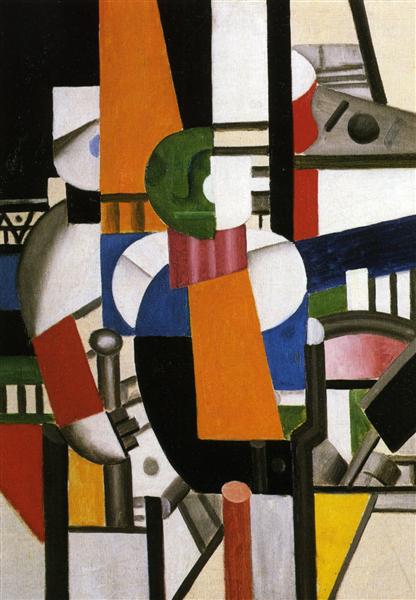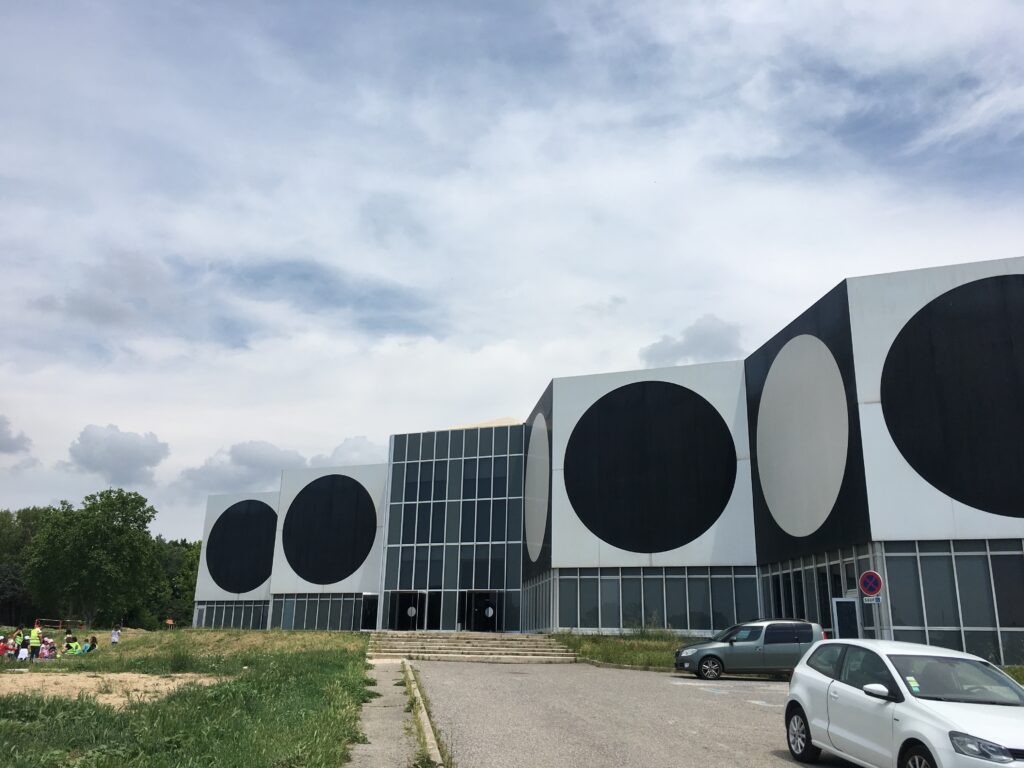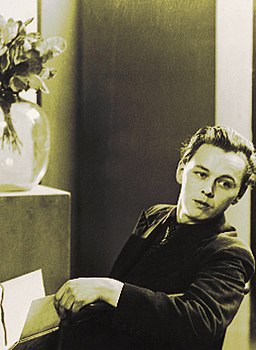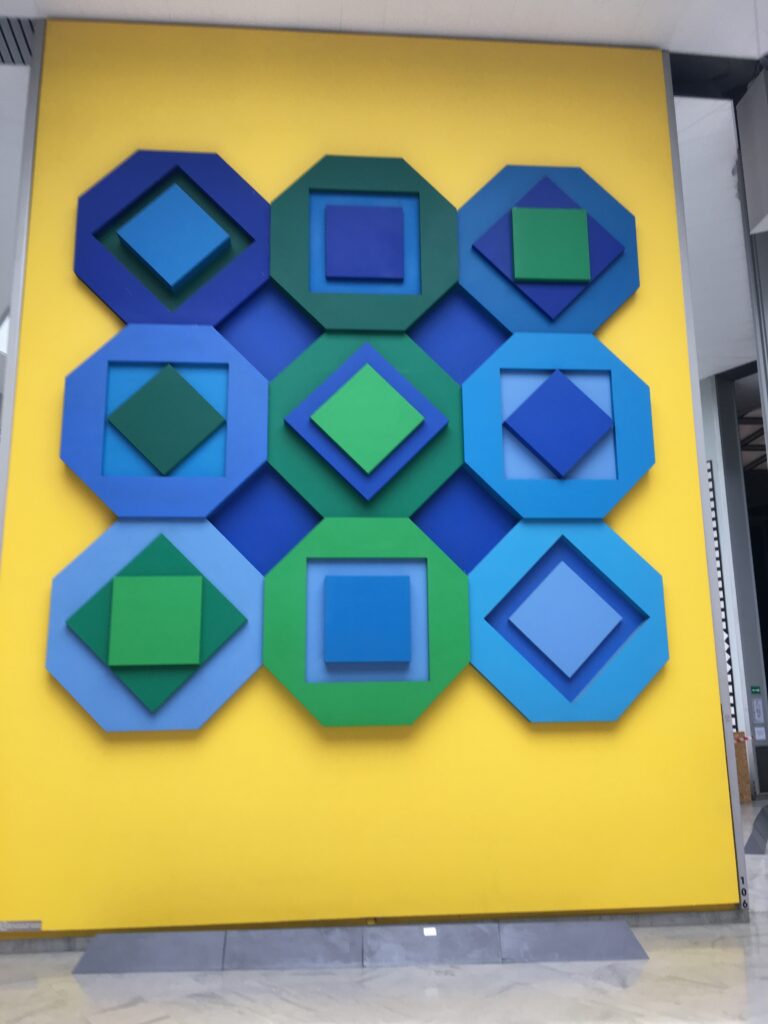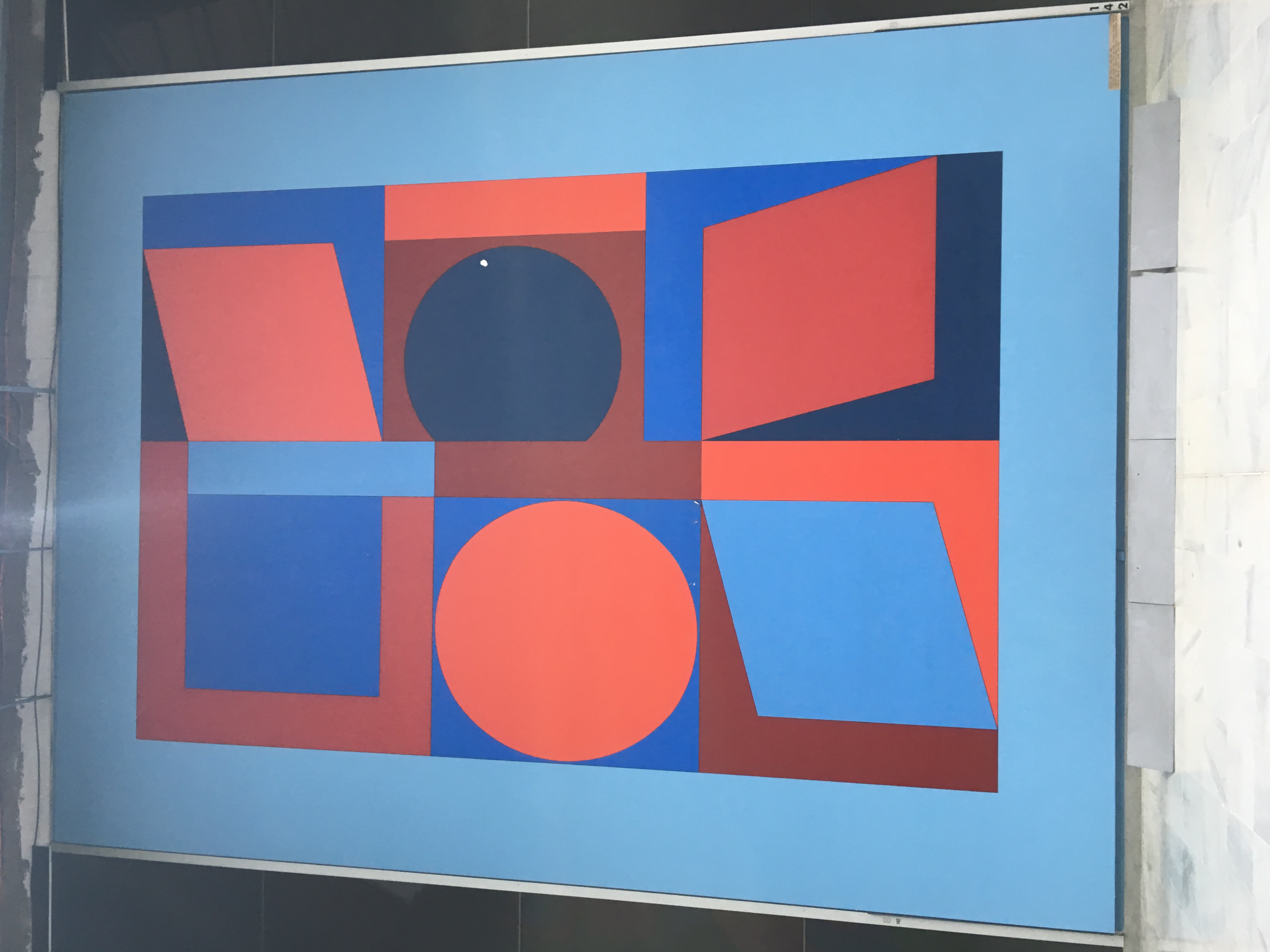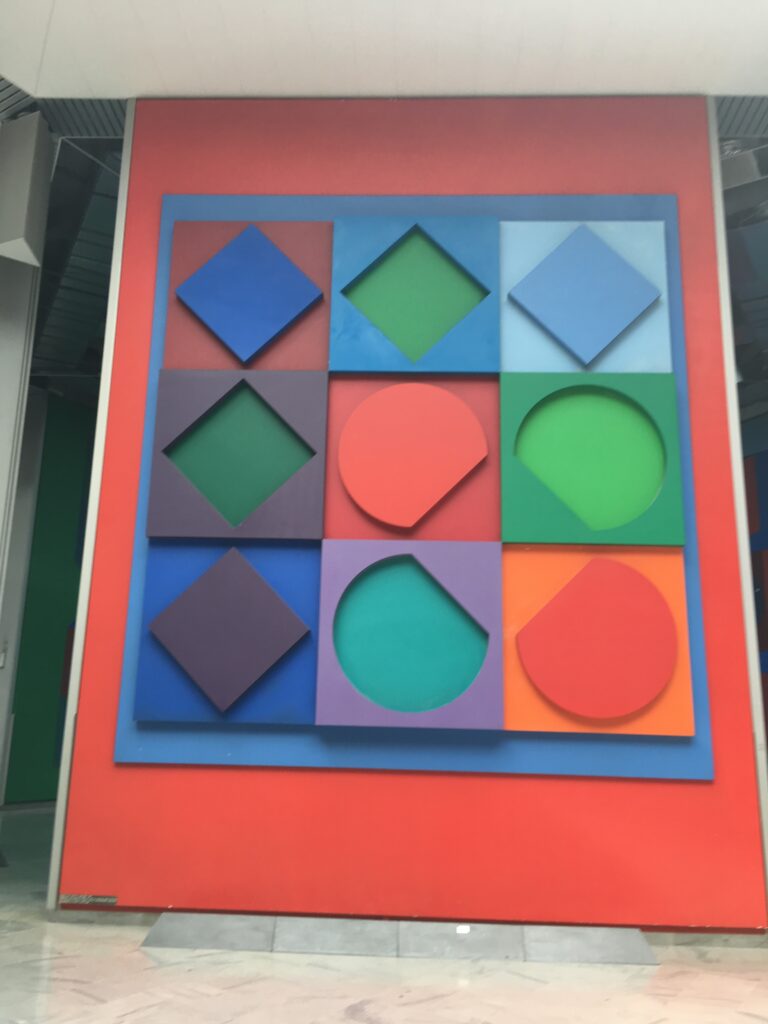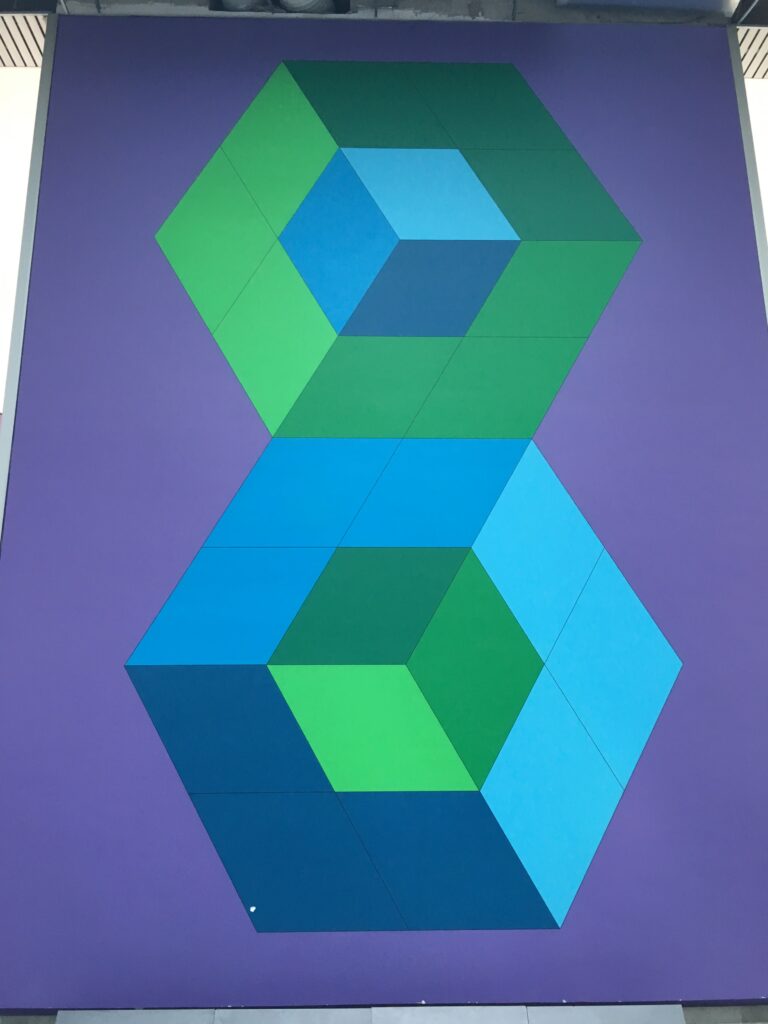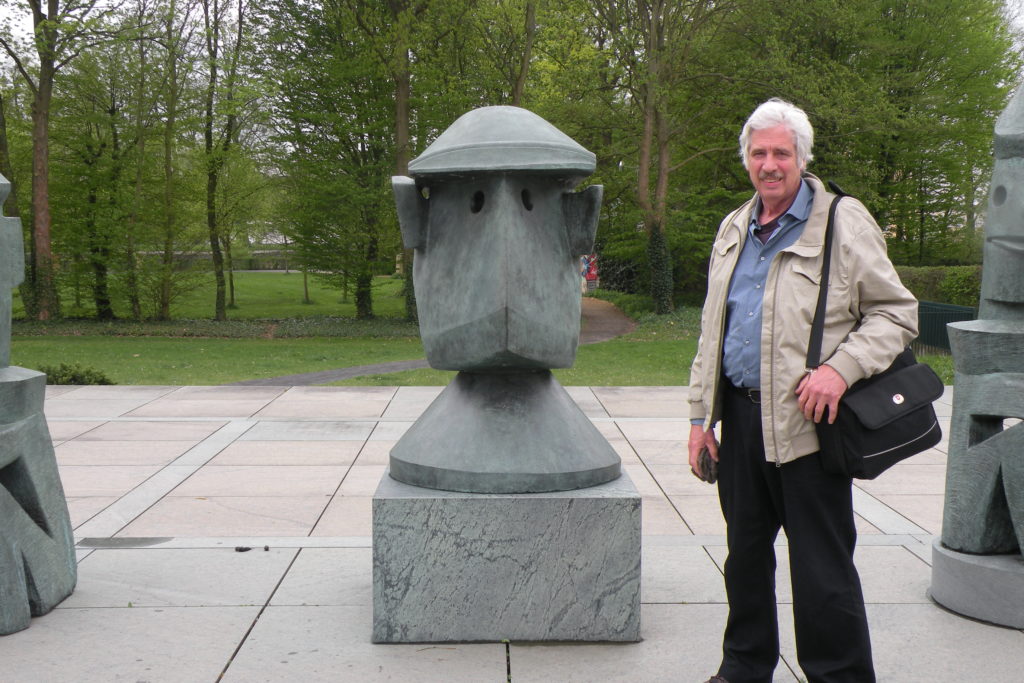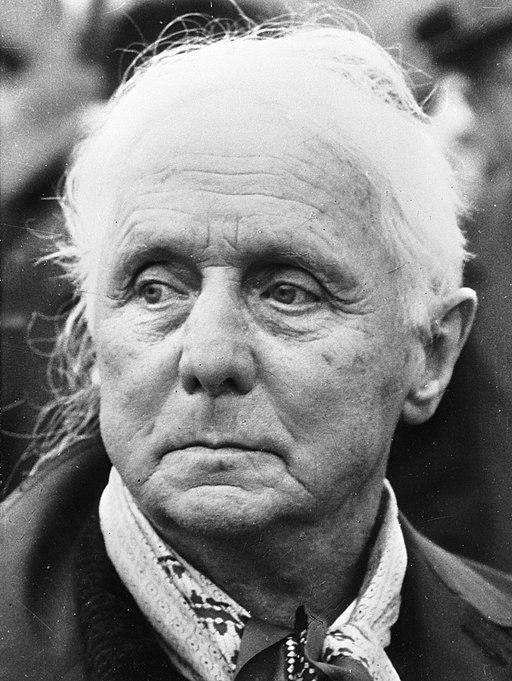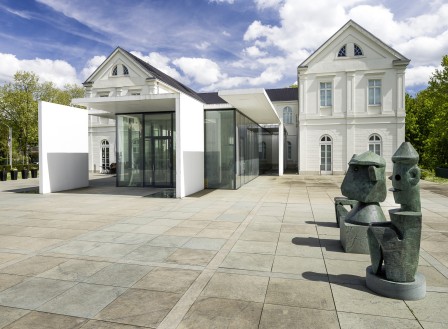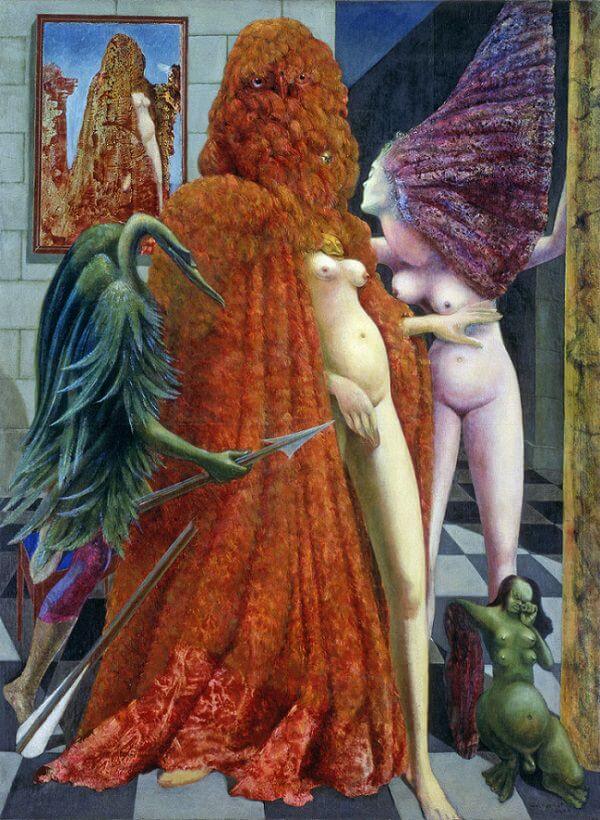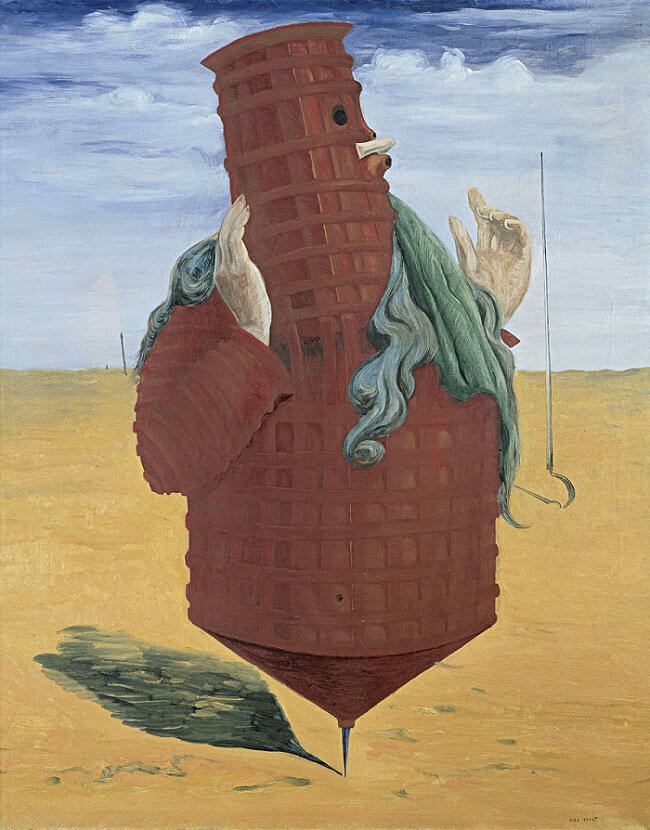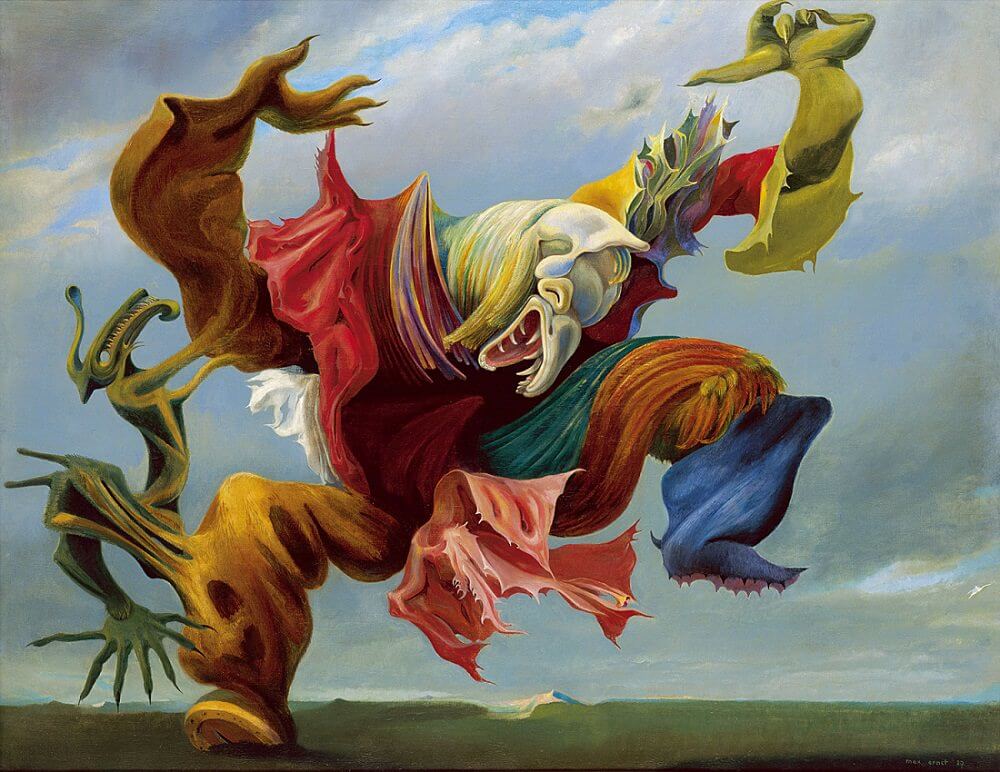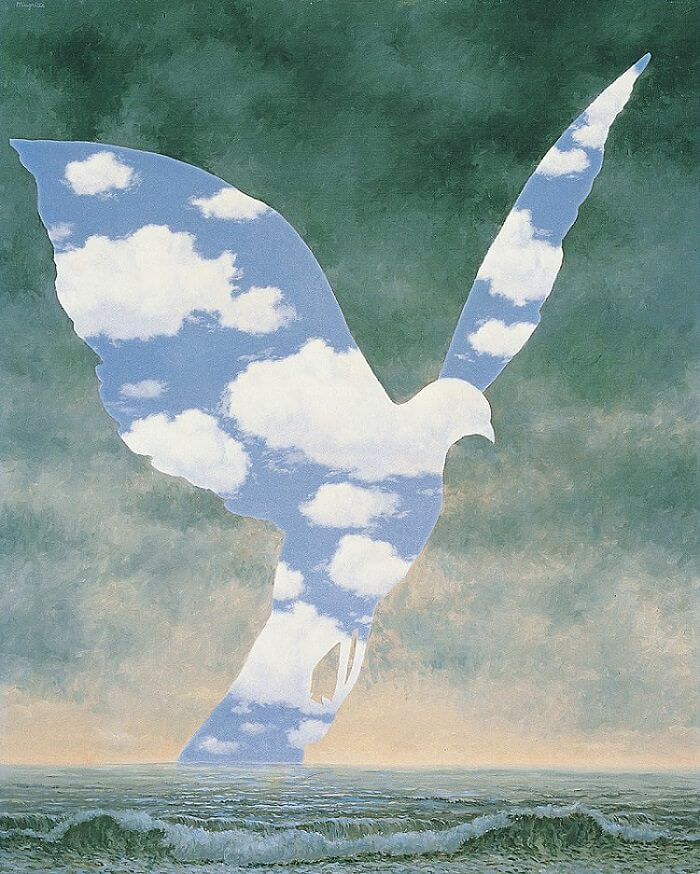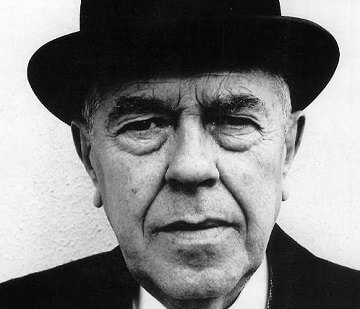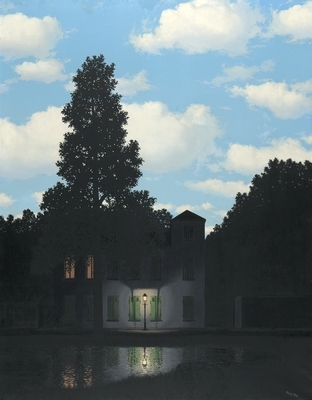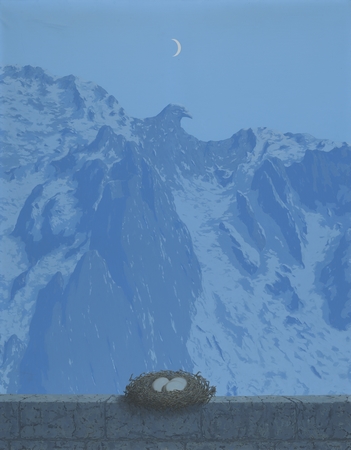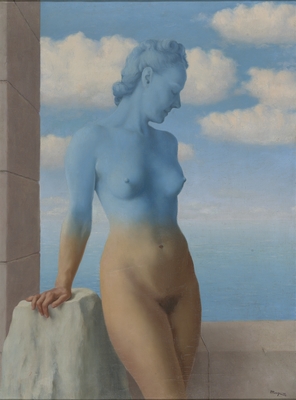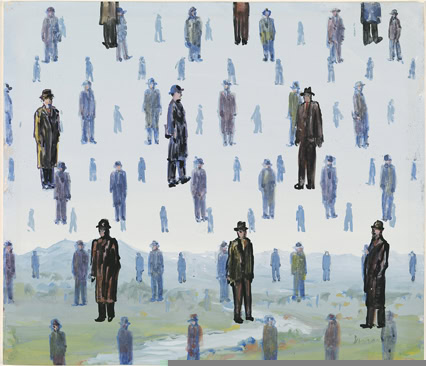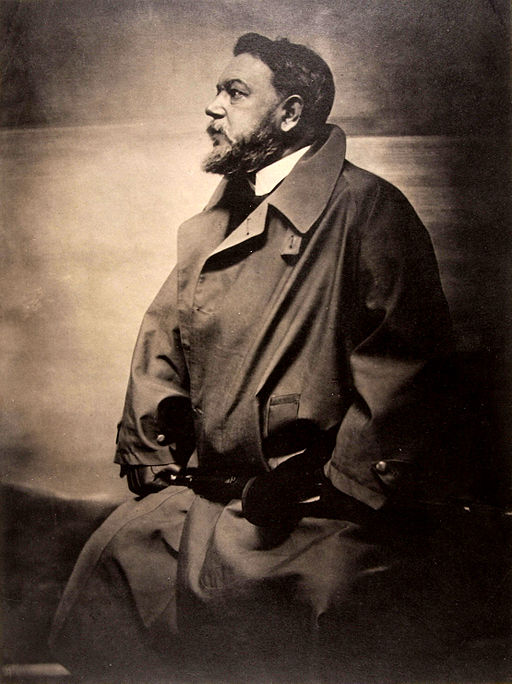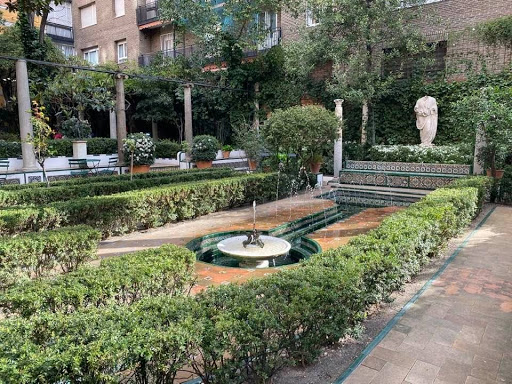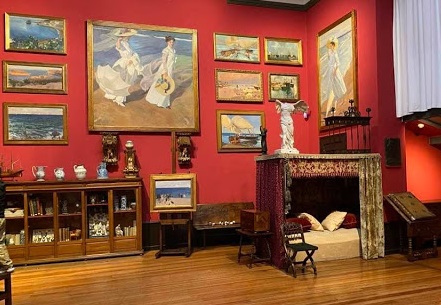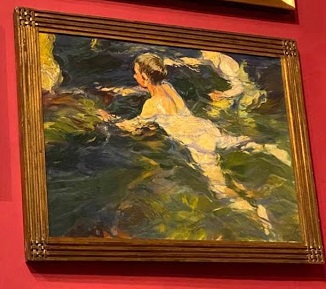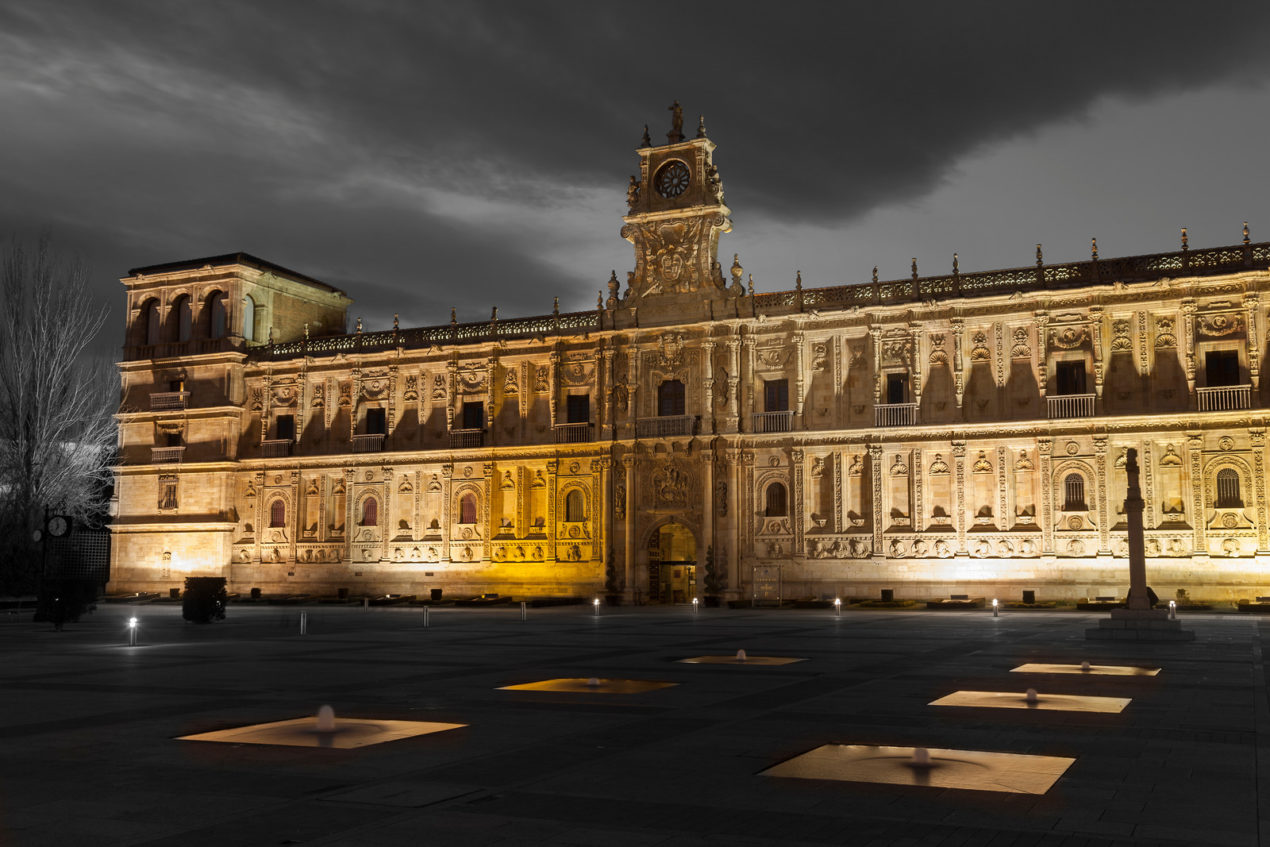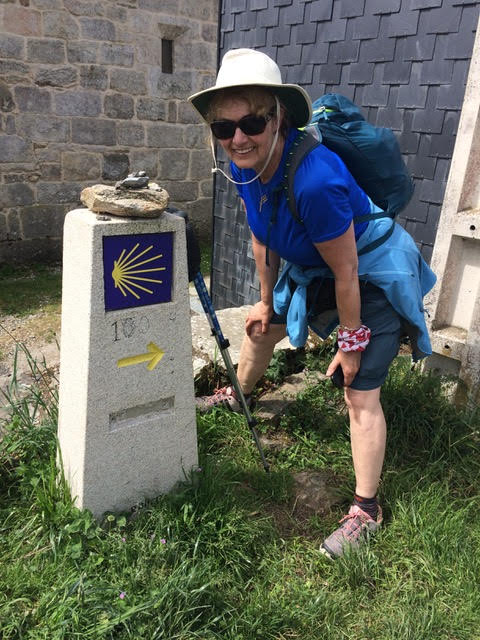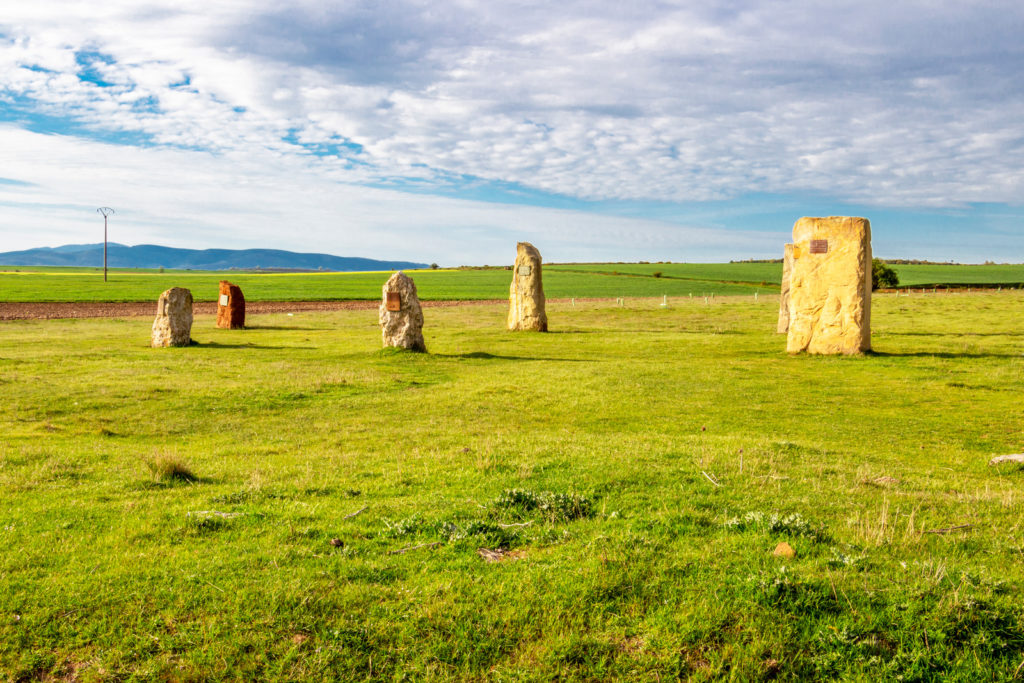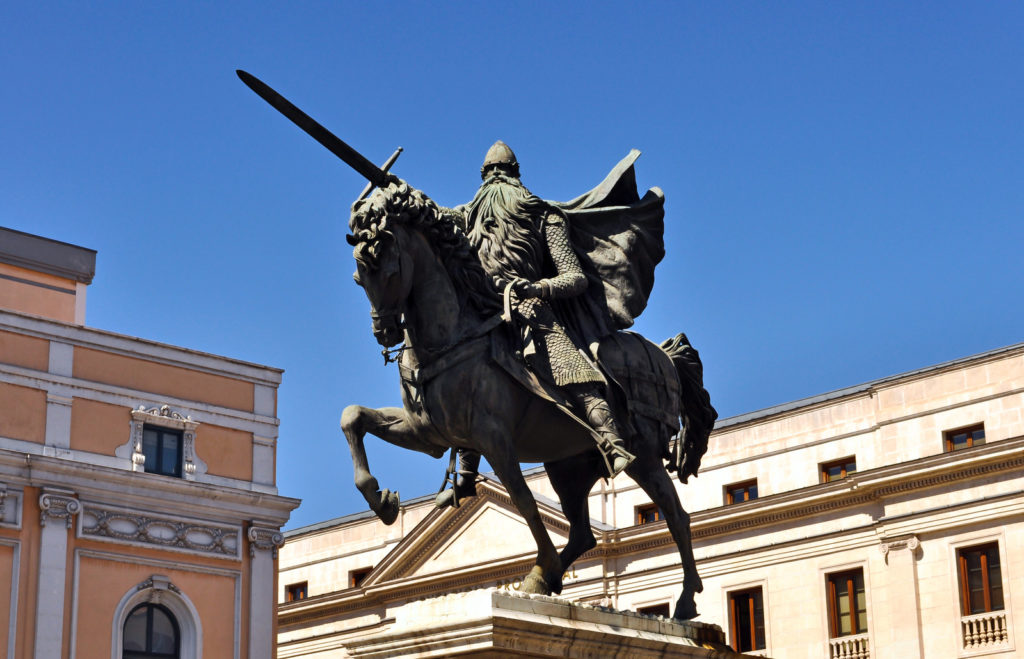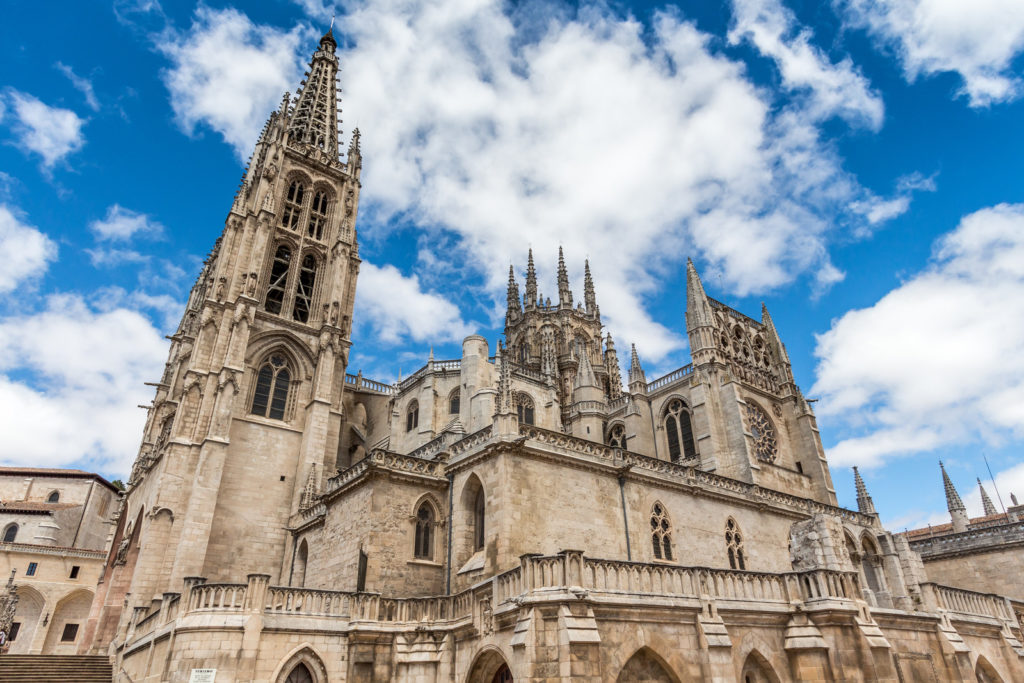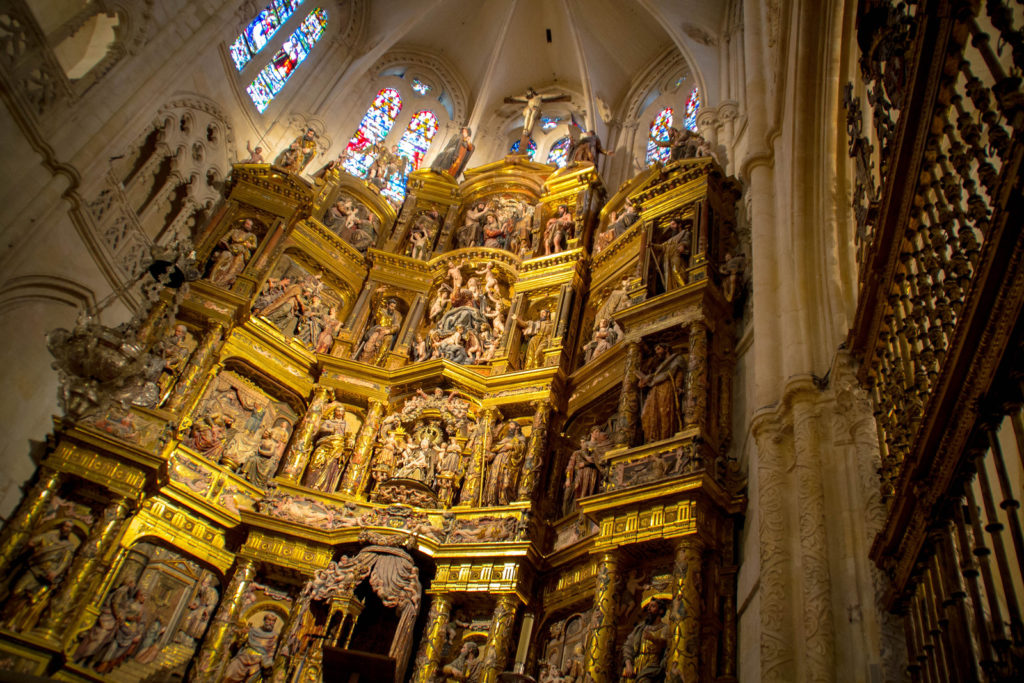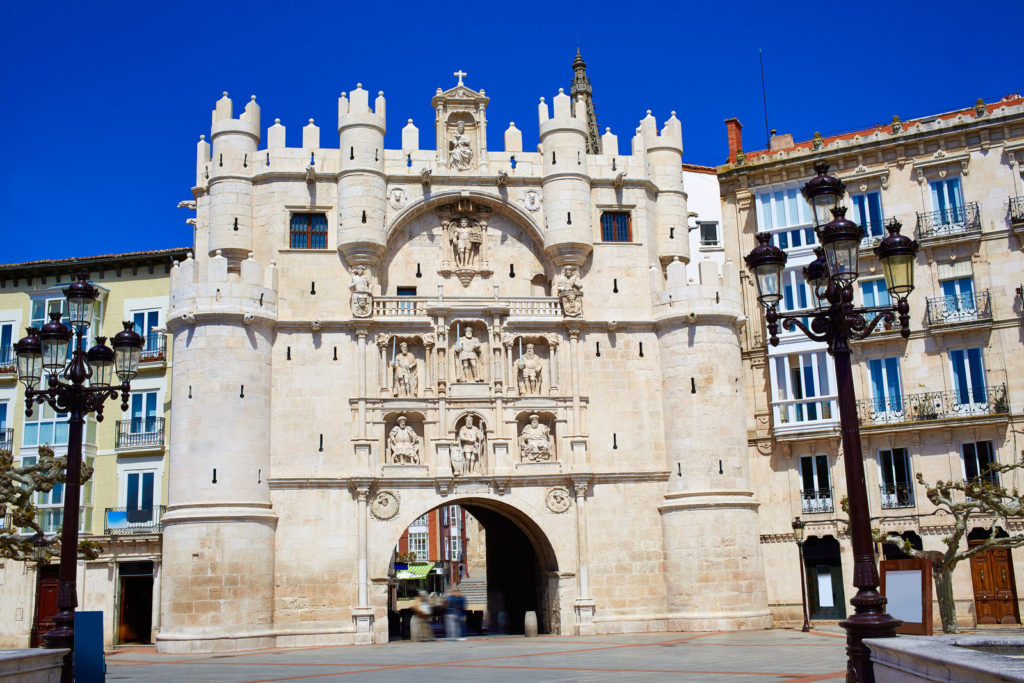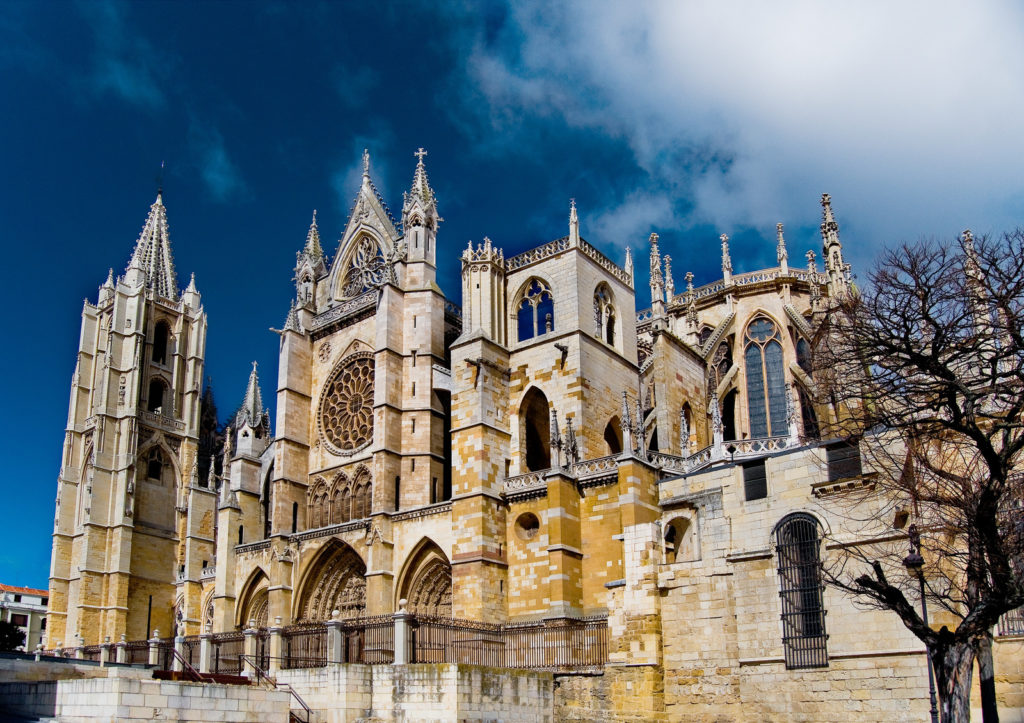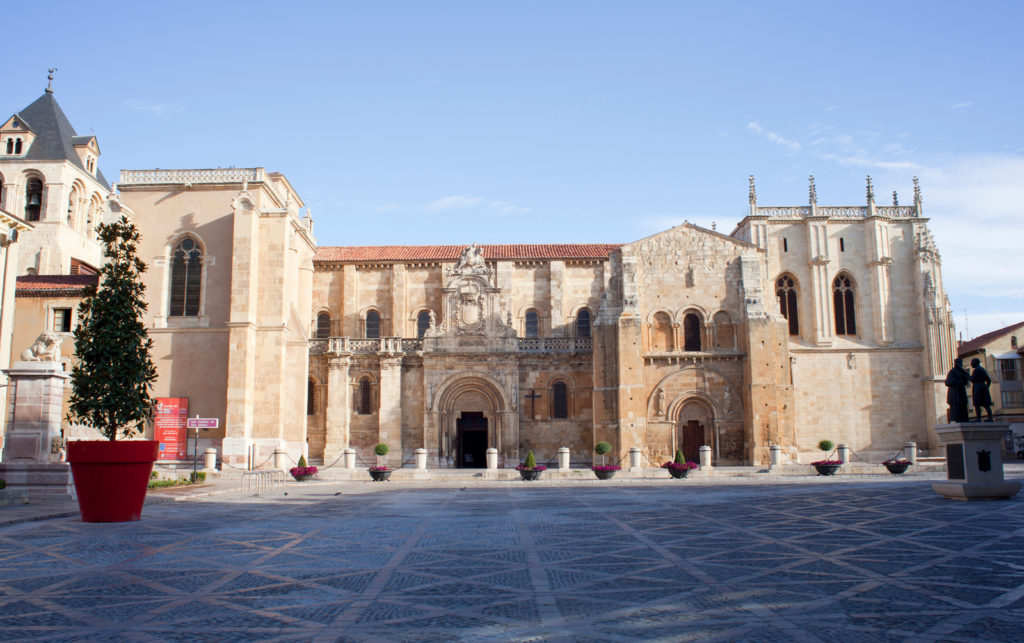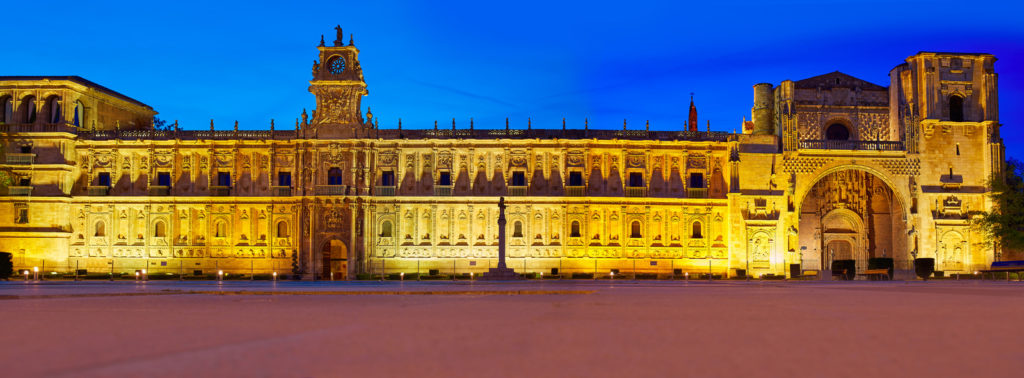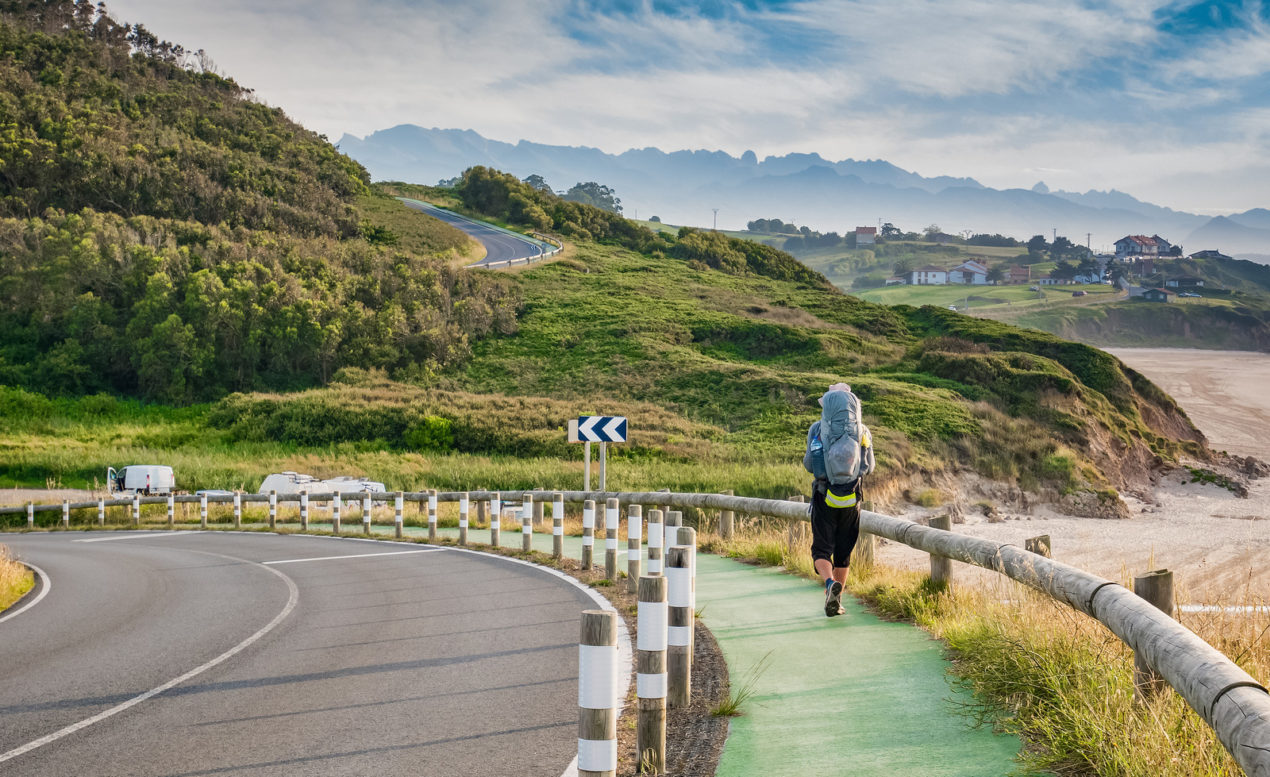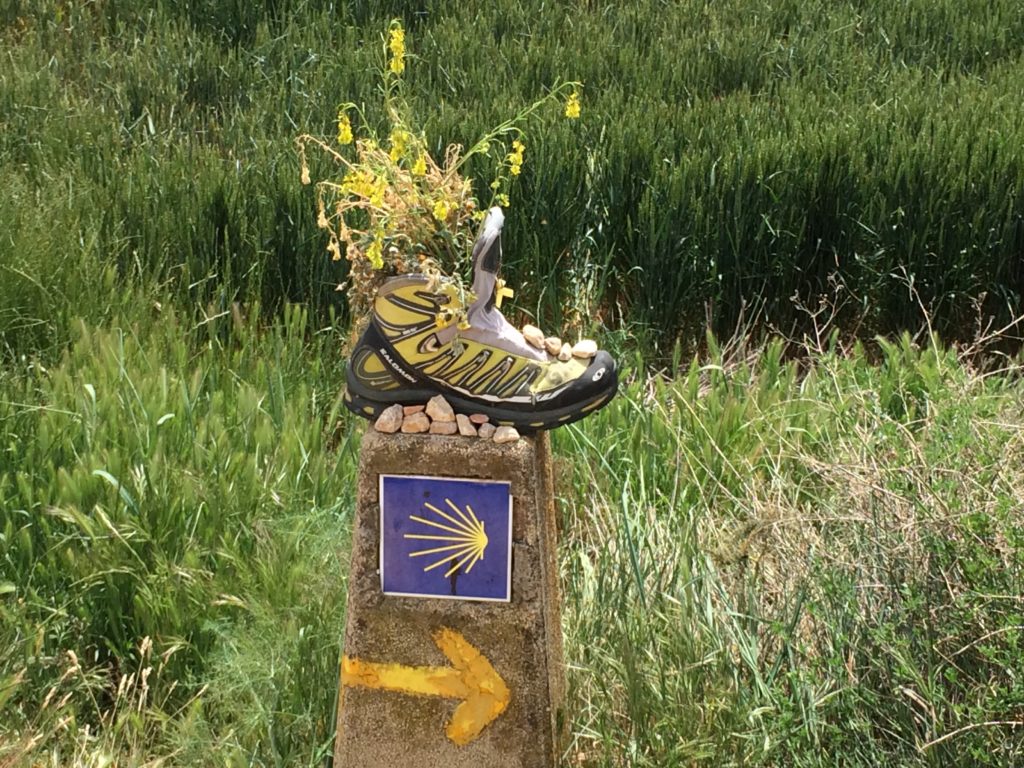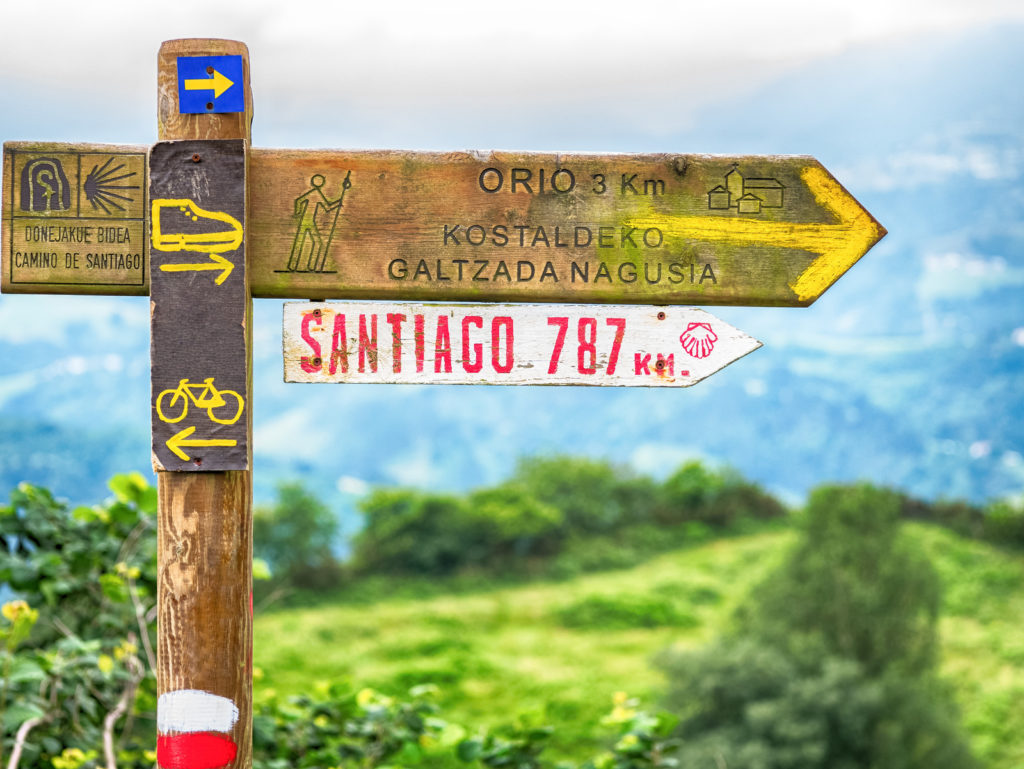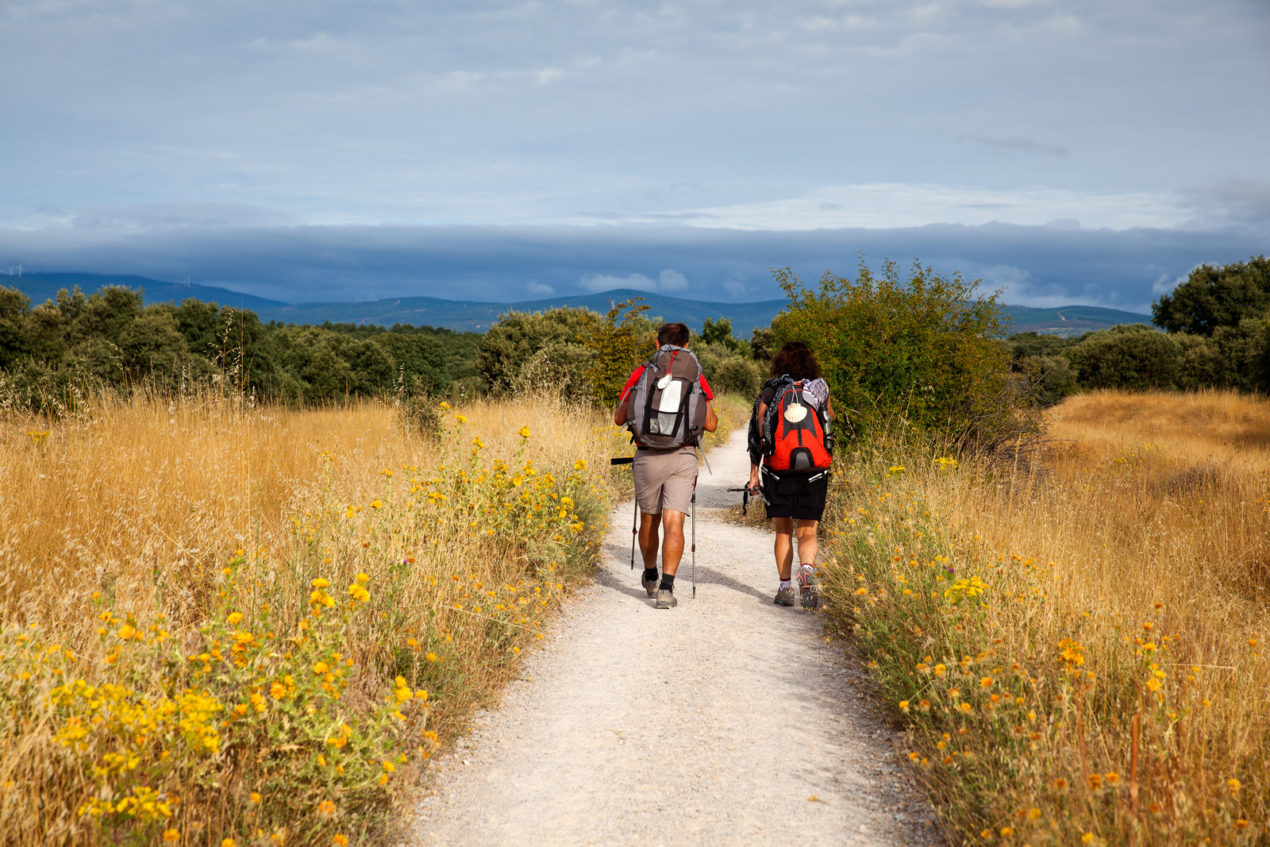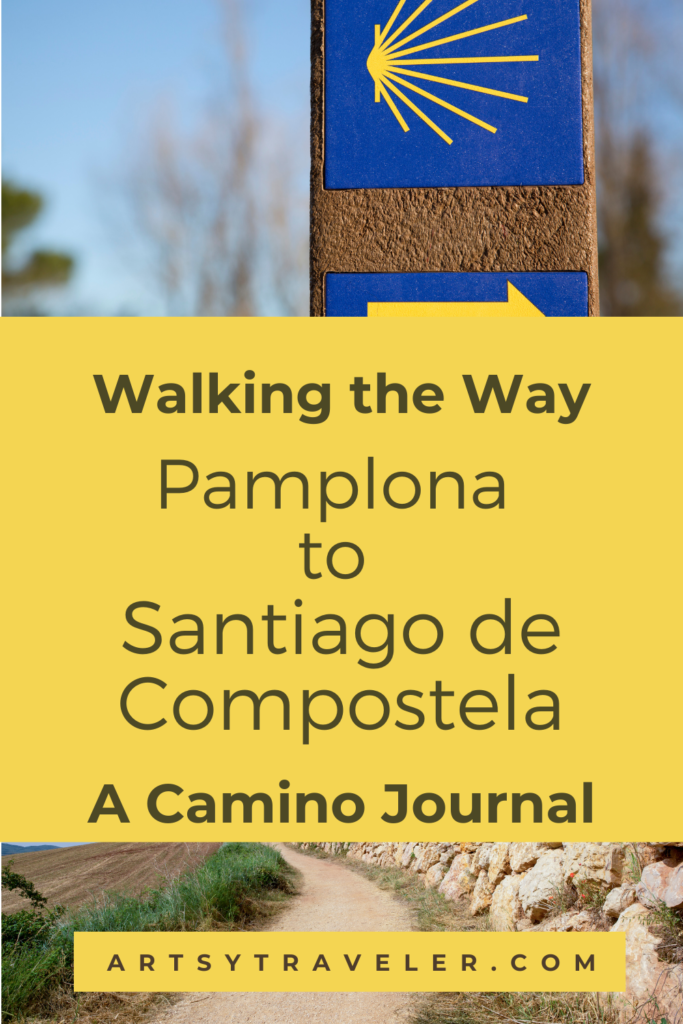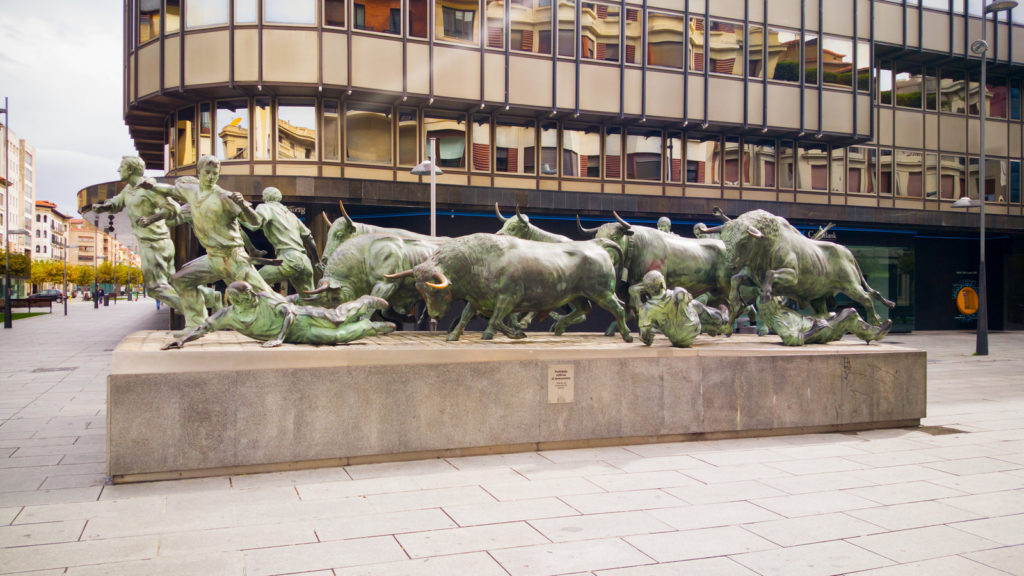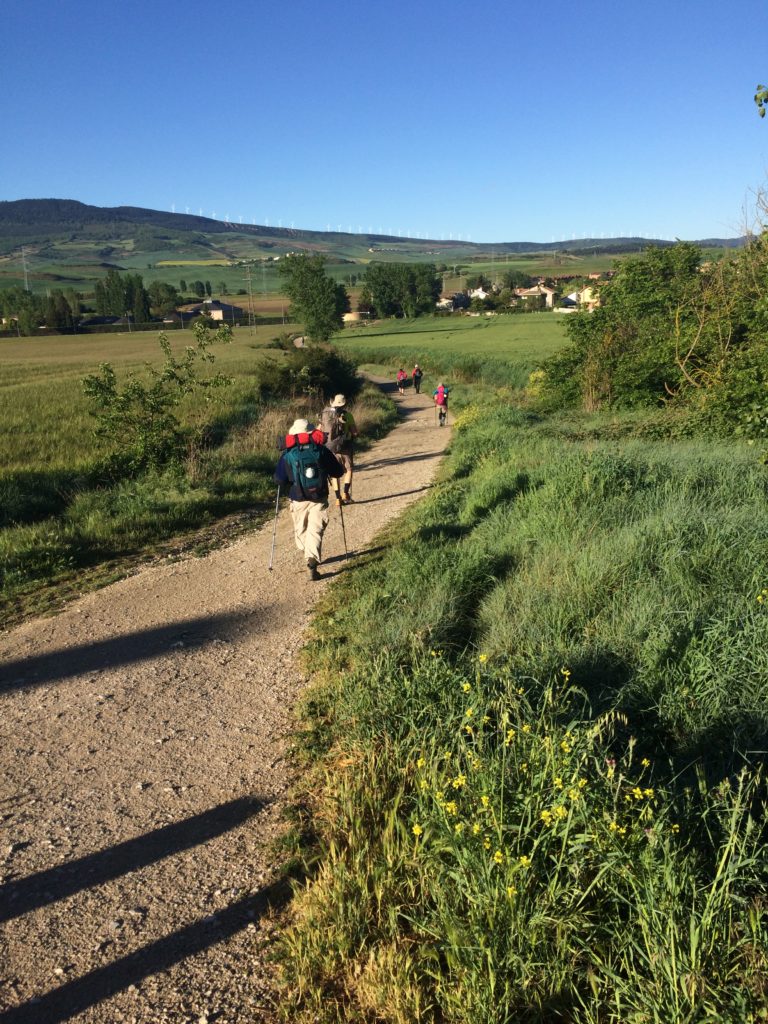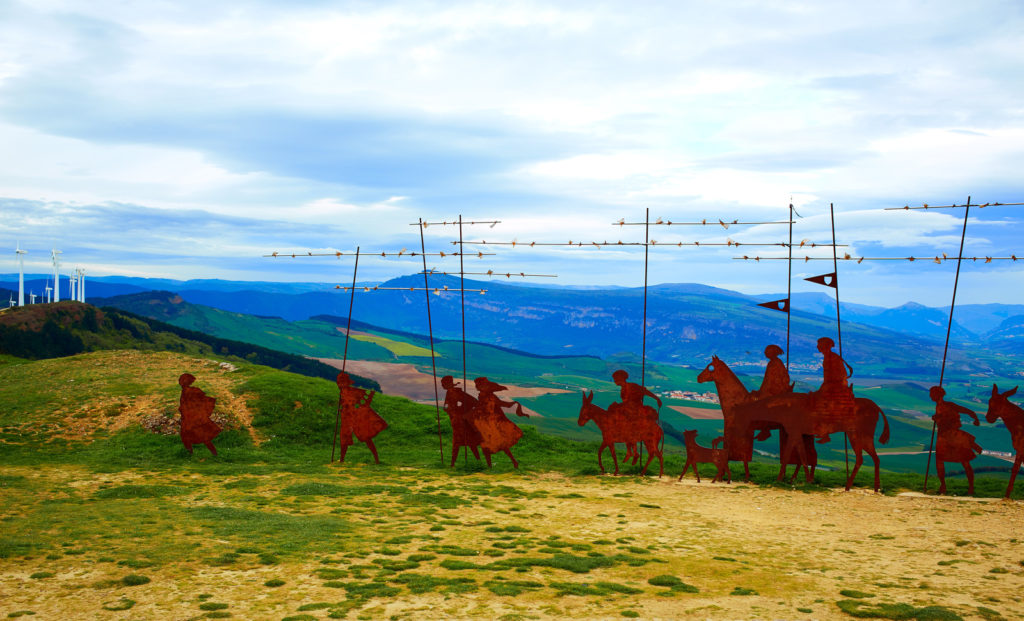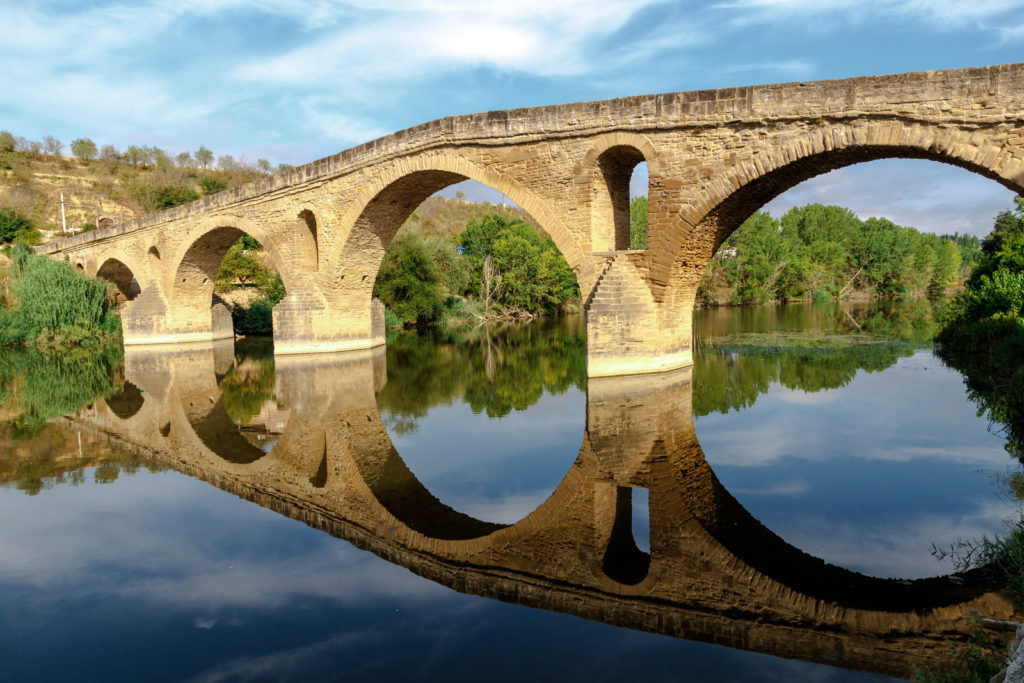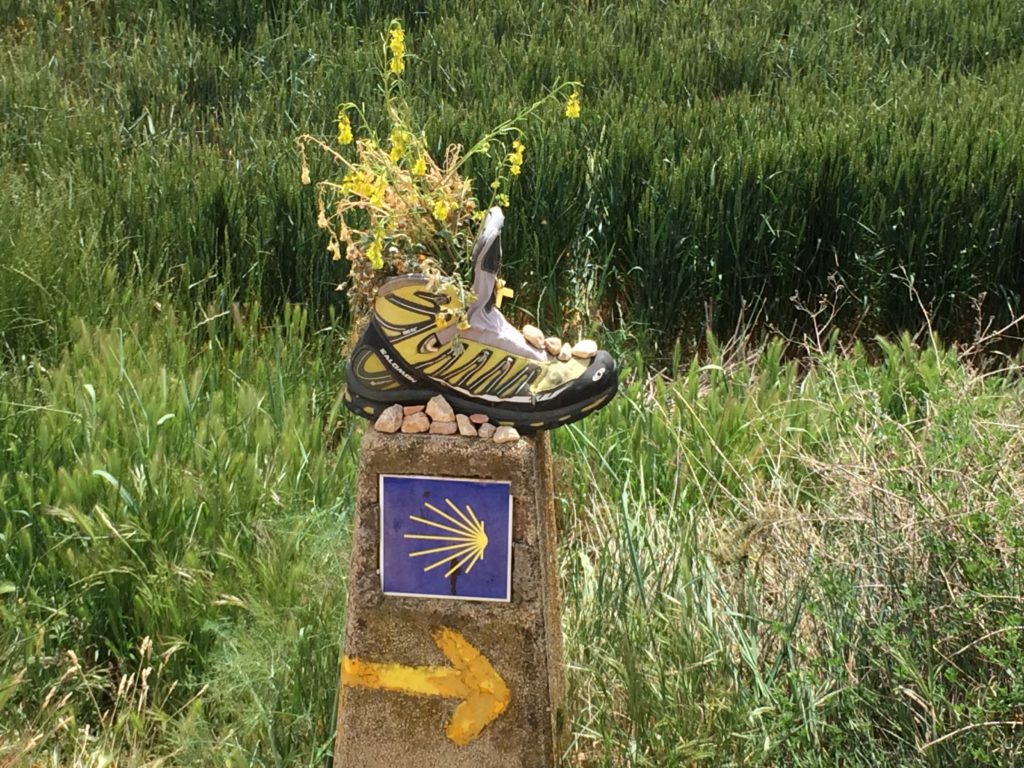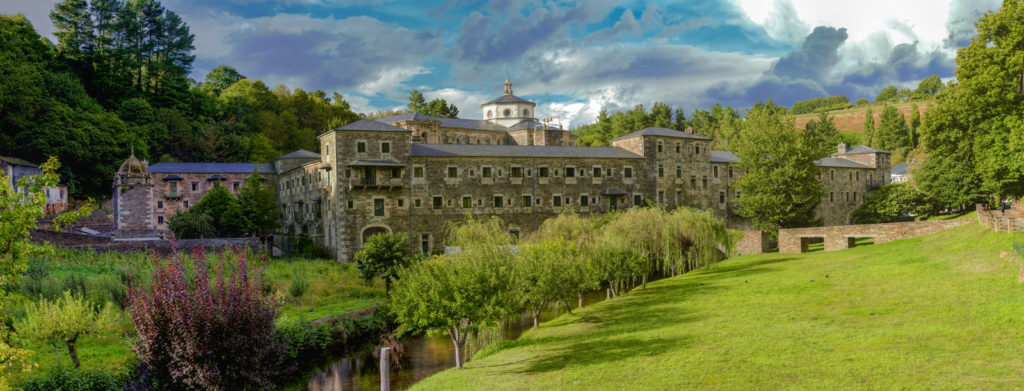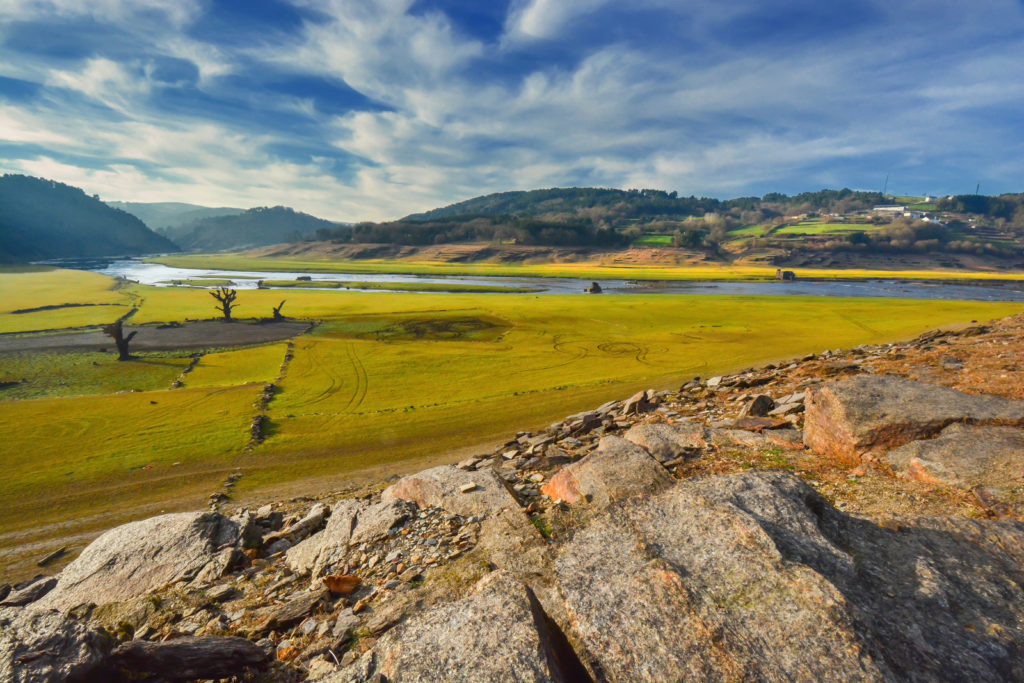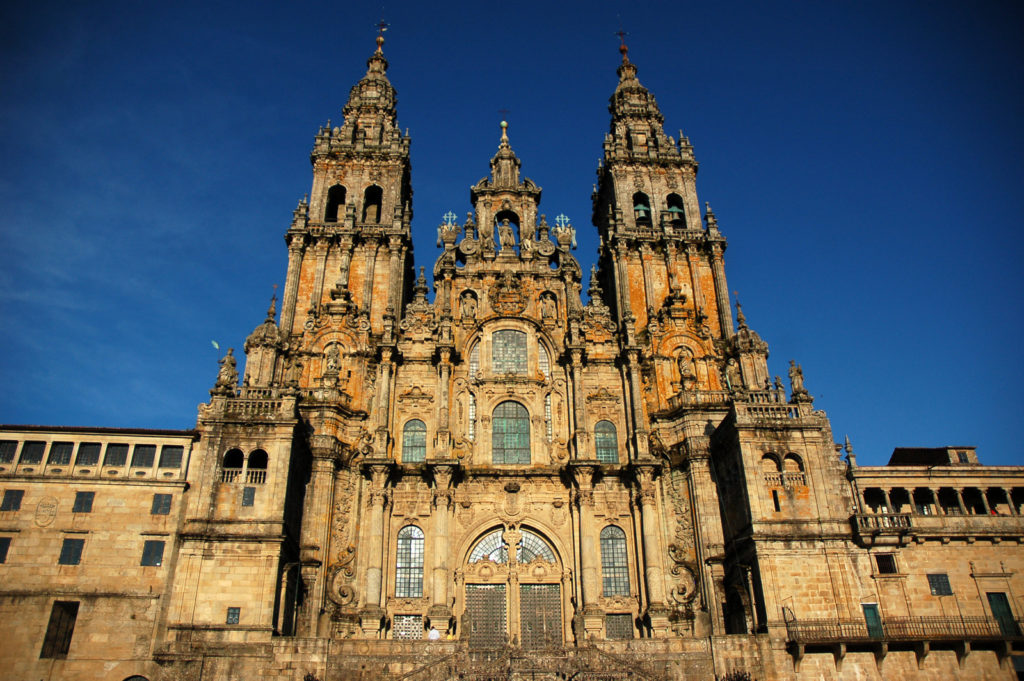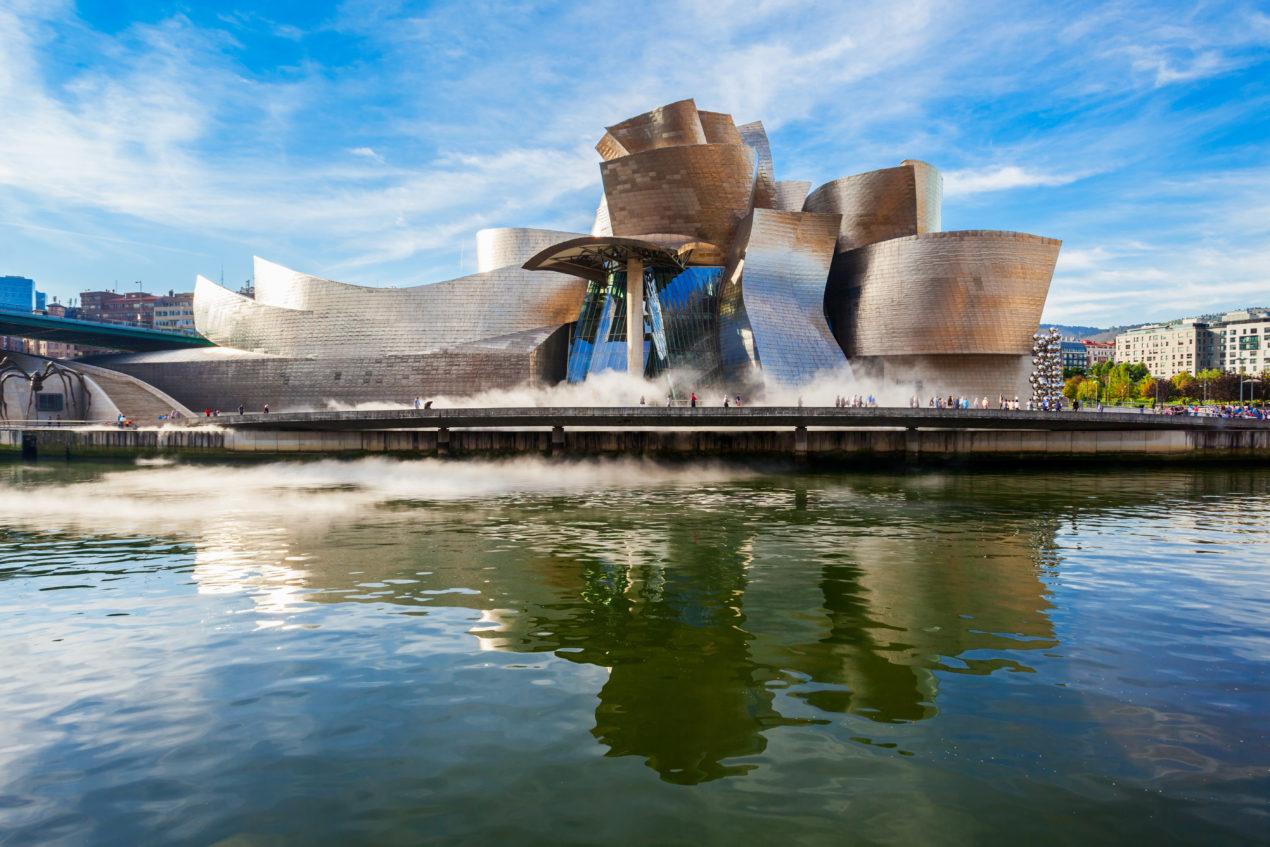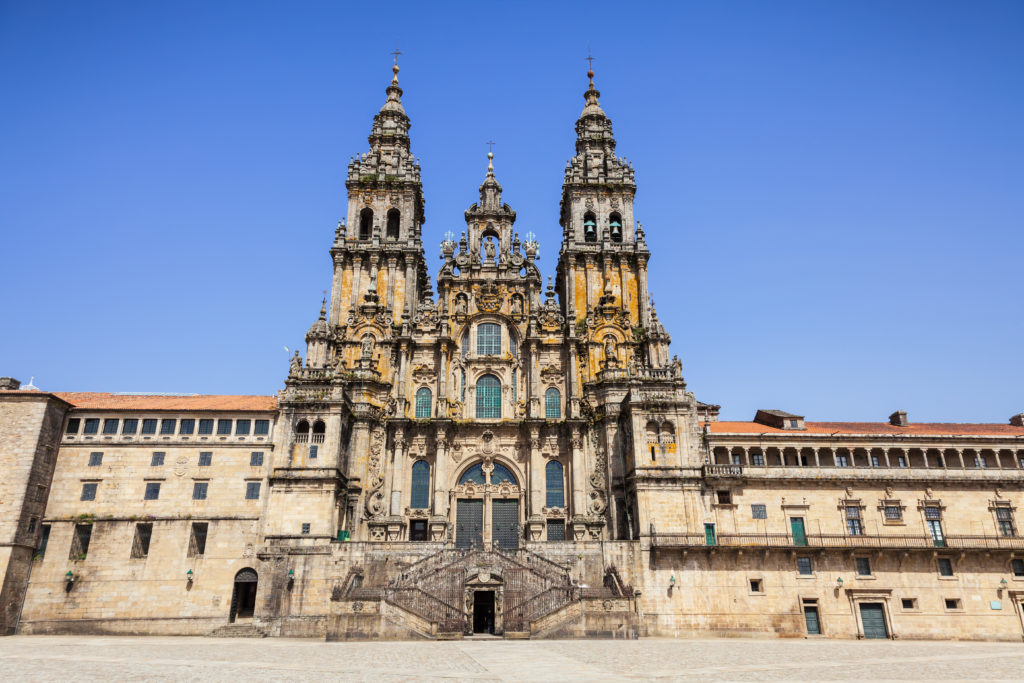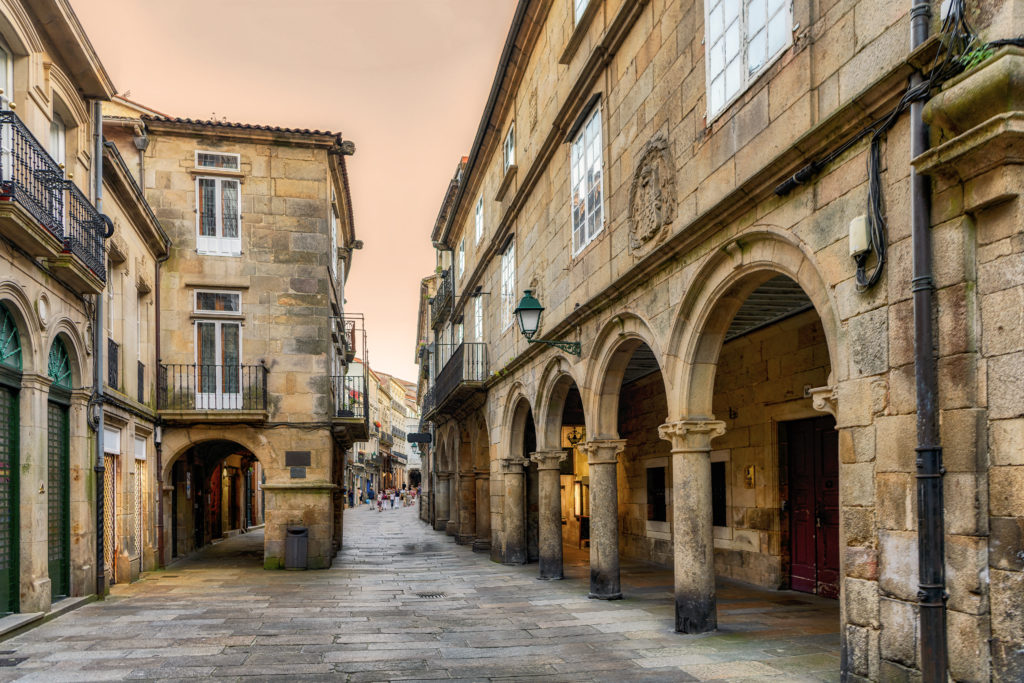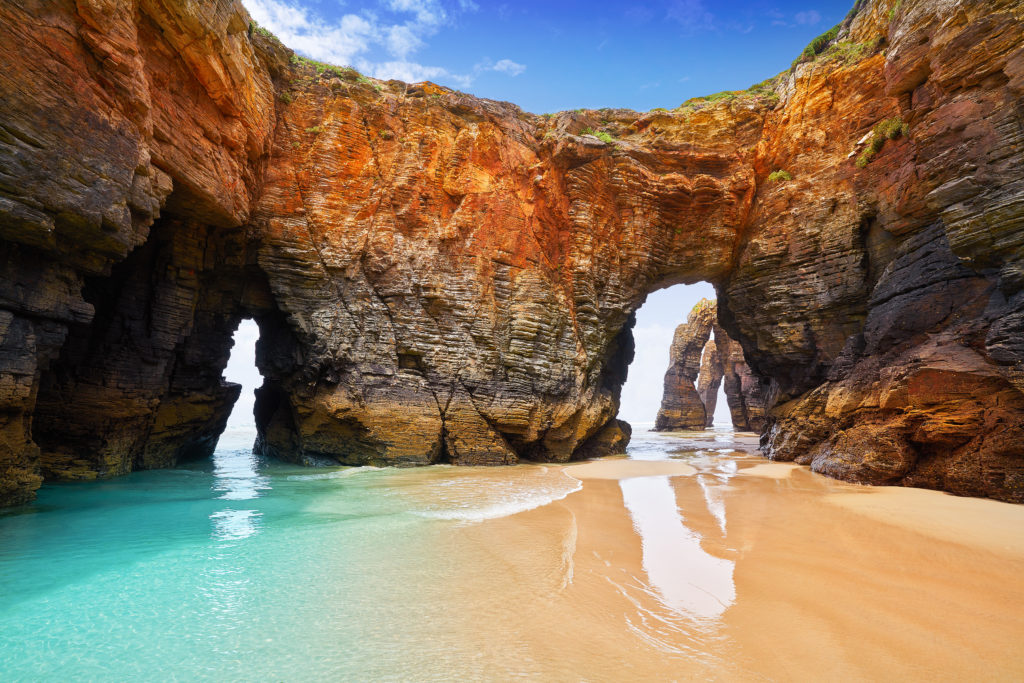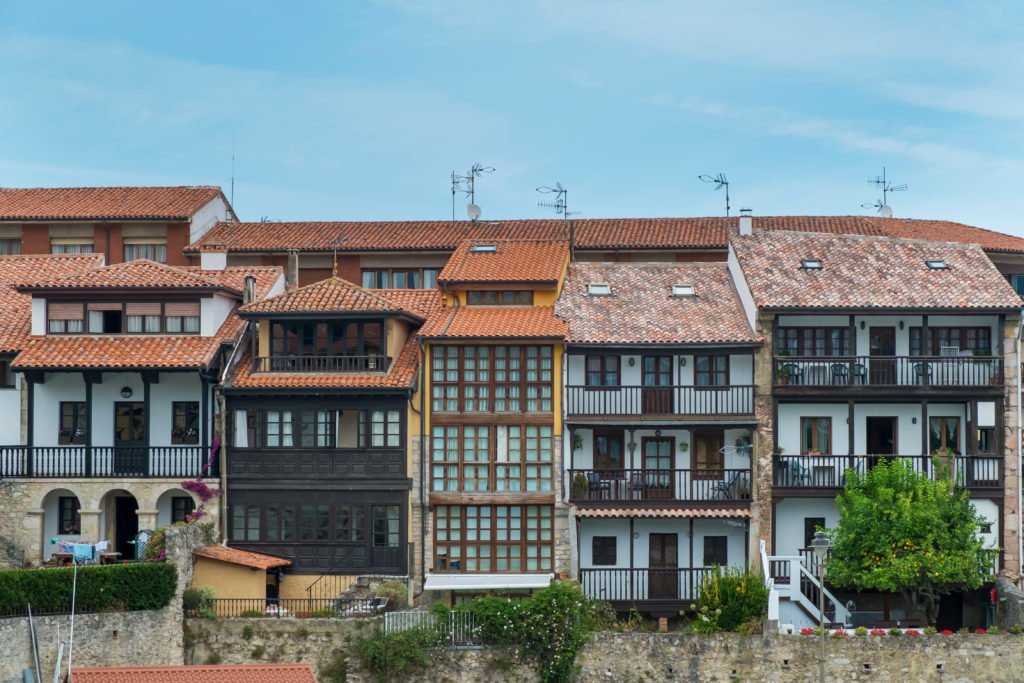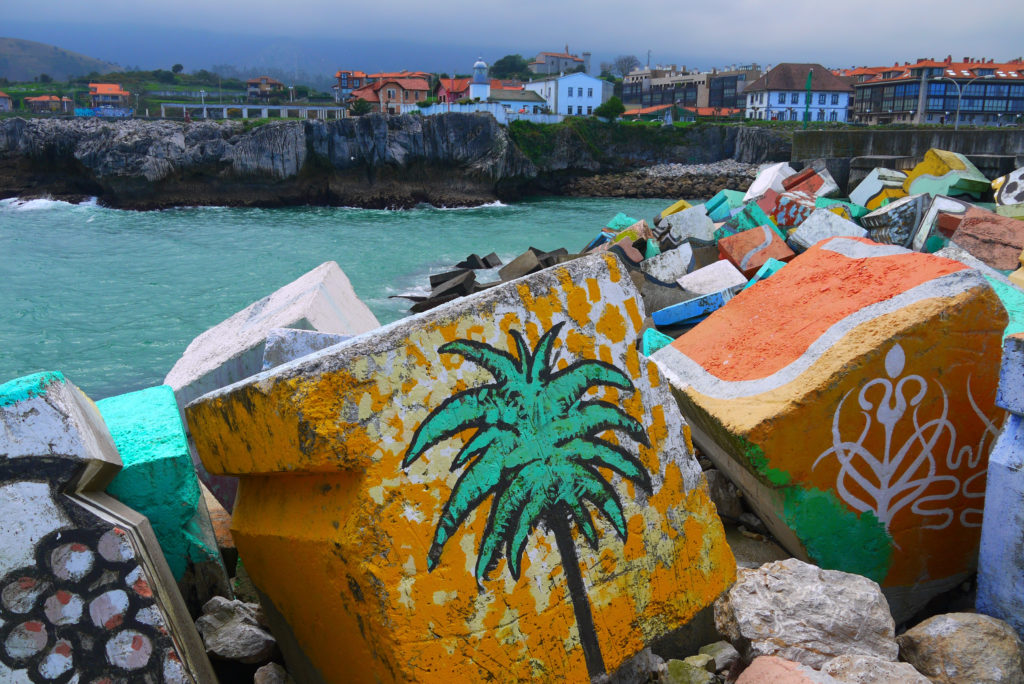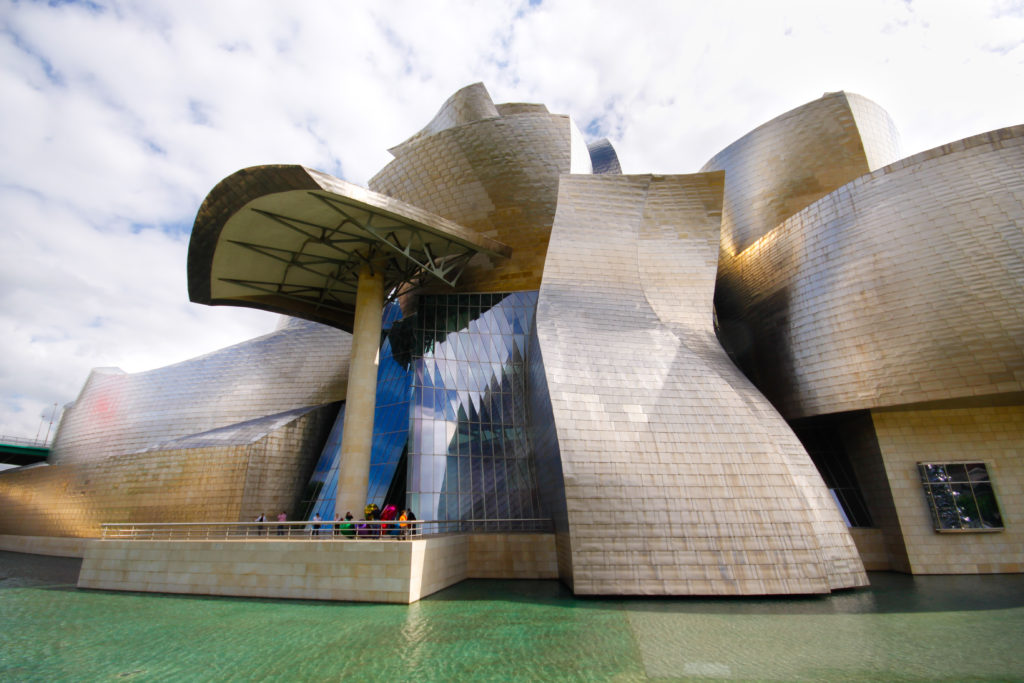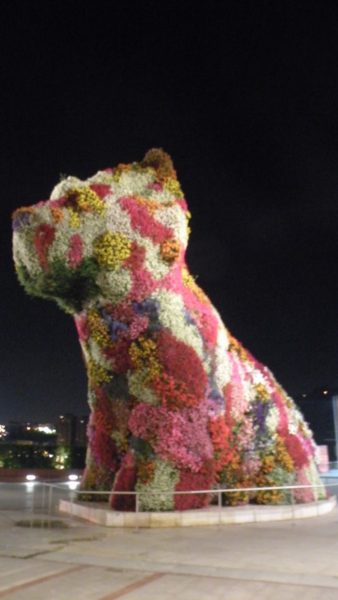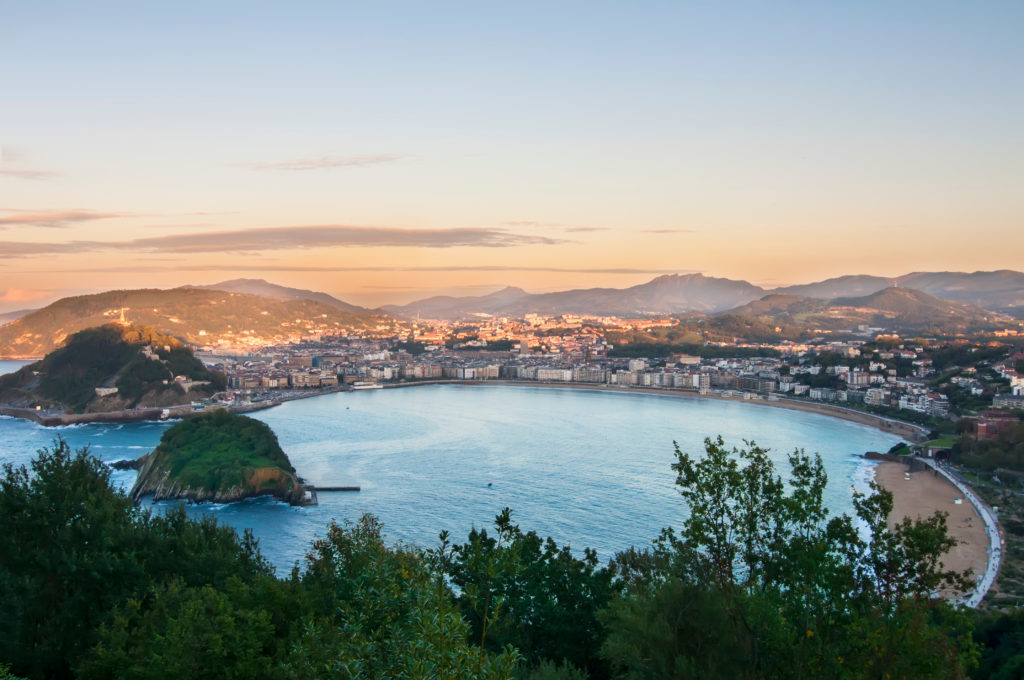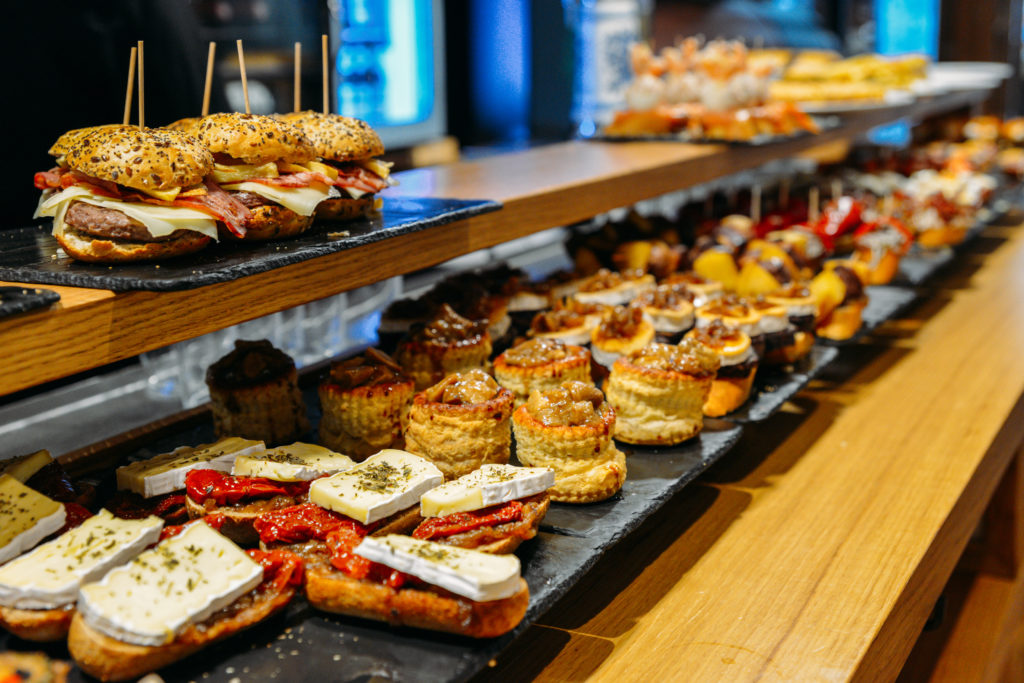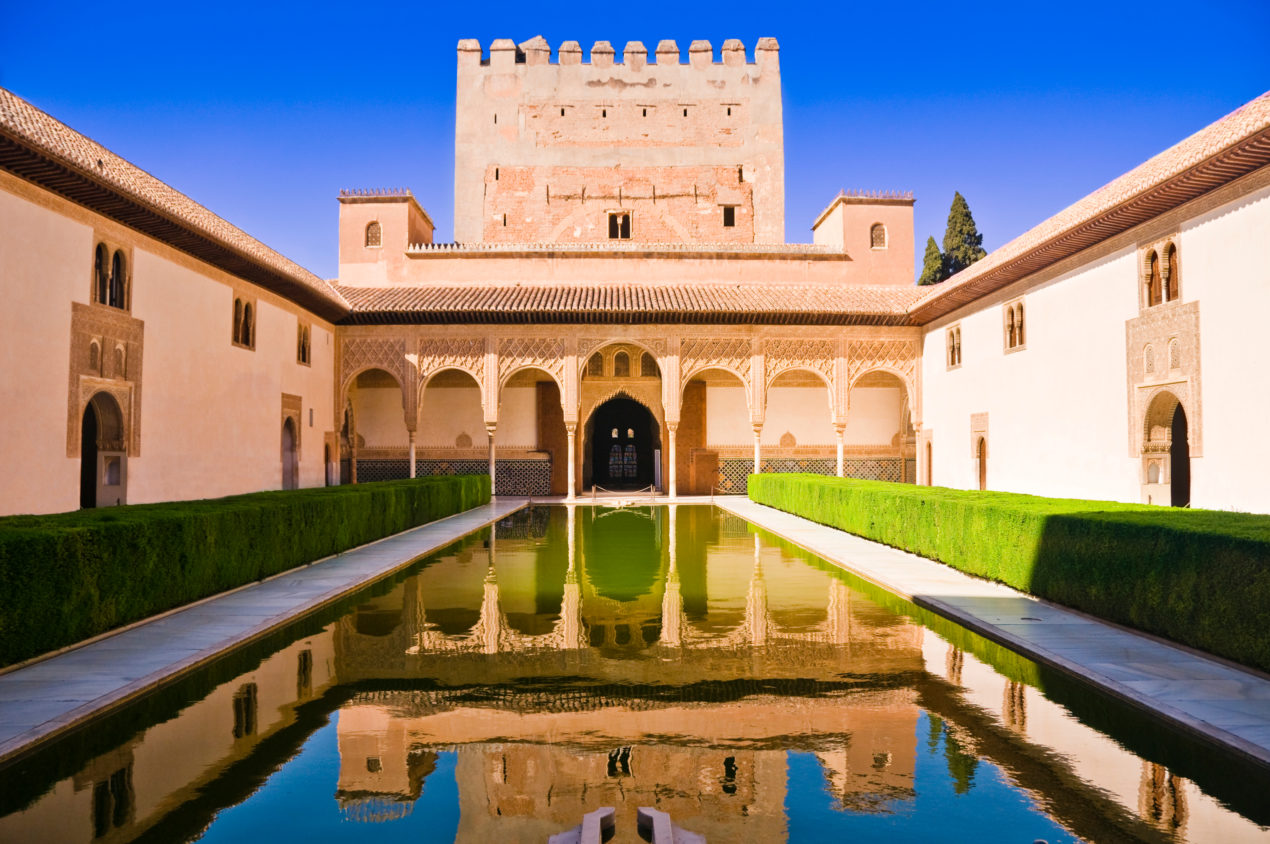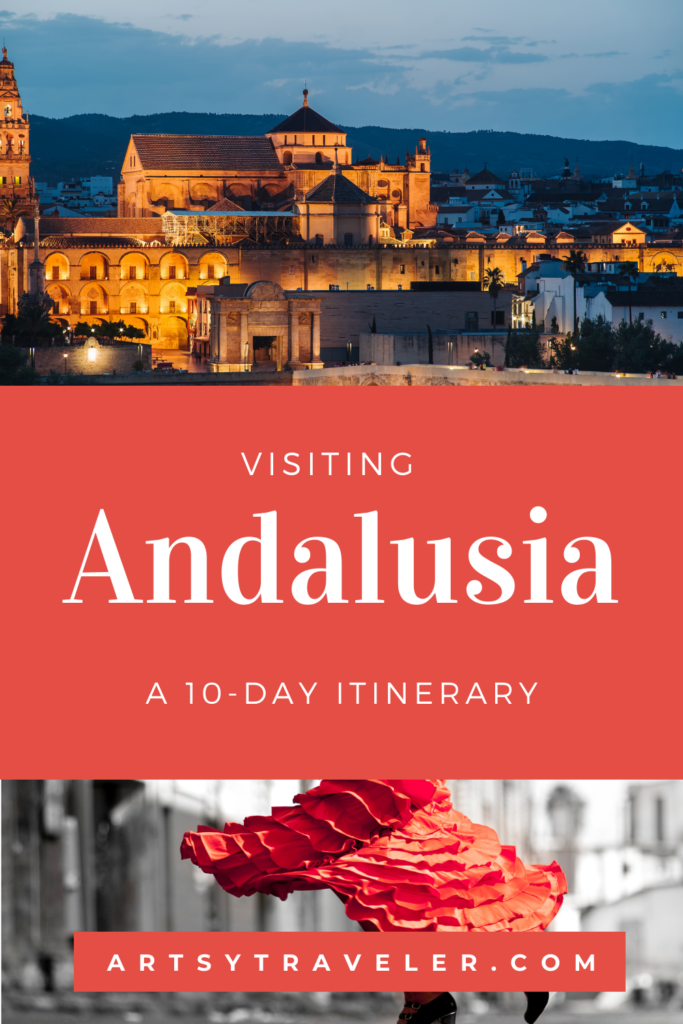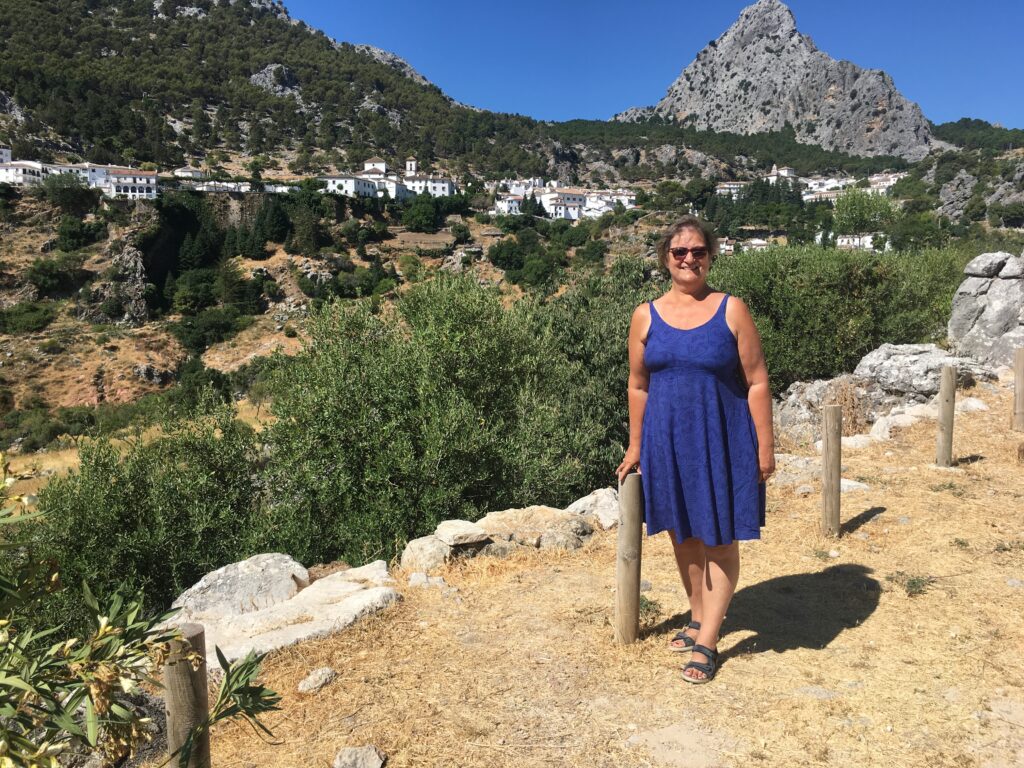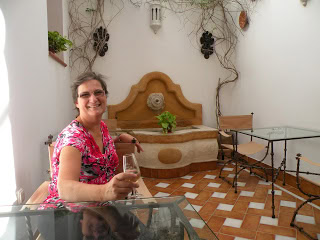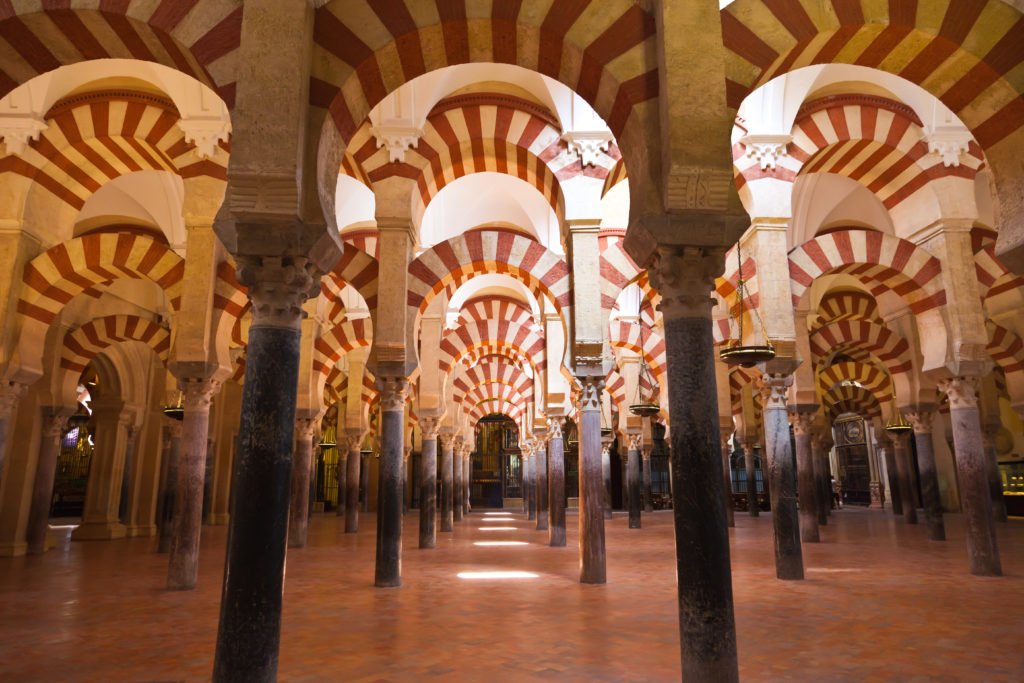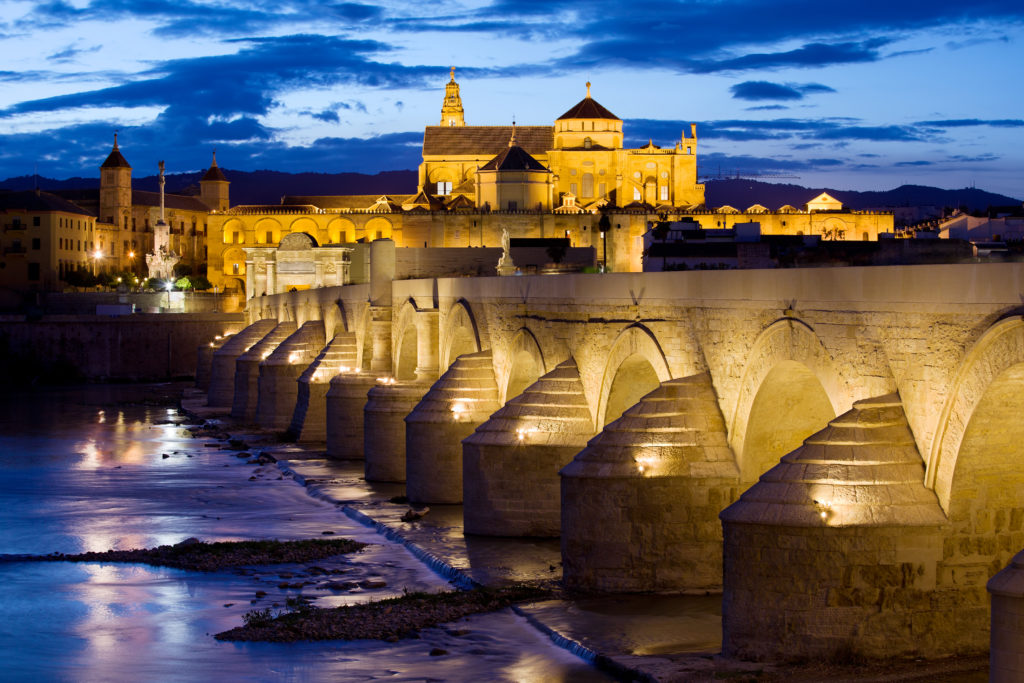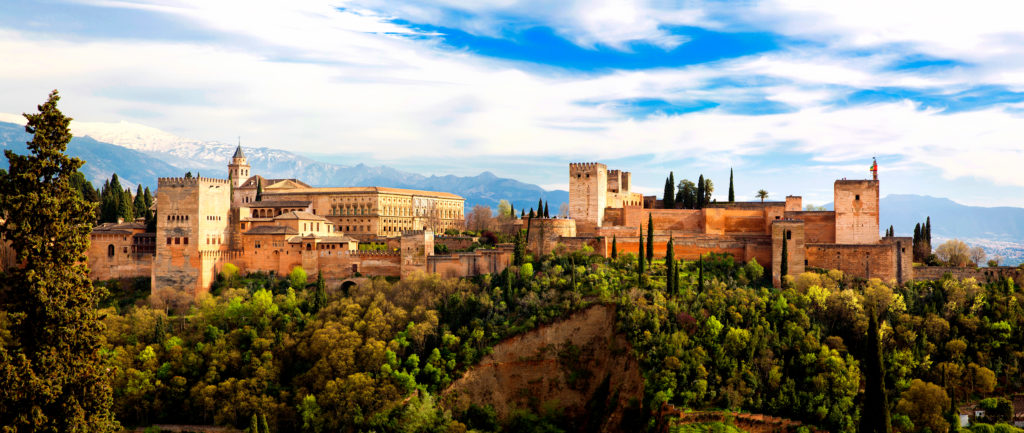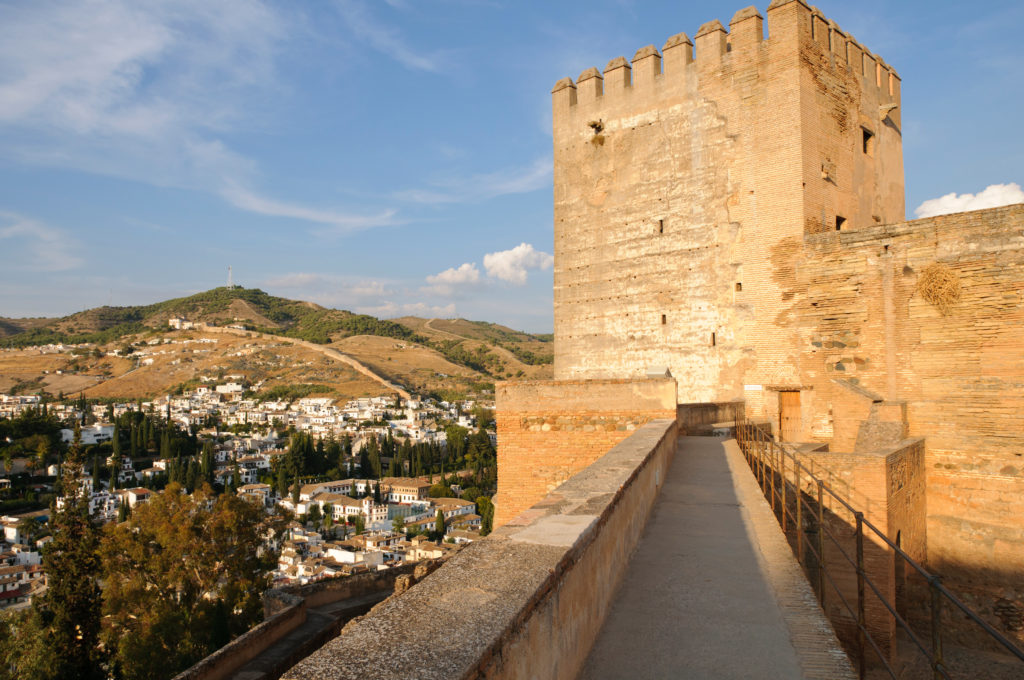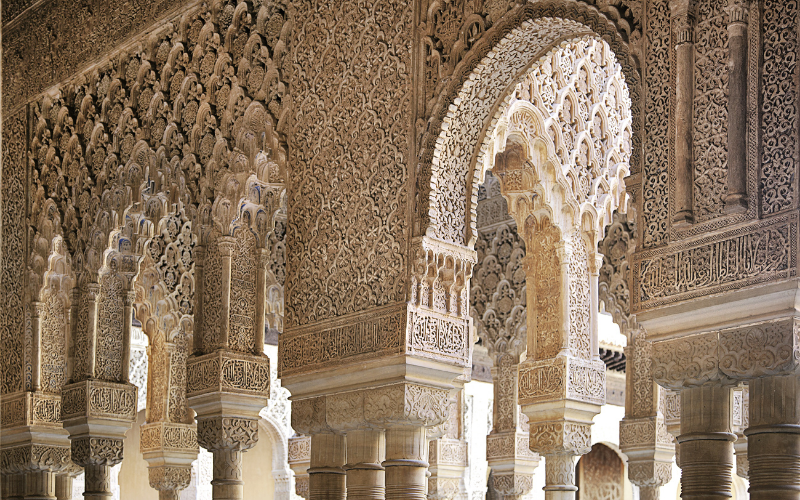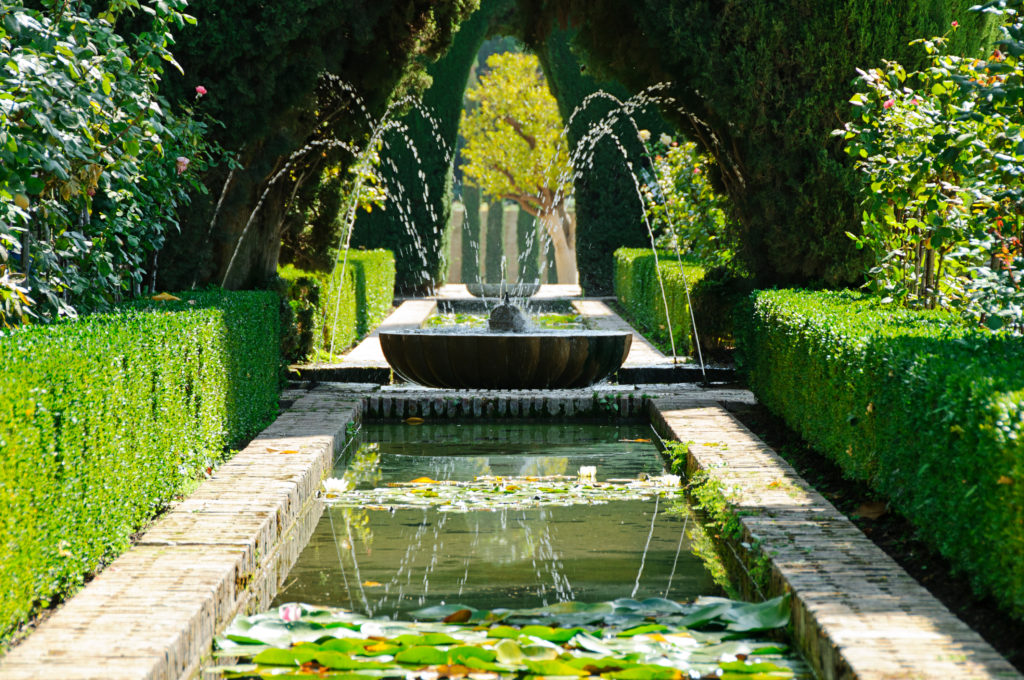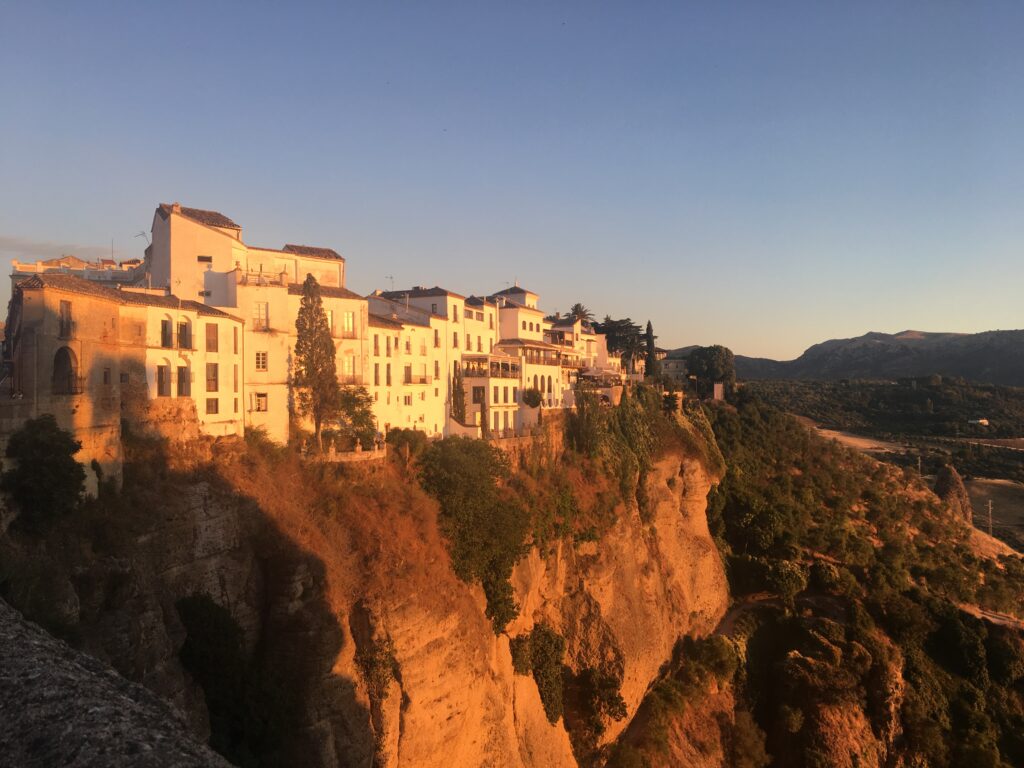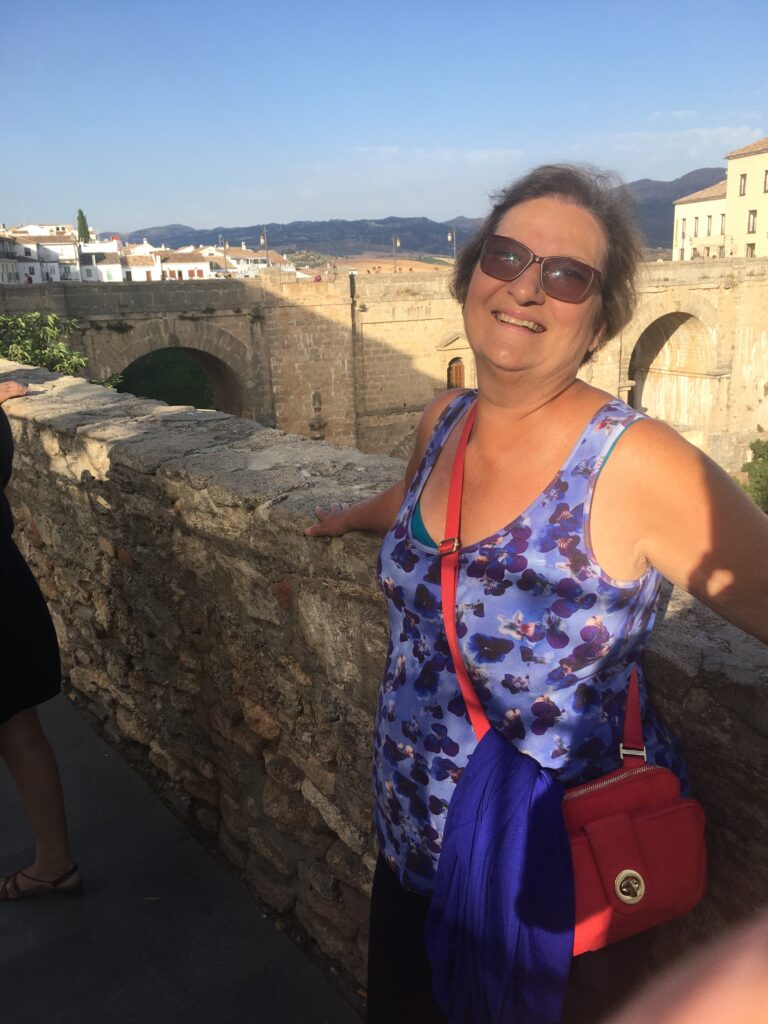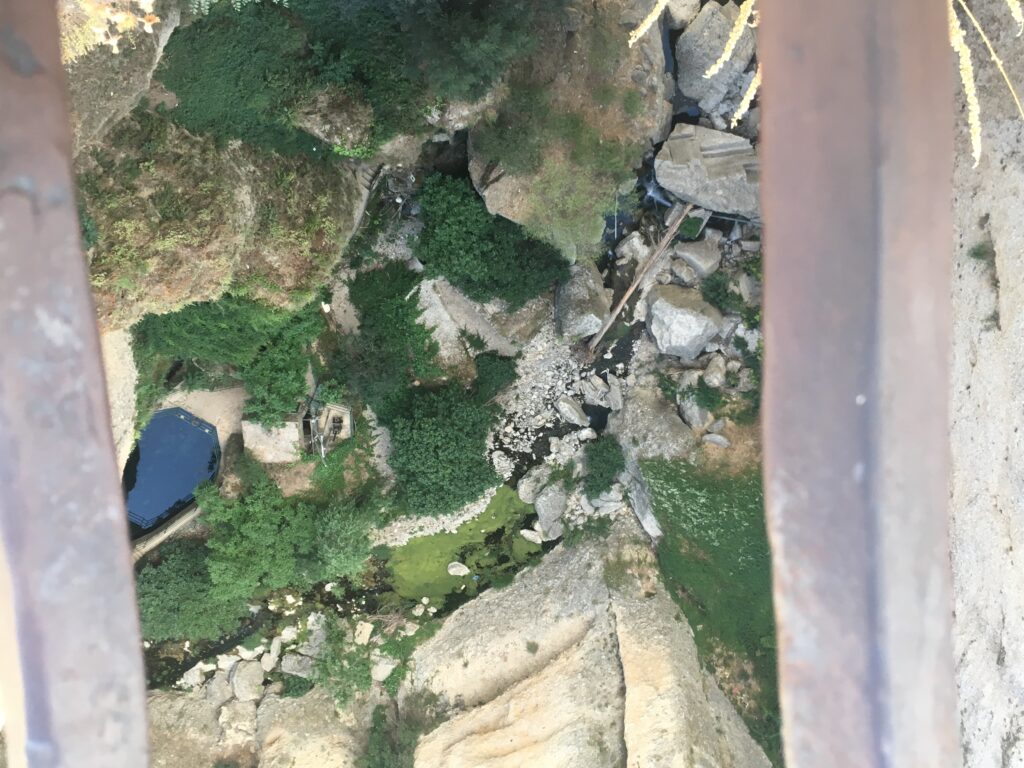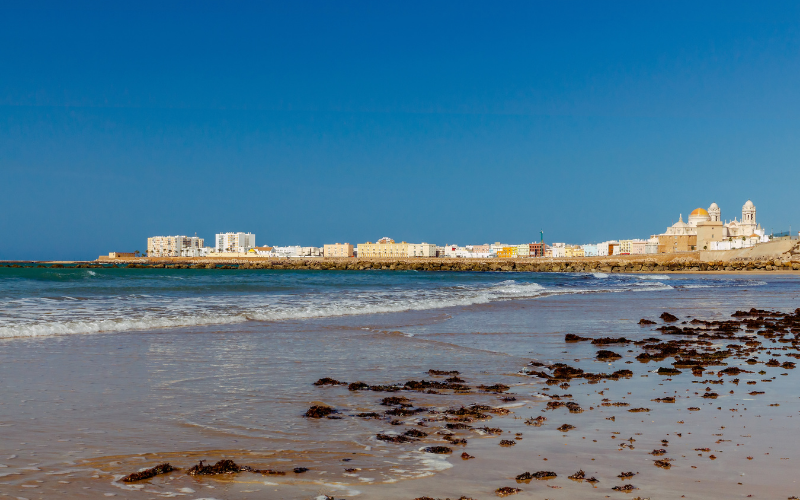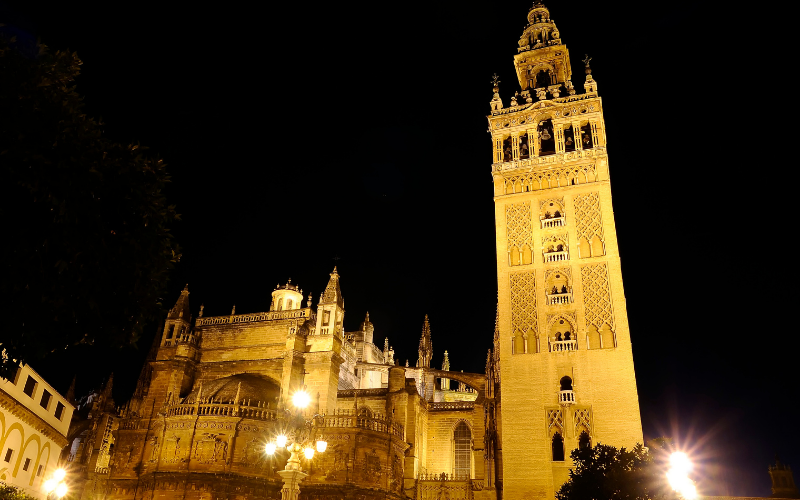Exploring Fascinating Madrid–Europe’s Best-Kept Secret for the Artsy Traveler
In October of 2023, I spent two weeks in Madrid (minus a three-day excursion to Ávila and Cáceres at the end of week one) and fell hopelessly in love. Madrid is, quite simply, one of Europe’s easiest cities to visit and enjoy.
In this post, I chronicle my day-to-day activities during our two-week stay.

From sightseeing to strolling to eating to just chilling out in the many parks–Madrid is the place to hang out if you’re looking for a city that feels more like a cheerfully crowded village.
Before I launch into my celebration of Madrid, I’ll say a word about expectations. Gregg and I visited Madrid in 2010 and stayed just two nights. I remember Madrid as being loud, noisy, crowded, and really not very nice. Also, on the second night, both of us came down with colds! Of course, that wasn’t Madrid’s fault, but our experience there did color our opinion of the city, already tainted by the fact that on Gregg’s solo visit to Madrid in 2004, he’d been pick-pocketed in the train station.
So when Gregg was given the opportunity to have an exhibition in Madrid, I was at first dubious. Did I really want to hang out in that big city for almost two weeks? Was it fair to judge Madrid on the basis on two not-so-great experiences of short duration?
Thank goodness we decided to give Madrid another shot. Staying for an extended period in Madrid was a wonderful experience. We are hooked on this city of four million souls.
Day 1: Tuesday, October 17 – Arriving in Madrid
We set off from Burgos around noon and drive two hours south to Madrid through beautiful mountainous country. I hadn’t realized that a mountain range—the Sierra de Guadarrama—runs to the north of Madrid.
Our drive into Madrid is smooth and thankfully uneventful. We follow the instructions provided by our accommodation to find the parking lot, and in no time are parking the car and making our way into the fabulous ApartoSuites Jardines de Sabatini.
ApartoSuites Jardines de Sabatini
Located just to the west of the center of Madrid and across the street from the Royal Palace (the rooftop terrace overlooks the palace), the ApartoSuites Jardines de Sabatini is the perfect place to stay in Madrid, particularly if you’re driving. It’s located just outside the Limited Access zone on a main road easily accessed from the motorway, and a short walk from the historical center of Madrid.
I can’t say enough about how great this place is. We stay for twelve nights in two different but both excellent suites and could not have been more satisfied with our choice. Not only is the hotel stylish and well-appointed – the staff are extremely helpful and friendly—always smiling and saying hola every time we leave or enter the lobby.
Here are pictures of the living room/dining room, the bedroom, and the very spacious bathroom with one of the largest bathtubs we’ve ever had in a hotel room.
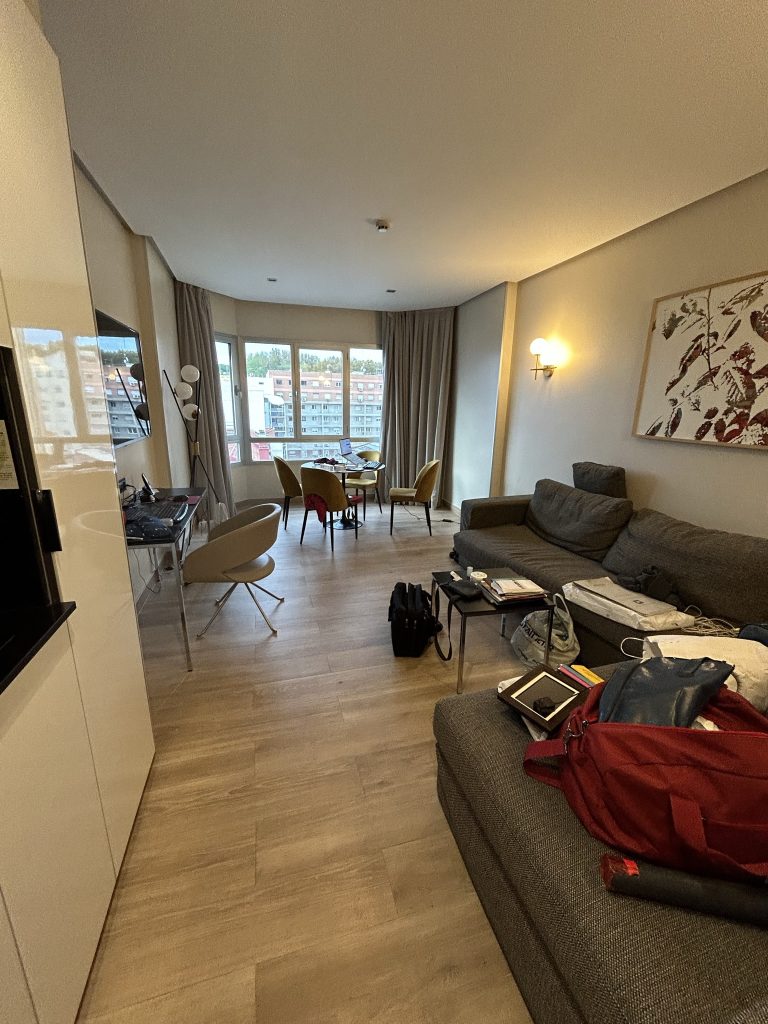
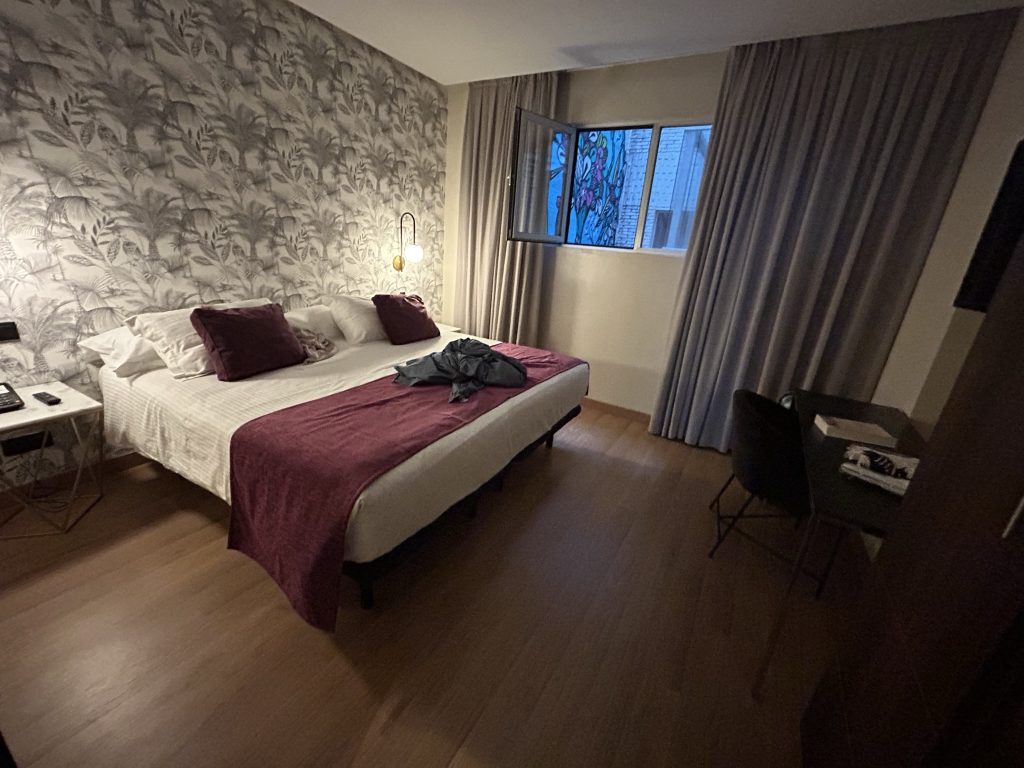
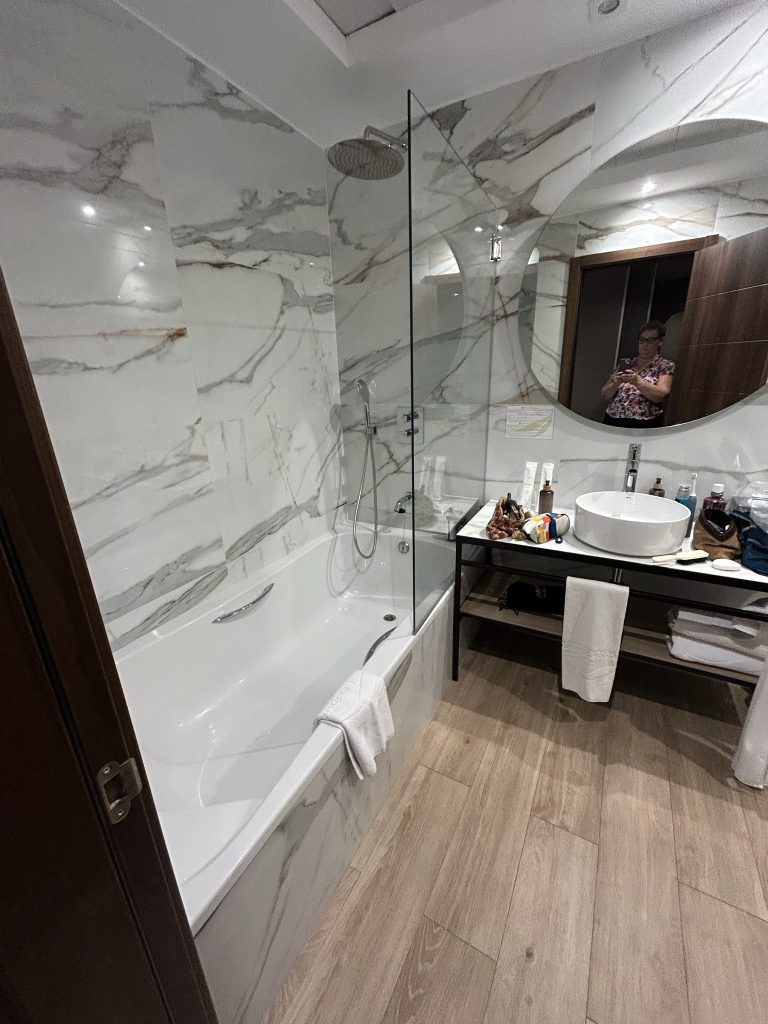
As mentioned, the ApartoSuites Jardines de Sabatini is directly across the street from the Royal Palace. A lively rooftop bar takes full advantage of the stunning view, especially at night when the palace is floodlit.
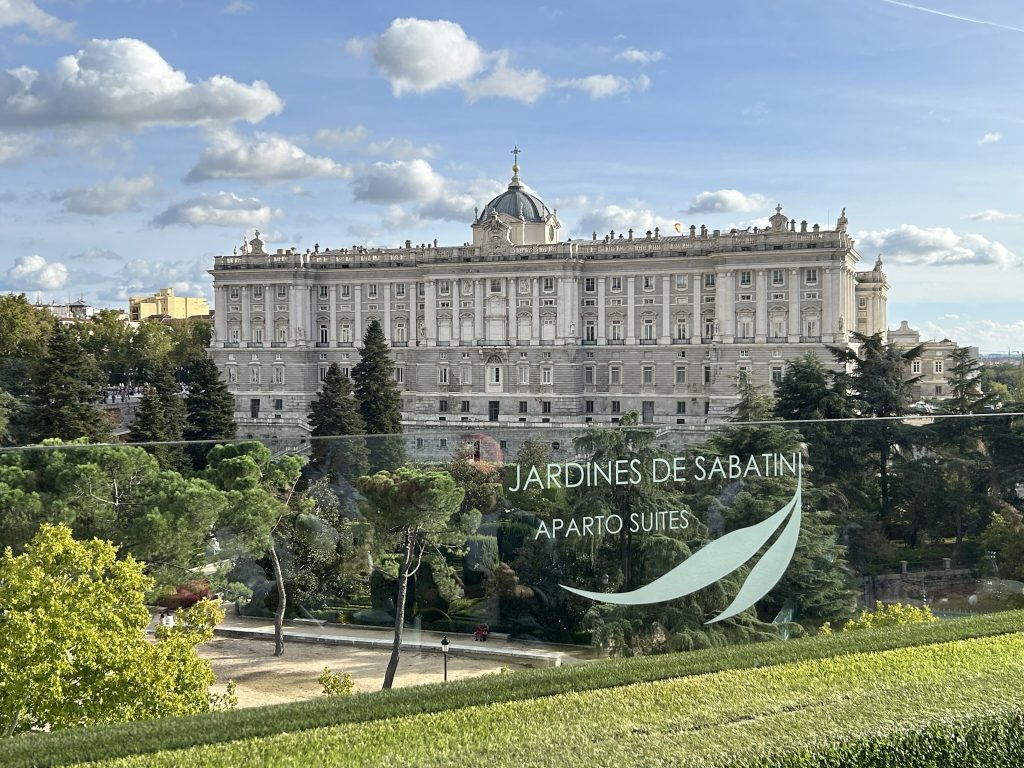
Settling Into Madrid
Once settled into our one-bedroom suite, we stock up on a few food essentials at the small supermarket just down the street, and set off to explore.
We cross the busy street and climb the stairs to the broad plazas and formal gardens surrounding the Royal Palace. Over the next two weeks, we’ll walk this route many times, never tiring of the many views of the palace.
Read all about my visit to the Royal Palace on Day 12.
The changing of the guard is about to take place so we hang out for a few minutes to see the troops march past. Like Madrid itself, the ceremony is low-key and easy-going, lacking much in the way of pomp and circumstance. A handful of guards troops in, two guards on horses join them, there are a few salutes, and that’s about it.
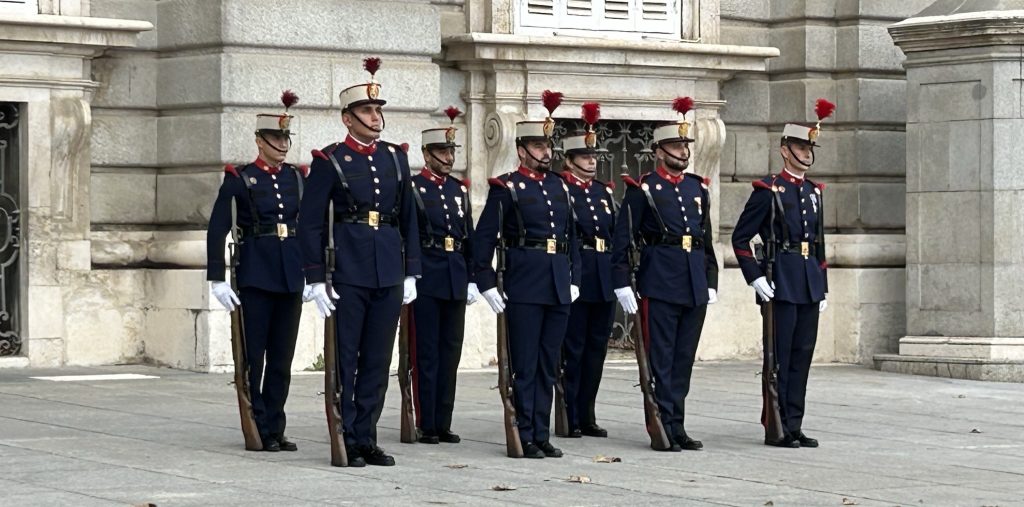
In search of the historical centro of Madrid, we take a wrong turn and end up walking too far in the opposite direction! Tired now and in need of food, we retrace our steps to our hotel with the intention of further exploration the next day.
First Impressions
We have almost two weeks in Madrid—plenty of time to explore! And our first impressions are very positive. My only problem is that I have zero sense of direction in Madrid. In Paris and Rome, I pretty much know where I am most of the time, even without GPS. Landmarks such as the Eiffel Tower and the Seine, or the Tiber and the Colosseum, help orient me. But in Madrid, I have no focal points yet, apart from the Royal Palace.
But orientation will come and I’m content to wait.
Eating In – Once!
In the evening, we decide to stay in and cook dinner—the only night we do so during our entire stay! Although our suite is equipped with a kitchenette, it’s a very small one with just a two-burner stovetop and very few cooking pots and utensils. But that’s okay. Madrid has thousands of restaurants catering to every taste, and prices are reasonable.
I make a tasty pasta dish with the limited facilities, declare that I’ll likely not cook in again, and then we’re early to bed.
Day 2: Wednesday, October 18 – Hanging the Exhibition in Madrid
The priority of the day is to visit the gallery and hang Gregg’s show. After a walk around the ‘hood in the morning, we take a taxi to the Gallery Captaloona where we finally meet Claudio, the gallery director, in person. He’s already got most of the paintings hung so after having a quick coffee in the bar next door, he and Gregg set to work hanging the framed pieces and tweaking the installation. I sit at Claudio’s spacious desk and work on my novel.
Public Transit in Madrid
Afterwards, we go in search of the Metro where we purchase a Metro card and load it with twenty rides—hopefully sufficient for the duration of our trip (it is). I ask the attendant if we need two cards, or if we can use just the one card with one of us going through the turnstile first, then handing it back to the other. I ask because in Paris both people require their own card. The attendant tells me that one card is fine and I confirm that Gregg and I must always stick together. He laughs.
We ride the Metro to Puerta del Sol, the very center of Madrid.
Puerta del Sol
Puerta del Sol (Gate of the Sun) is a large public square that is one of Madrid’s best known and busiest places. It is also the center (Km 0) of the radial network of Spanish roads.
Here also is the Statue of the Bear and the Strawberry Tree (El Oso y el Madroño) that was installed in 1967 and represents the coat of arms of Madrid. I take the obligatory picture and then we set off to explore the area.
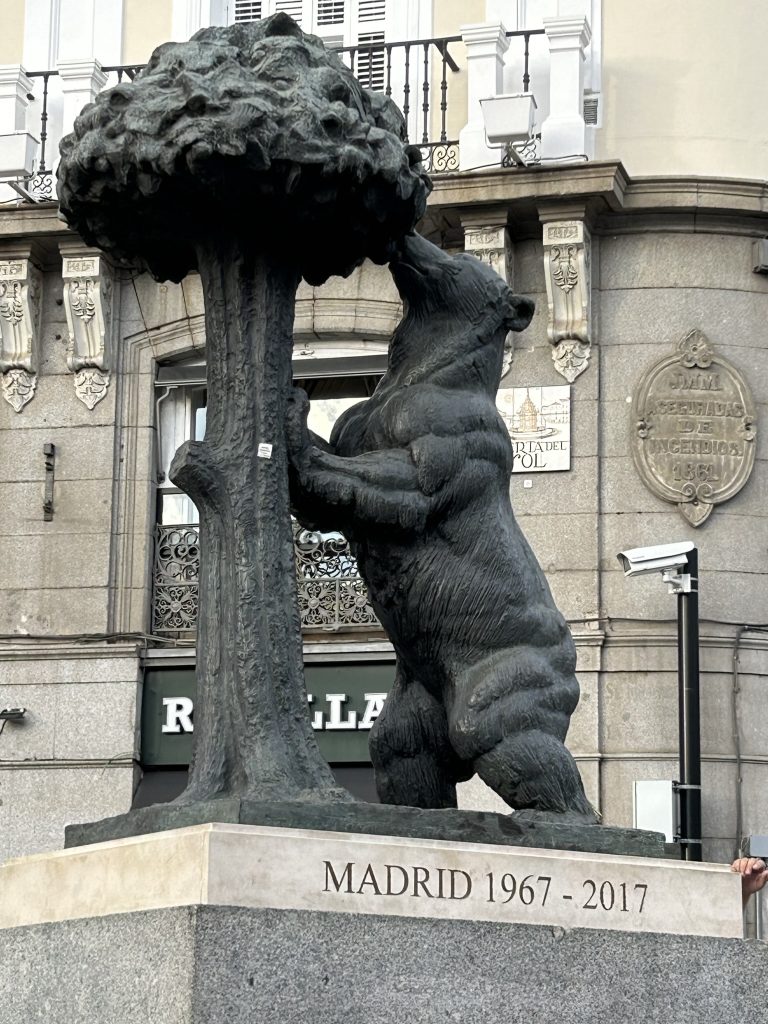
Around the square is a warren of small streets, most pedestrianized. We soon relax into the Madrid amble as we window shop our way towards a stop for lunch and then home. We are slowly getting a handle on where we are so that my fixation on my phone’s GPS becomes less necessary as I become more familiar with the streets.
Plaza Isabel II
We emerge into the Plaza Isabel II, the location of the Opera Metro and our touch point for entering and exiting the centro from our hotel. A quick stroll around the Opera house brings us to the Royal Palace in all its brilliant white-façaded glory.
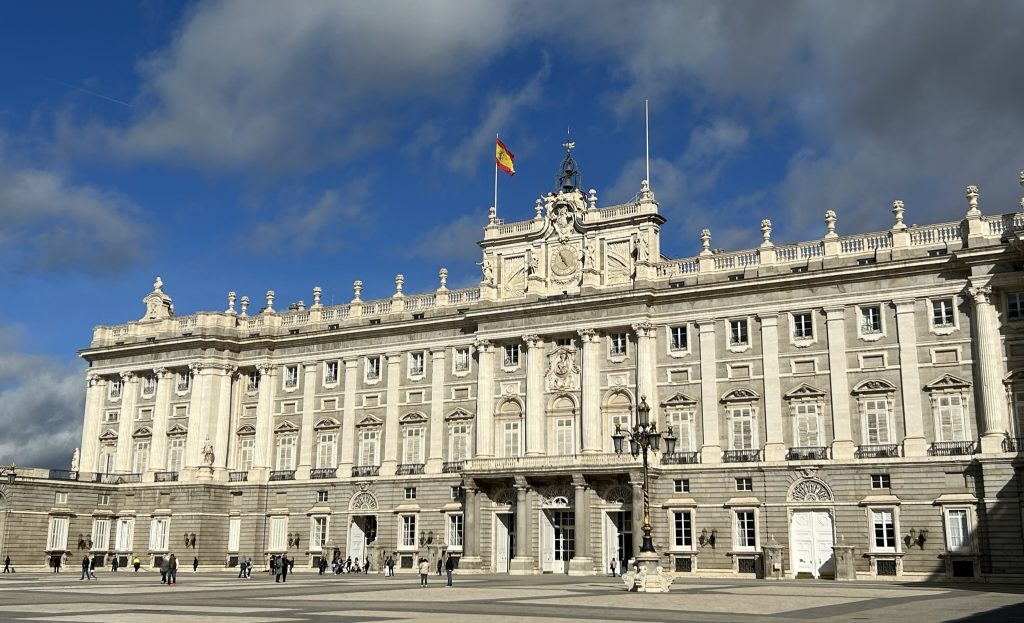
We hang a right in front of the palace, wind through the formal palace gardens to the top of “our” stairs and moments later, we’re crossing the busy Cuesta de San Vincente and entering the ApartoSuites Jardines de Sabatini.
Day 3: Thursday, October 19 – A Day of Art in Madrid
The day dawns wet and cold. Really wet! The word monsoon comes to mind. It’s the first really wet day of our trip which, considering we’ve been on the road almost a month, means we have nothing to complain about. We receive a text from Claudio at the gallery warning us that attendance at the opening that evening will be sparse. However, since invitations have been sent, we decide to go ahead with the opening and then to have another opening (more of a closing) the following week.
First up is a visit to a local hairdresser. The staff at the Jardines made the booking for me the day before. I tell the stylist to give me a short cut and she does, charging me a mere 14 euros. What a bargain! It’s one of the best cuts I’ve ever had–easy to manage and perfect for life on the road.
I slosh back to the hotel and we get ready for a visit to the Museo Nacional Thyssen-Bornemisza. It’s new territory for both of us and we’re excited to see what it has to offer. When we get down to the lobby and see just how ferocious the rain is, we ask the front desk to call a taxi. Sometimes comfort takes precedence over budget.
Well, quite often, actually, particularly as we get older!
Taxis in Madrid
Taxis in Madrid are very affordable, and Ubers are even cheaper, we discover later. We never wait longer than five minutes for either. A trip to the Thyssen on the other side of the centro costs about 10 euros and is well worth it. But even with an umbrella, I’m soaked by the time I exit the taxi, step into a puddle, and wrestle the umbrella open.
But no matter. Minutes later, we’re inside the Thyssen. The security guard deftly wraps my umbrella in plastic and directs us to the cloakroom where we join a long line-up to leave our coats and the umbrella. Better that than dripping all over the marble floors.
Visiting the Museo Nacional Thyssen-Bornemisza in Madrid
We start first with the marvelous collection of 19th-century art—mostly Impressionists—that graces the first floor. Within seconds, we are gobsmacked by the depth and breadth of the Thyssen’s collection. While it doesn’t contain many super-famous pieces like the Musée d’Orsay does, it contains a lot of variety and some truly stunning pieces.
Here are just a few highlights.
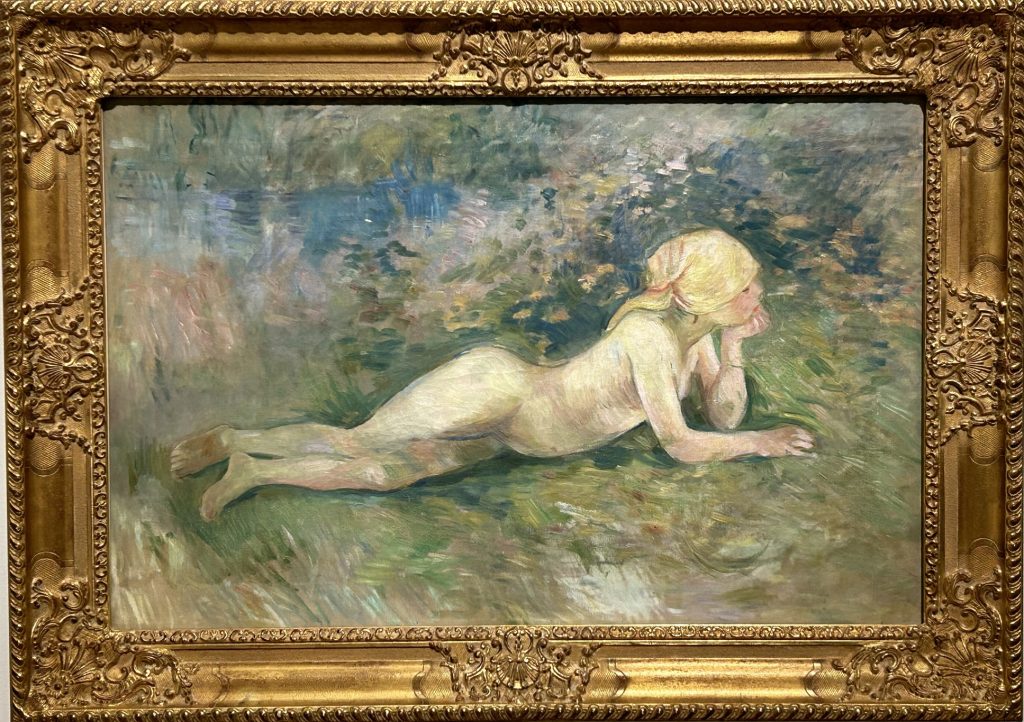
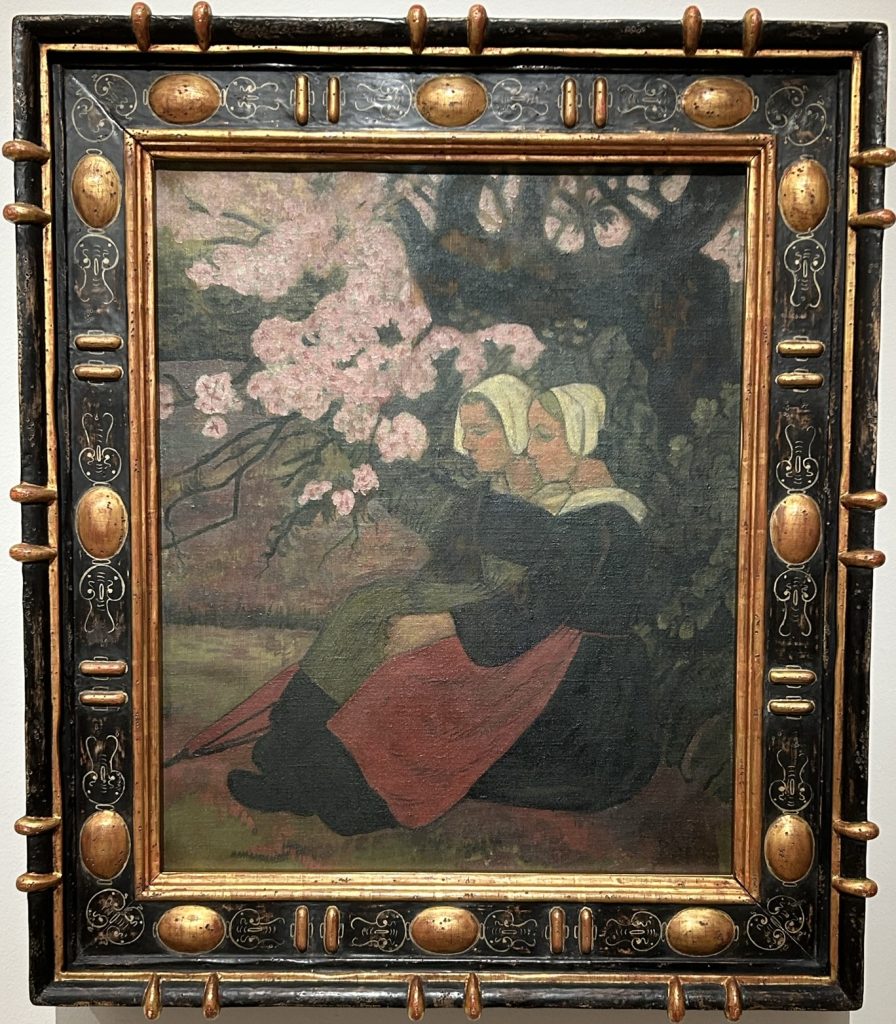
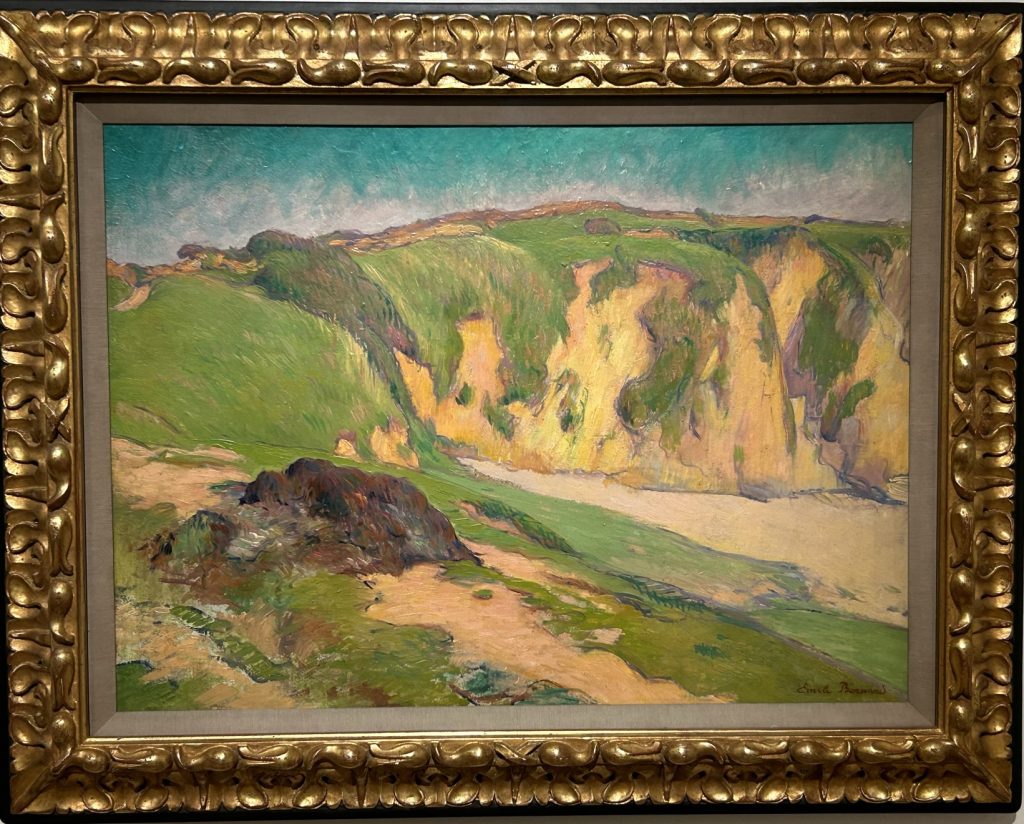
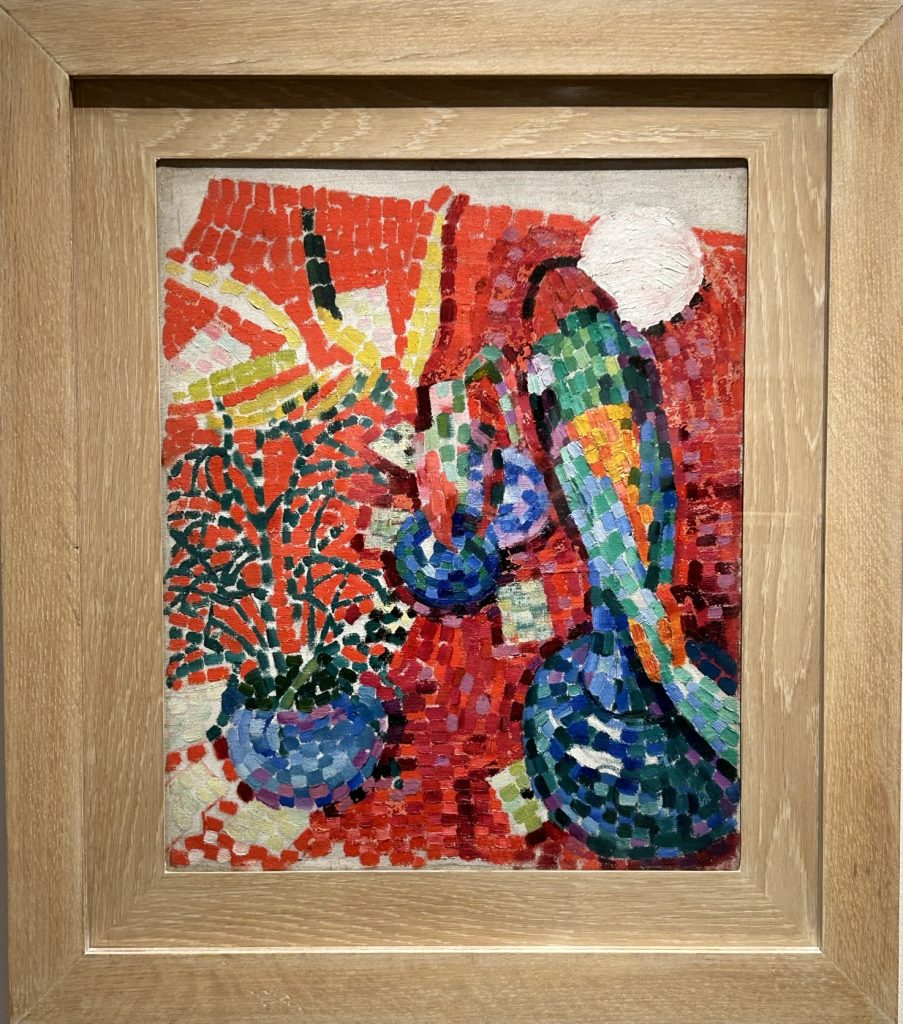
There are plenty more excellent pieces from all eras, starting in the 15th century right up to some by mid-20th-century masters such as Ernst and Dali. There’s also an interesting special exhibition of Picasso.
We see it all and then retire to the café for a well-deserved coffee and snack.
Opening of Flamenco Abstractions
We float out of the Thyssen and wash into a taxi for the rain-drenched journey back to our place for a quick pit stop before getting into another taxi to go to the gallery. We’ve been warned not to expect many people because of the rain, but as it turns out, quite a few people show up and we have many interesting conversations.
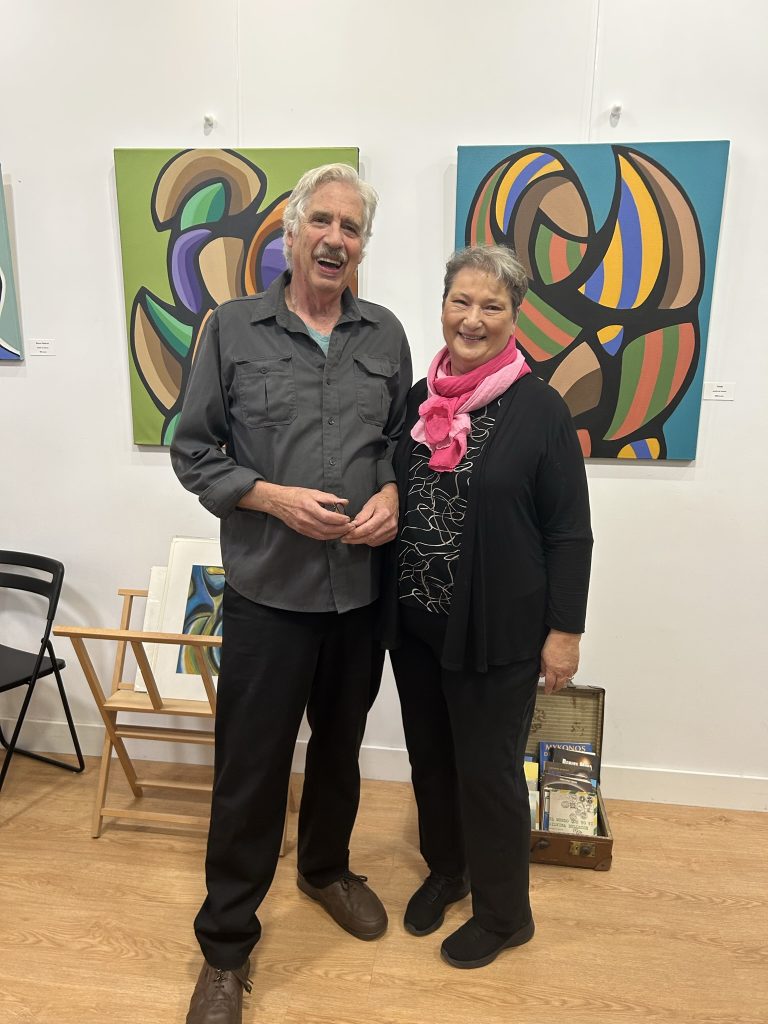
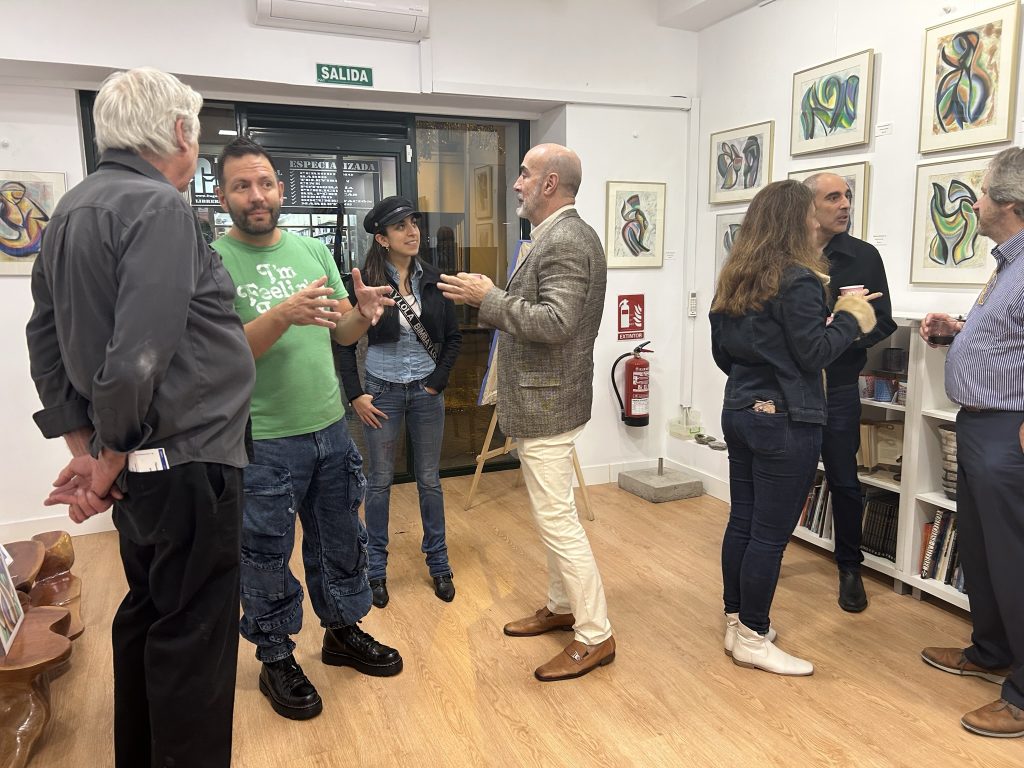
Afterwards, we ride the Metro back to our ‘hood and enjoy a late dinner in Old Madrid. The rain stops obligingly and we stroll home through the palace gardens. Madrid at night feels safe and family-friendly.
Day 4: Friday, October 20 – Cooking in Madrid
I start the day by walking a block down the street to a lovely coffee shop where I snag a table on the upstairs level and enjoy a caffe con leche, a fruit smoothie and a pastry while working on my novel. I’m in heaven! Here’s the view of the street from my writing perch.
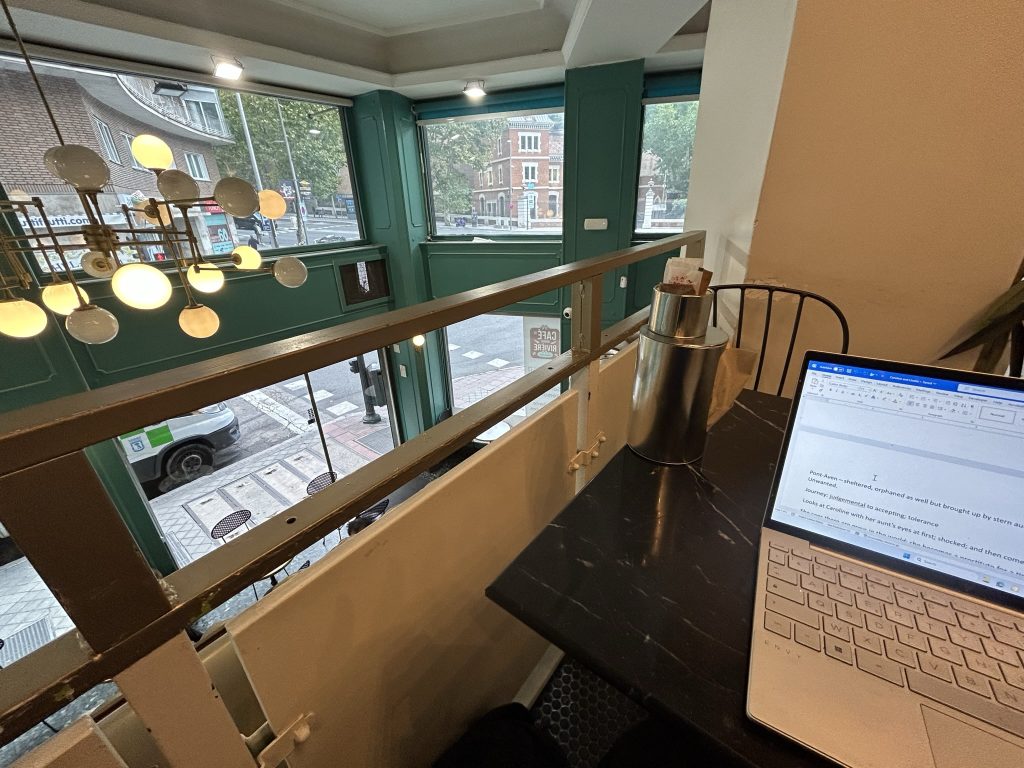
Temple of Debod
After my writing stint, Gregg and I set off in search of an Egyptian temple. Called the Temple of Debod, the monument dates back to the 2nd century BC. It was donated to Spain by the Egyptian government to save it from floods following the construction of the Aswan Dam. The temple was transported to Madrid and rebuilt stone by stone, opening to the public in 1972.
The park where the temple is located is just a few minutes’ uphill walk from our hotel. After the rains of the day before, the air is brisk and clear. We climb several flights of stairs to a viewpoint that overlooks a massive park to the west of Madrid, then head out in search of the temple.
It’s pretty darned impressive! We enjoy a walk around it and snap a few pictures.
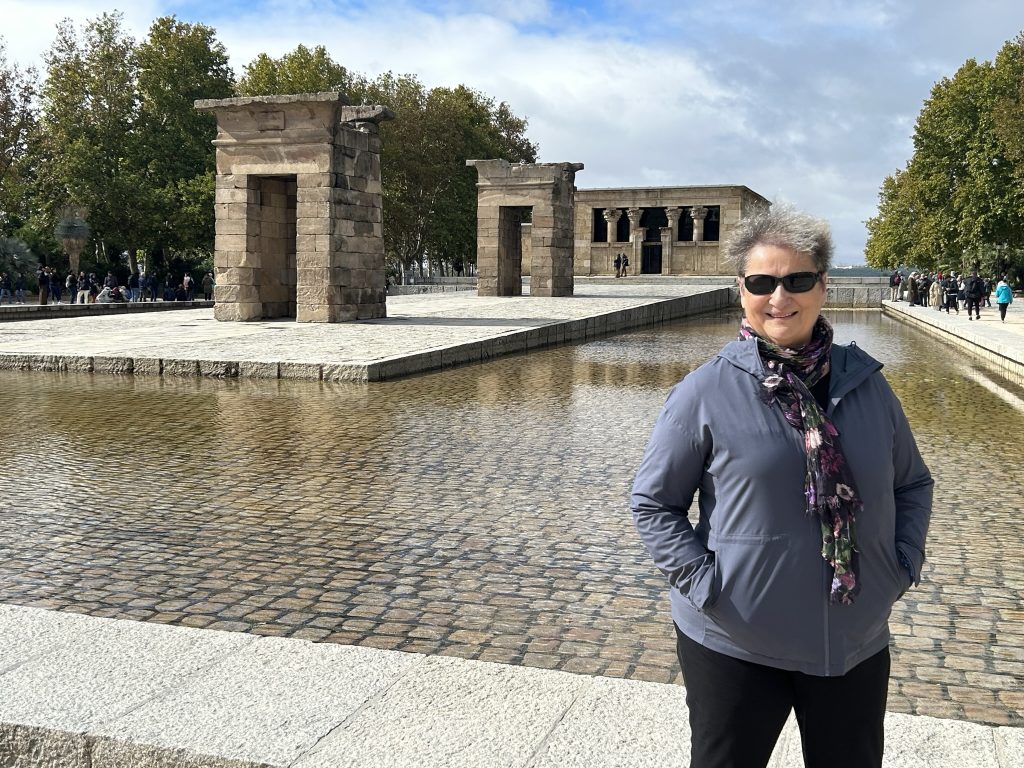
Lunchtime calls so we descend to the Plaza de España to check out Cervantes and his most famous creation and find something to eat (not exactly difficult in Madrid!).
Plaza de España
The Plaza de España was renovated extensively a few years ago with all parking and traffic sent underground, and the plaza itself reopened only for pedestrians in 2021. It’s a delightful space with playgrounds, sculptures, parks, and a huge statue of Cervantes behind his two most famous creations.
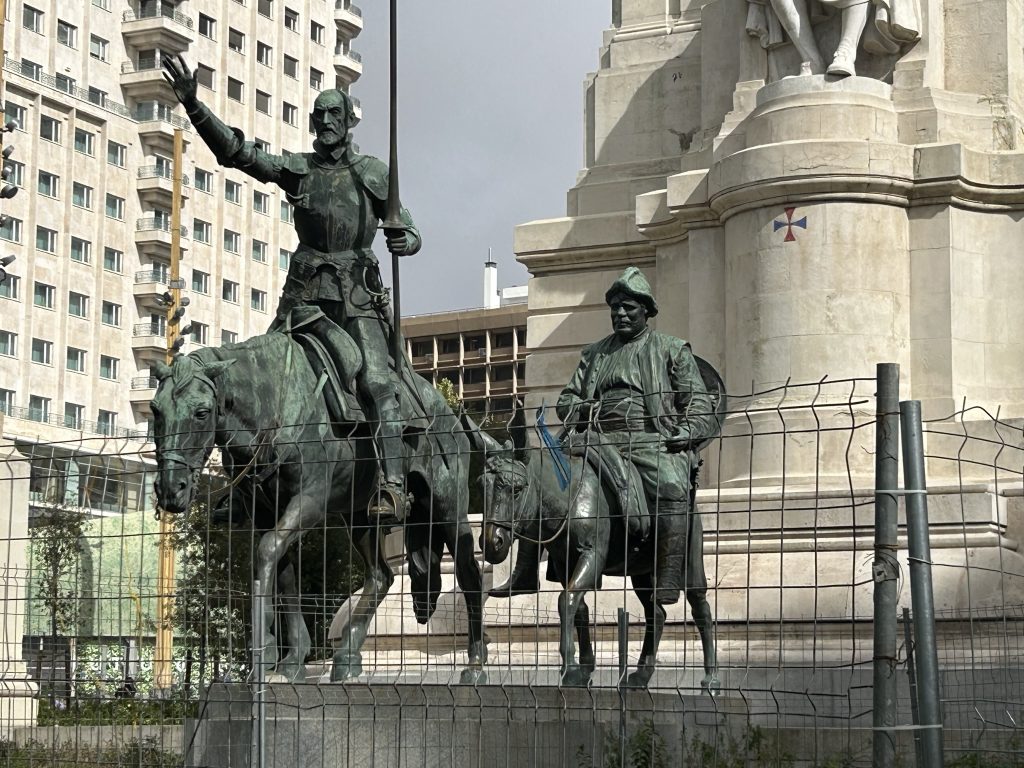
Tapas Cooking Class
At 3 pm, I set off for a location in the centro to take a tapas cooking class. With great confidence, I make my way to the bus stop only to discover that the GPS was directing me to take the Metro, not a bus. Fine. I jump on a Metro and within seconds realize I’m on the wrong line. Sigh. Of course, the next stop is miles away—taking a good five minutes to get to.
Times a-ticking, so I jump off and onto another Metro only to discover that it’s also going in the wrong direction. What kind of a seasoned traveler am I? The next stop is even farther away—so far, in fact, that when I emerge onto the platform, I hear birdsong and see only trees. The station is outdoors and I must go up stairs and cross the tracks to get to the other side. Finally, I get on the right Metro going in the right direction. I still have a good ten minute walk to the cooking school from the Metro and arrive breathless and late. The chef has already started describing the ten tapas we will make.
Making Tapas
No matter. I tie on my apron and listen to her talk about the dishes. She then assigns a dish to each person. My job is to make a cold tomato soup. I cut up garlic and a lot of fresh tomatoes, then throw them in the blender and turn it on. I then add several pieces of bread which apparently will help the soup thicken. Interesting! Finally, I drizzle in about a quarter of a bottle of olive oil and keep blending until the final result is smooth and red.
And wow, does it taste amazing! So fresh—like eating sunshine from a spoon.
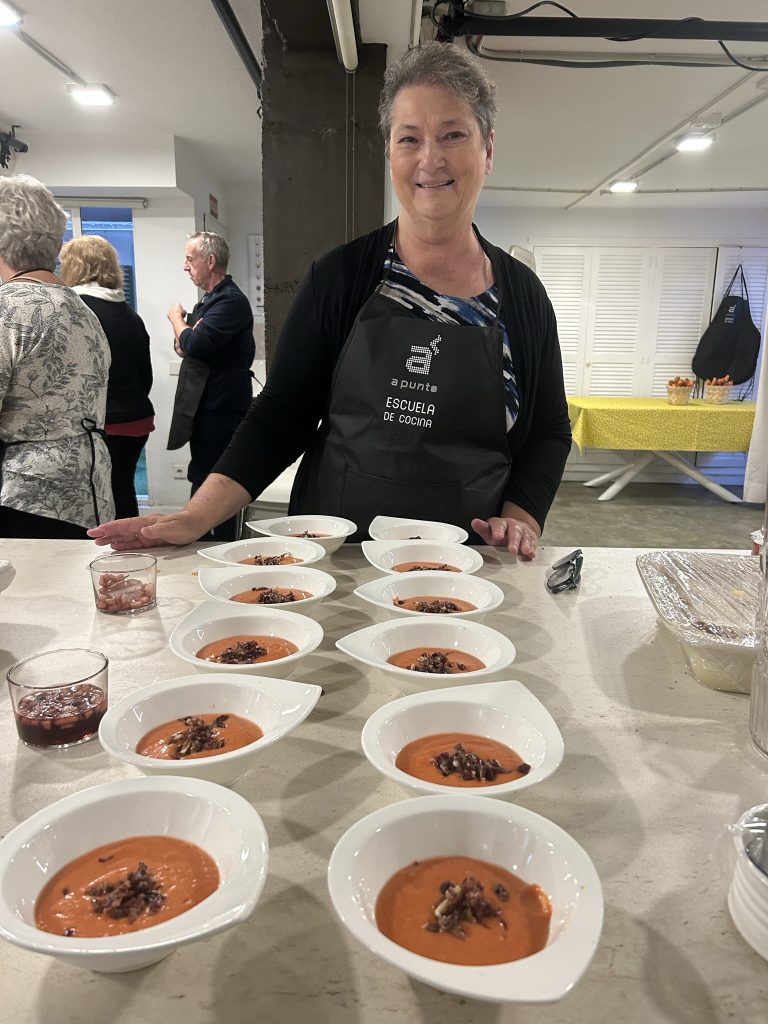
Over the next three hours, we make ten tapas. The chef/instructor never stops–she’s a whirling dervish tending to everyone’s questions and directing us to do something new when we’ve completed a task. I’m one of a few participants chosen to flip a potato and egg tortilla. The pictures show that I wasn’t wholly successful!
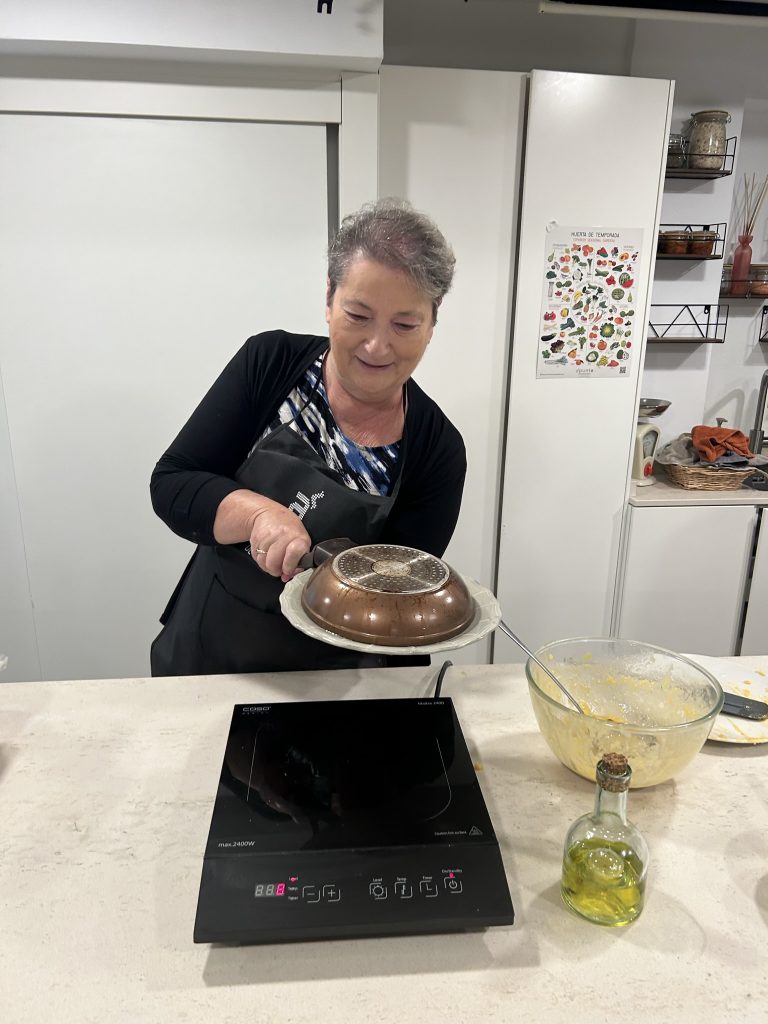
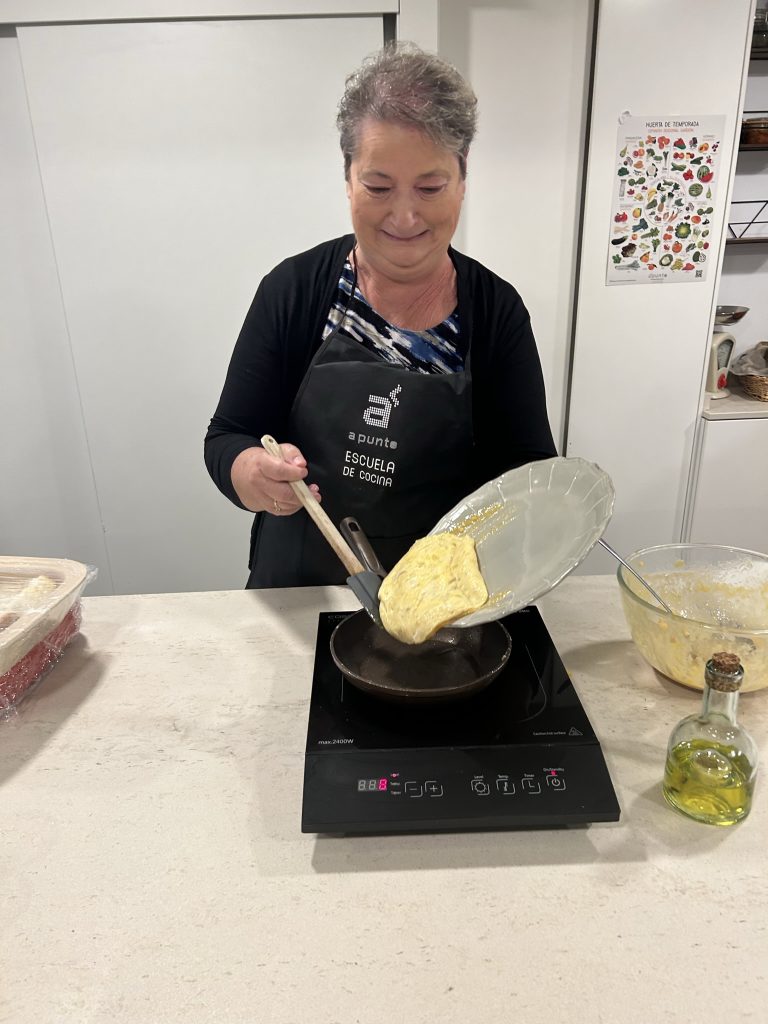
After all the tapas have been made, we take pictures and then dig in. My favorite is the tomato soup I’d made and the cheese popsicles. I’m not so keen on the tortilla, not being a potato lover, but I did enjoy learning how to make it.

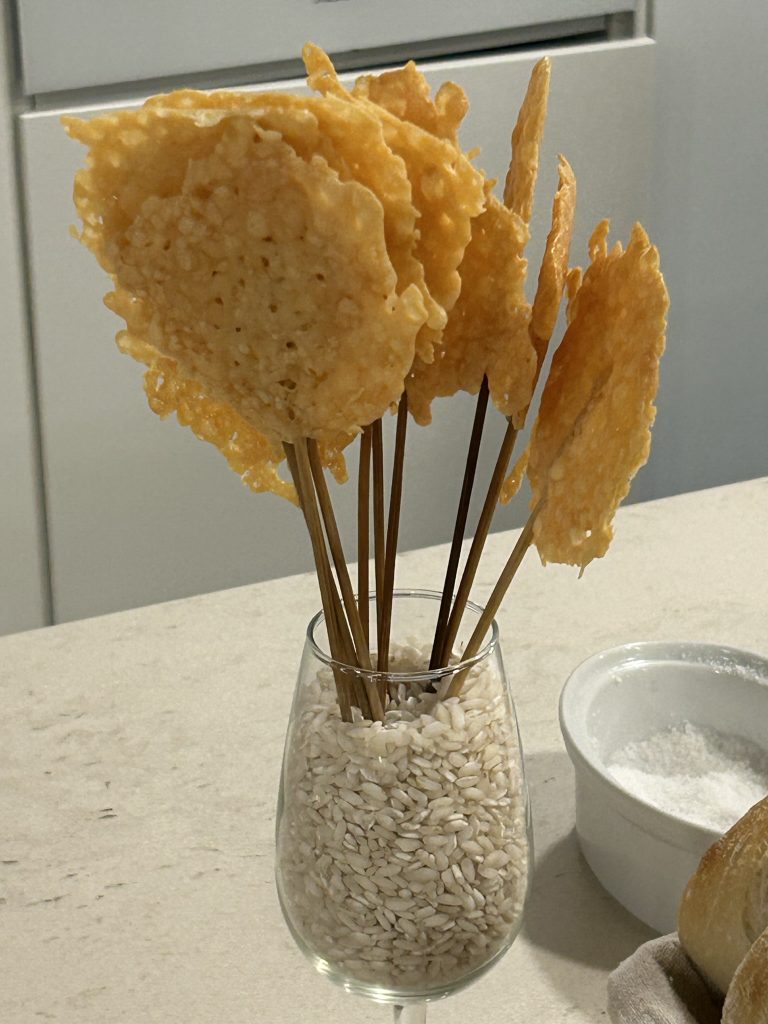
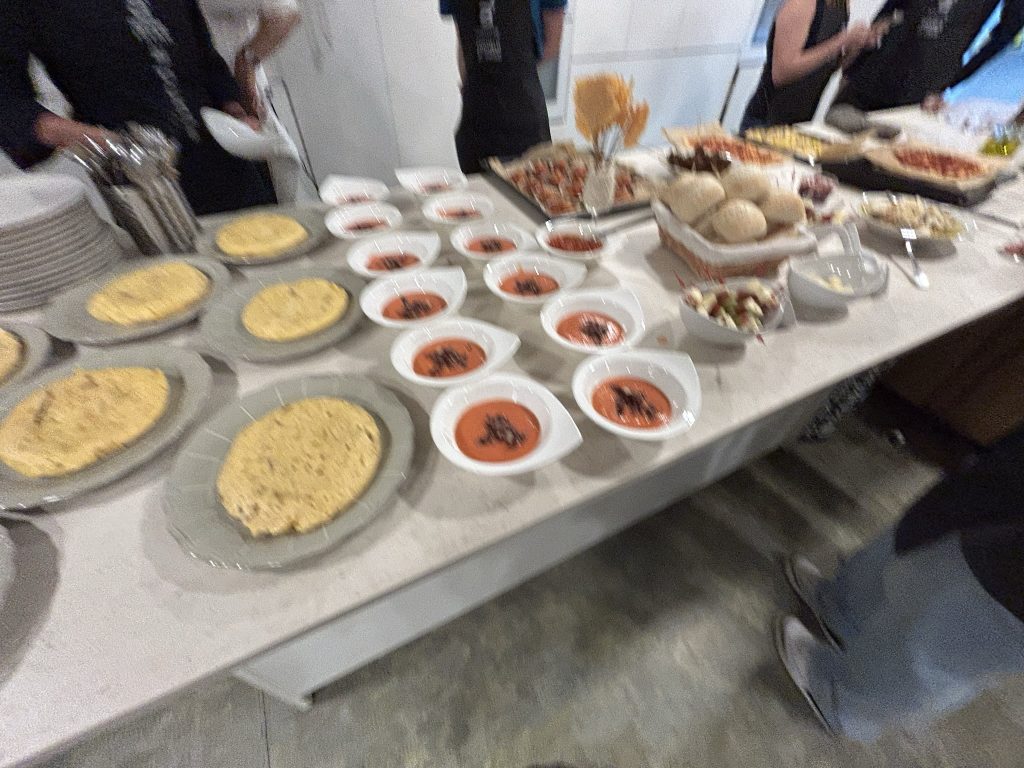
Book a Cooking Class Through Get Your Guide
Here are some options; mine was the 2.5-hour Tapas class.
After the class, I walk home through narrow, twisting streets. When I get to the palace, I snap pictures of a luscious sunset.
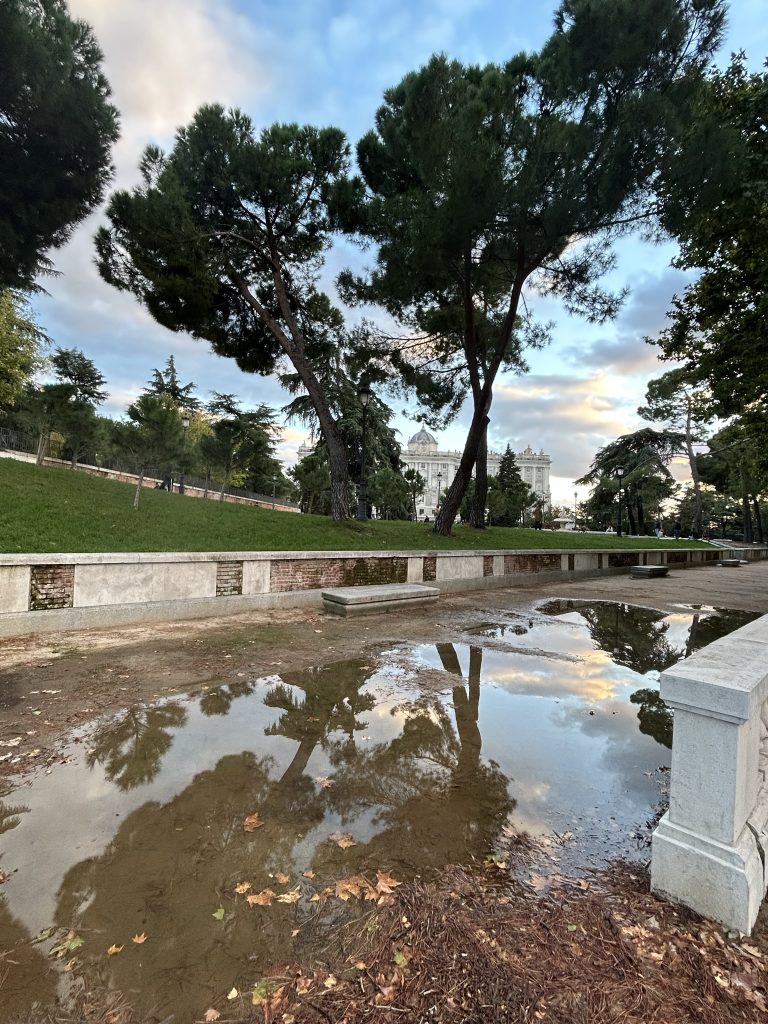
Day 5: Saturday, October 21 – Art and Flamenco
After enjoying my morning routine of breakfast and writing at “my” local café, Gregg and I go for a splendidly solitary stroll in the Jardines Sabatini–the landscaped gardens attached to the palace that we access from an iron gate (closed at night) across the street.
Jardines Sabatini
The gardens are simply magical–plenty of twisty paths and sunlit dells. For the remainder of our stay in Madrid, Gregg goes every day to the gardens to paint.
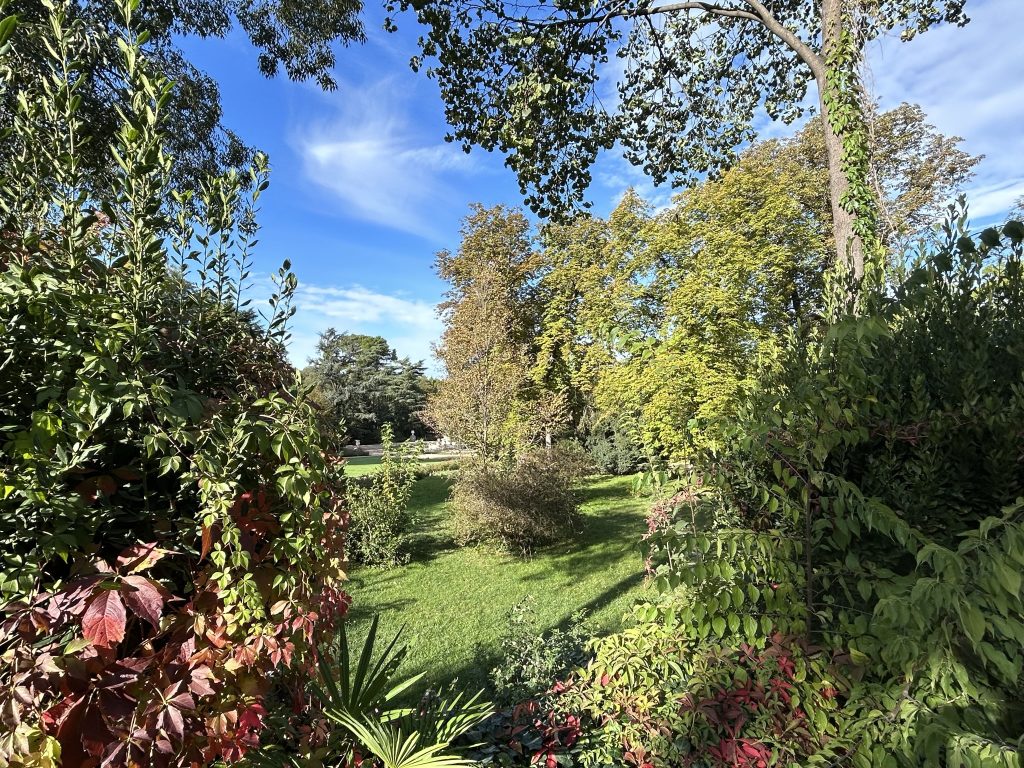
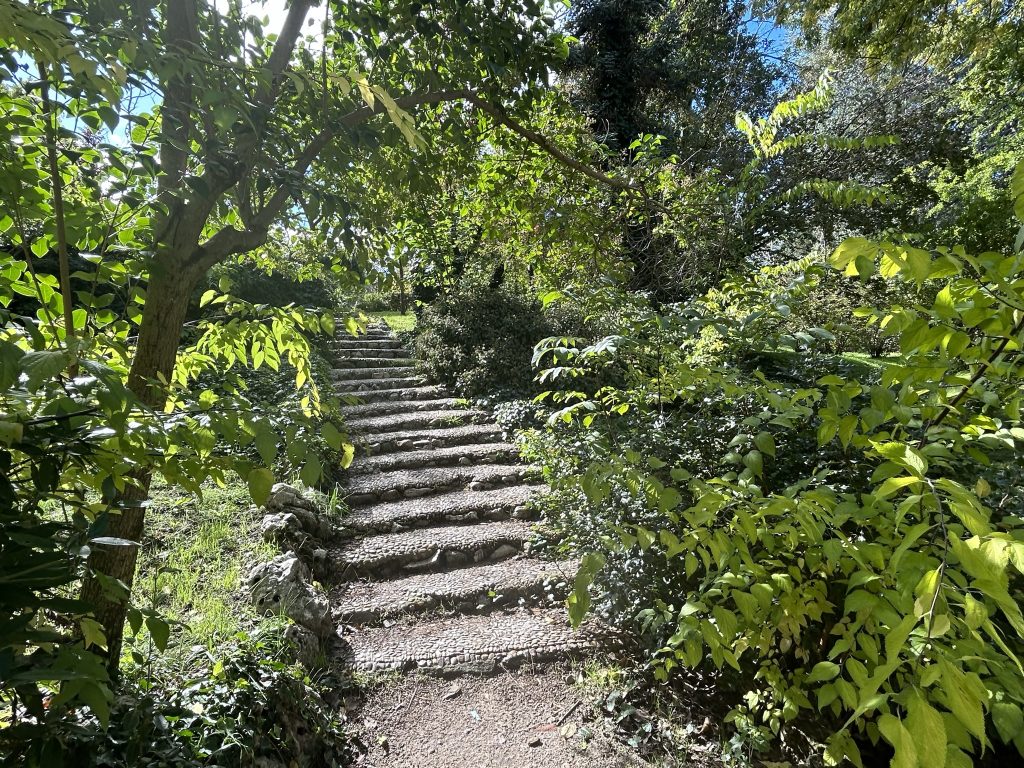
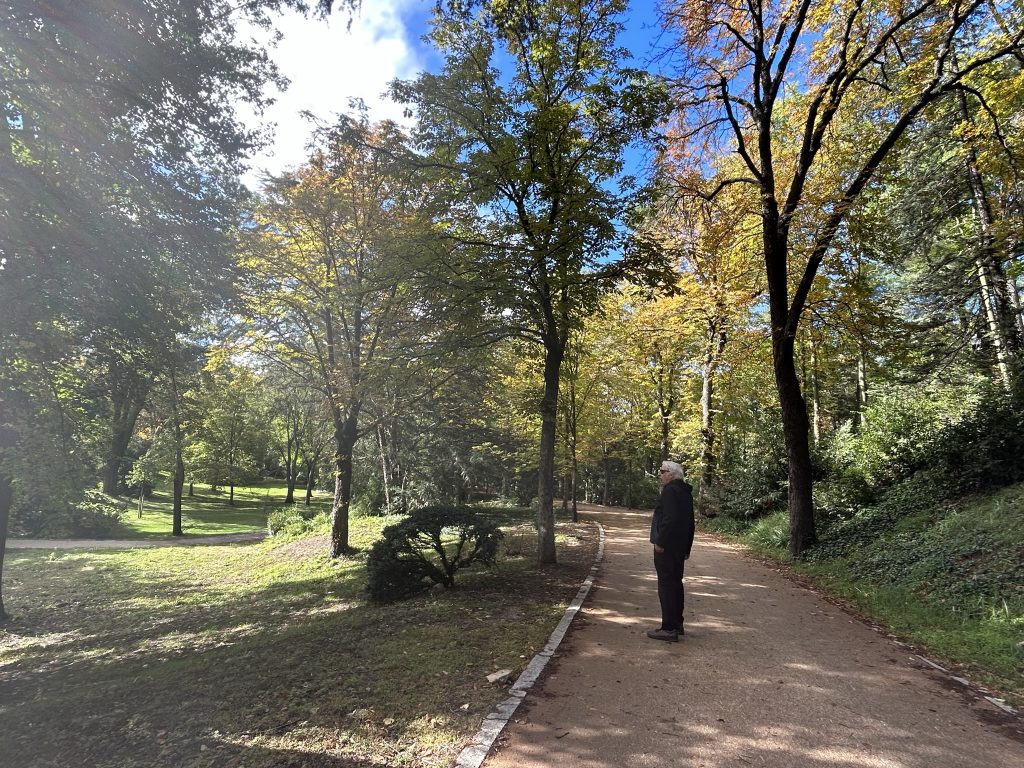
Visit to the Prado in Madrid
The main item on the agenda for the day is a visit to the Prado–one of Europe’s great art museums on par with the Louvre, the Uffizi, and the National Gallery. It’s a must-visit if you want to stand in the presence of some of western art’s most iconic pieces. What I love about the Prado as compared to the Louvre (not so much the Uffizi or the National Gallery) is that it’s very accessible. Yes, it’s large–three floors with dozens of rooms and hundreds of masterpieces–but it’s not too large. We are able to see almost every room and every time period, from medieval to 18th century, in about two hours of leisurely strolling.
I have bought tickets in advance (a must to avoid long lines) and within five minutes of arriving, we’ve sped past a long line and are standing at the entrance of the main gallery. I snap off this picture before discovering that photography in the Prado is forbidden. Oops!
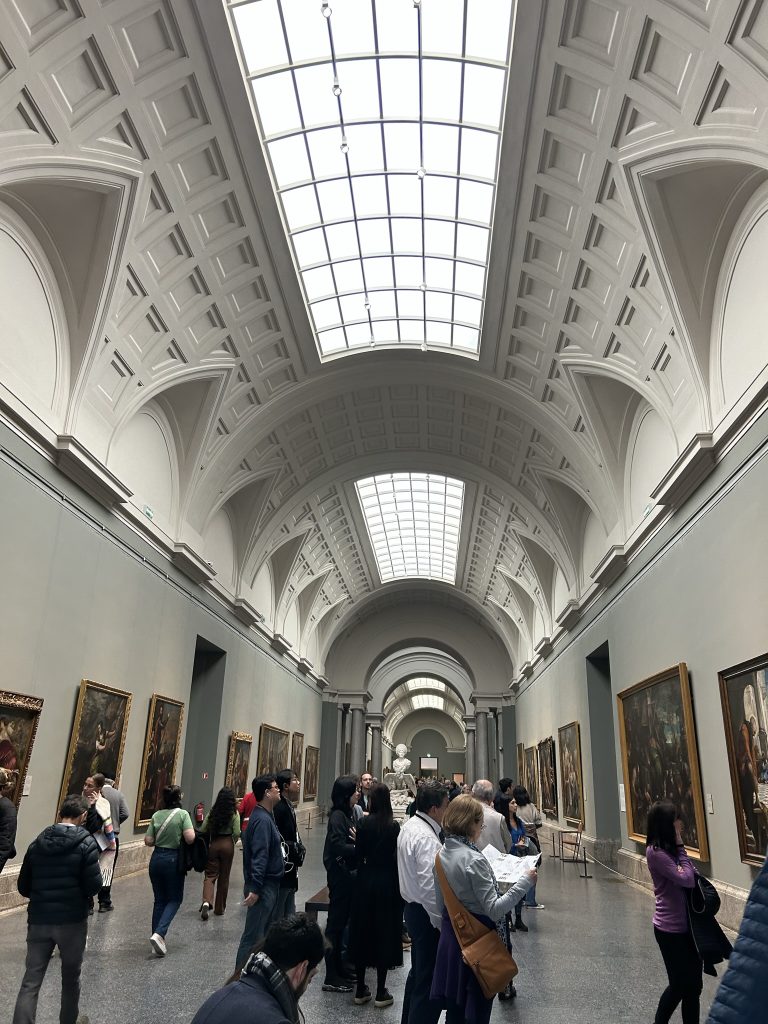
No Pictures!
While at first I’m disappointed not to be able to snap pictures of my favorite paintings, I soon feel grateful for the photography prohibition. Often in art museums, I spend more time hovering in front of a painting waiting for others to move so I can get a good shot than I do appreciating the painting.
Freed of the compulsion to document our visit, Gregg and I wandered happily from room to room, thoroughly enjoying the opportunity to stop in front of paintings we like to discuss why we like them.
Get Your Tickets with Get Your Guide
I recommend buying your tickets in advance through Get Your Guide or even splurging for a guided tour. You’ll learn a lot and are sure to see all the highlights.
Banco d’Espagna
After our visit to the Prado, we walk over to the impressive Banco d’Espagna to catch the Metro home for a wee rest before another trip highlight to come–flamenco!
Here’s a shot of the wedding-cake banco d’Espagna. What a great building. It really says “Madrid” to me–so imposing and kind of in your face, but in a good way.
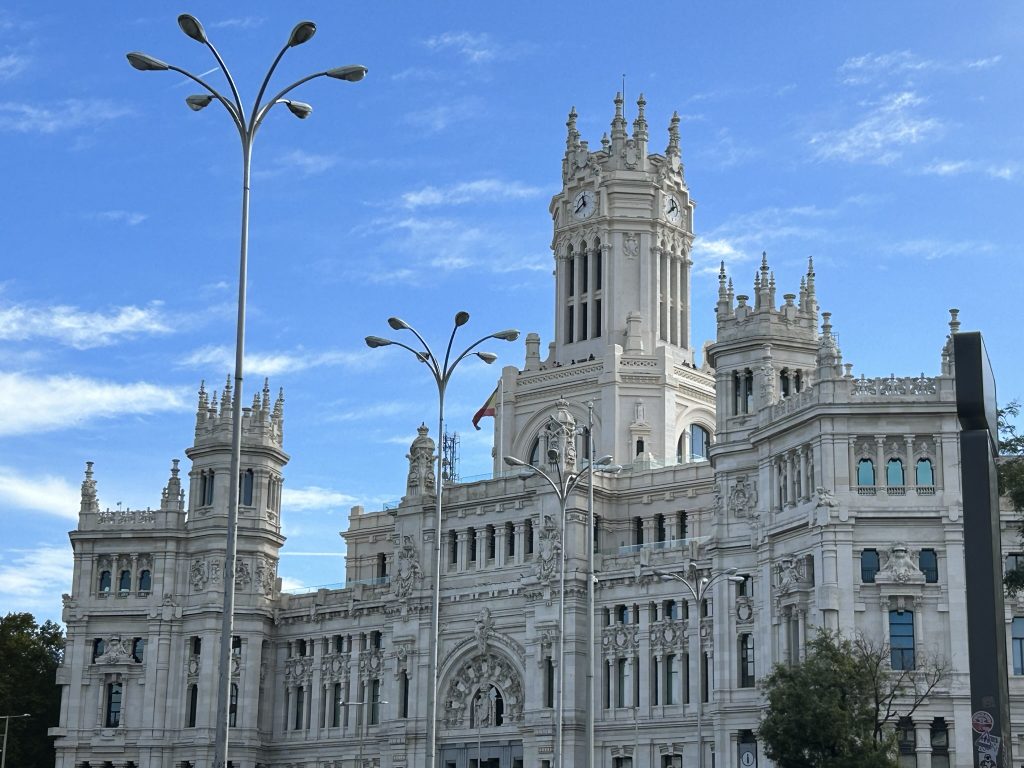
Plaza Mayor
Gregg and I love going to flamenco shows and so of course we’ve booked one in Madrid. We have an early dinner of tapas in the imposing Plaza Mayor, then make our way to the Tablao Las Carboneras.
The Plaza Mayor, by the way, is a great place to visit, but I don’t recommend eating at the restaurants there. Most are multi-lingual tourist traps with food that is at best mediocre. At least that was our experience, and I have read other reviews that say the same. Visit the plaza to enjoy its architecture, then eat at a place in a side street nearby.
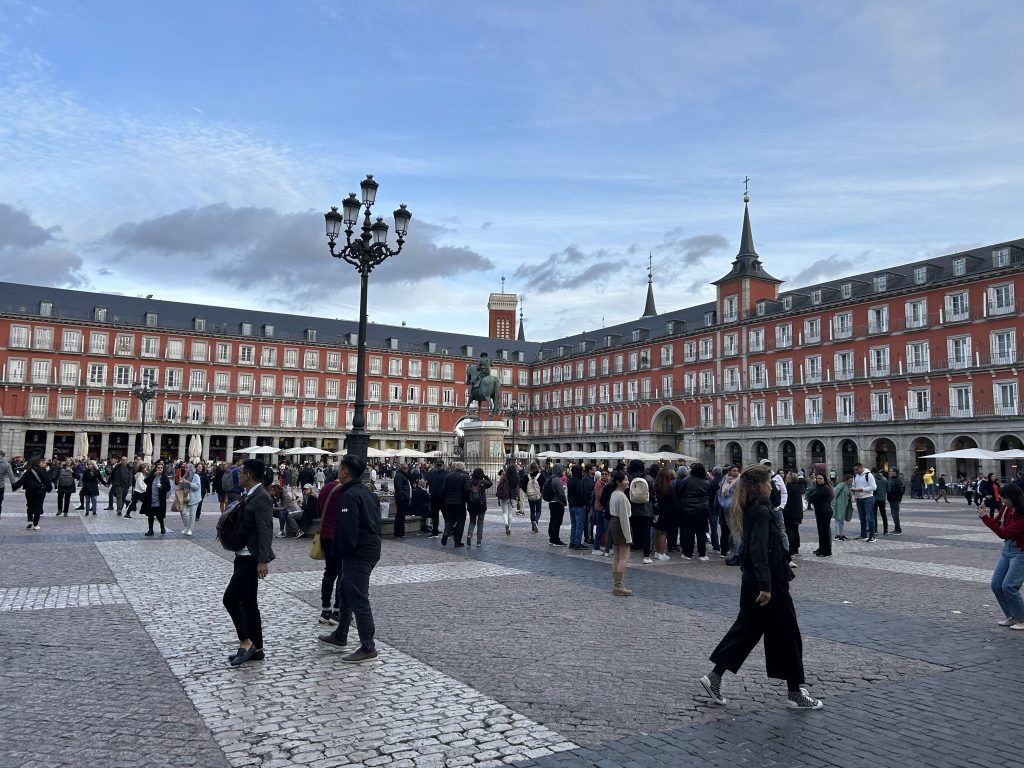
Flamenco at Tablao Los Carboneras
We arrive and are ushered into a “tablao.” This is a room with small tables where patrons are given one “free” drink and a small plate of olives and cheese. Unfortunately, we are seated to the left of the stage and so need to crane our heads around to see the dancers and can’t really see the singers and guitar player at all.
Oh well. Once the lights go down, the three dancers (two women and one man), a male singer, and a guitarist come out and start playing, and we are mesmerized. Flamenco is endlessly fascinating to me. Every performance is different with every dancer, singer, and musician bringing their own soul to the dance floor. Flamenco reminds us of jazz because, like jazz, it is improvisational. One dancer listens and then responds to the singer and the guitarist while the other dancers egg them on with cries of Huzzah and Ole! You can see that they are completely consumed by their performances.
The only fly in the flamenco ointment is that the group of girls next to us won’t stop talking, particularly during the guitar solo (which is heart-rendingly fabulous). I tried to ignore them, but it is irritating and takes away from the pleasure of the evening. We resolve to catch another flamenco performance at a different place before we leave Madrid.
Flamenco Shows on Get Your Guide
Here are a few flamenco shows sold through Get Your Guide. We went to performances at Los Carboneras and Emociones.
Joining the Throngs
After the show, we sail out into the evening and join the throngs of Madrileños out strolling on a Saturday night. The crowds move slowly, everyone chatting and enjoying each others’ company. It’s so darned civilized, and so very different from how we spend our evenings back home! The solitude of island living can be soul soothing, but sometimes, it sure is cool to join the human race in a city like Madrid.
Day 6: Sunday, October 22 – Off to Ávila
We leave the ApartoSuites Jardines de Sabatini for a three-day trip to two small cities to the west and southwest of Madrid. Our first stop is Ávila, a walled city sometimes called the Town of Stones and Saints. The medieval walls are impressive, but they are a good twenty minute walk through dreary suburbia from our hotel. Orson Welles once named Ávila as the place in which he would most desire to live, calling it a “strange, tragic place”. He filmed scenes of his 1965 film Chimes at Midnight in the town, and more recently, some of the town was used as backdrops in Game of Thrones.
I rather wish we’d booked a hotel within the walls, but Gregg has a horror of driving into medieval villages, based on several mishaps over the years! And why add to the stress? Our hotel–the Hotel Exe Reina Isabel–is lovely and was very easy to drive to so no complaints except for its distance to the medieval part of the city.
In Ávila we encounter the first chilly temps of our trip. I am obliged to bring out the hat, gloves, and scarf I’d brought and hoped not to need.
Getting Medical Attention in Ávila
Once we’re settled, we go in search of a doctor to look at my plugged ear. The pharmacist in Madrid told me that I really should see a doctor since over-the-counter remedies have done nothing for five days. After much walking and a taxi ride, we end up at a hospital emergency that won’t take me because they can’t accept payments. They kindly direct us to a clinic that turns out to be five minutes from our hotel. Once there, the nurse hums and haws and finally lets me pay 120 euros to get looked at by a doctor.
The nice doctor who doesn’t speak much English concludes I have an ear infection and writes out a prescription – antibiotics for five days plus spritzing twice a day with another concoction, presumably to soften the wax buildup. Fun.
We trudge back through the dreary streets to the magnificent medieval town to look for the only pharmacist for miles around that is open on a Sunday afternoon. We’re discovering that Spanish small towns on a Sunday can be very, very closed.
Fortunately, we find the pharmacy, get the prescription, wander a bit through completely empty streets, admire the impressive medieval walls, then return to our warm hotel room for an early night.
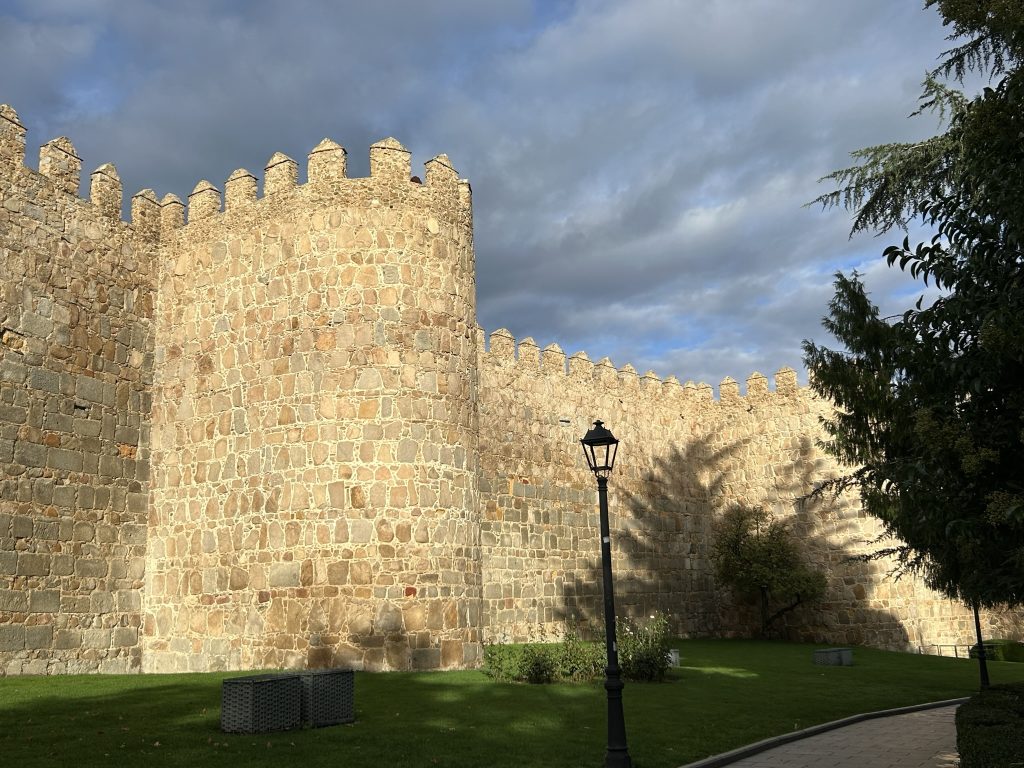
Day 7: Monday, October 23 – Cáceres
We’re up and on the road early for the 2.5 hour drive to Cáceres, another medieval town quite close to the Portuguese border. We’re staying in a country resort that is remarkably reasonable considering it was once a palace. It’s called Hospes Palacio de Arenales and Spa.
We arrive after lunch and decide to stay put for the rest of the day. I try out the very warm swimming pool and various jacuzzi jets, then we have a light dinner in the bar. The weather outside is cold, so staying warm indoors wins over sightseeing. The palace itself is magnificent.
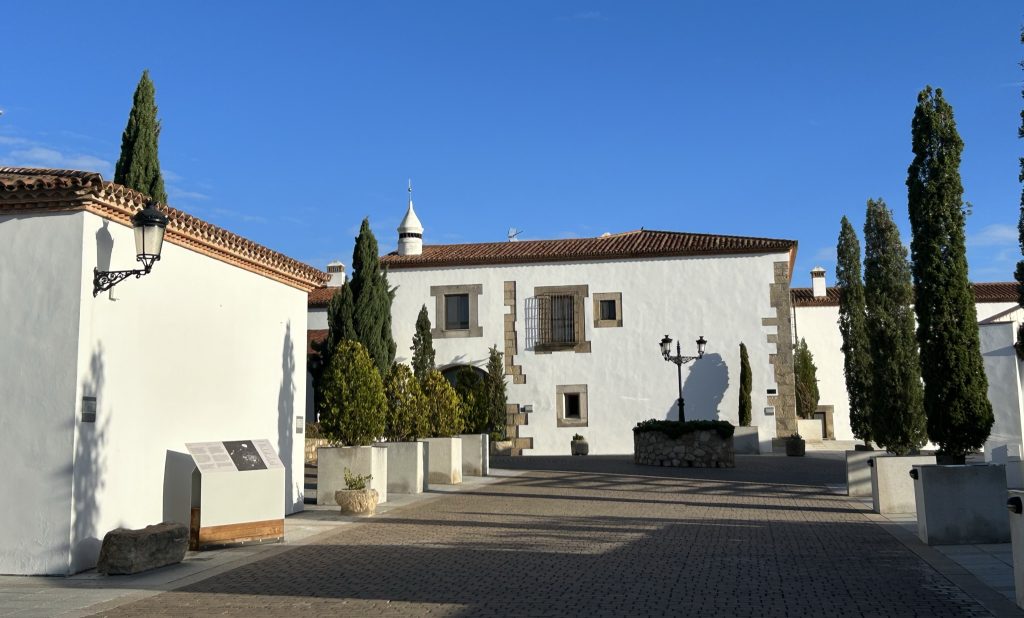
Day 8: Tuesday, October 24 – Exploring Cáceres
We are staying two nights in Cáceres so the next morning after a sumptuous breakfast, we drive into the town to check out the medieval center. Most of Cáceres is forgettable–a town like any town in Europe. We find a parking space and walk into the historical center. It’s pretty deserted but certainly atmospheric. We snap a few photos, visit the church, then have a hearty lunch in the main square.
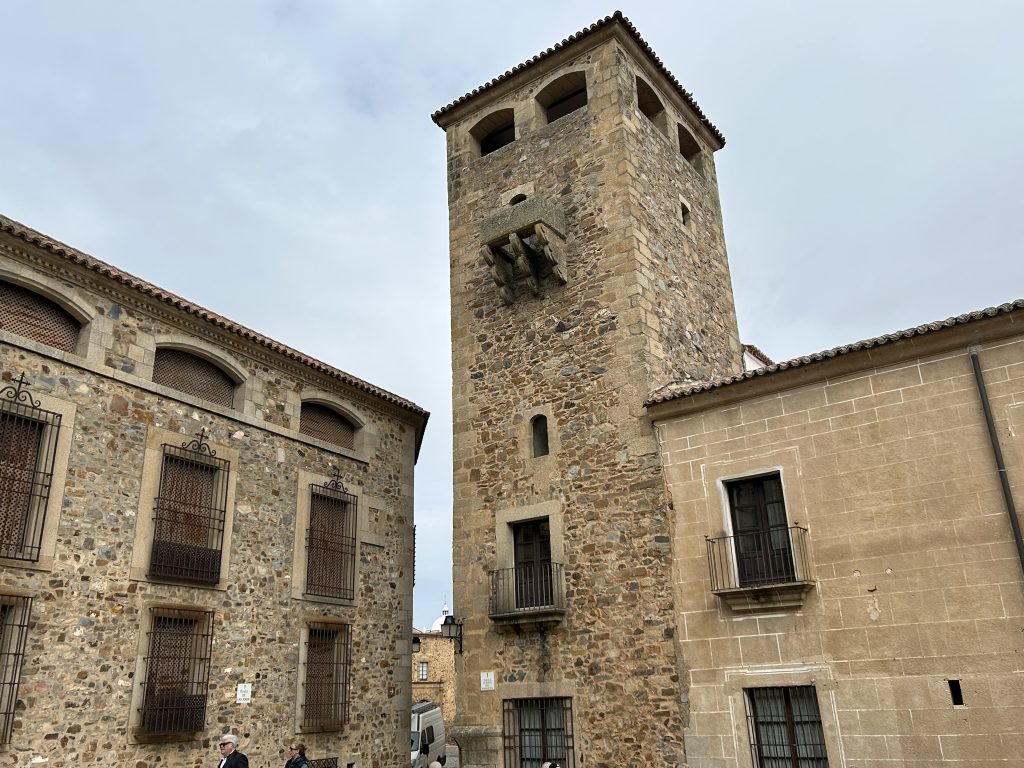
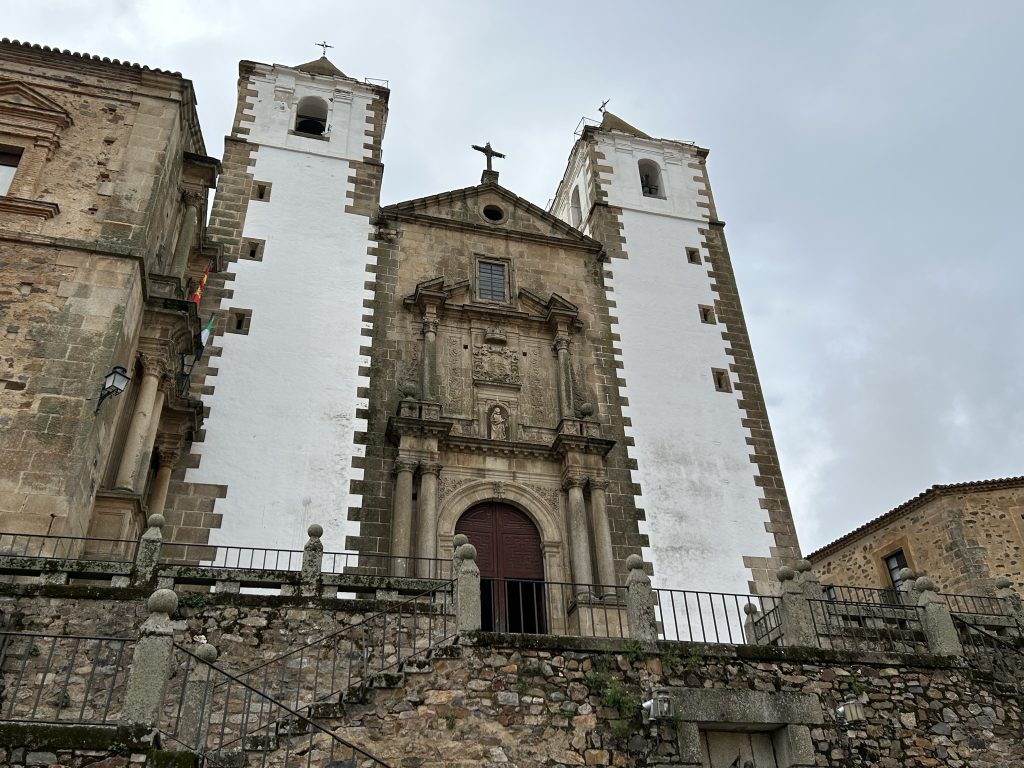
Our three-day sojourn from Madrid has been relaxing but has involved a bit too much driving considering the payoff.
Day 9: Wednesday, October 25 – Return to Madrid
We are happy to return to Madrid this morning. The three-hour drive through fairly dreary landscapes flies by. Before we know it, we’re pulling into the parking lot next to the ApartoSuites Jardines de Sabatini. We are greeted like old friends and given keys to a new suite on the fifth floor at the back of the building.
Sunset View
The view of building rooftops is not particularly inspiring, but does include glimpses of some memorable sunsets.
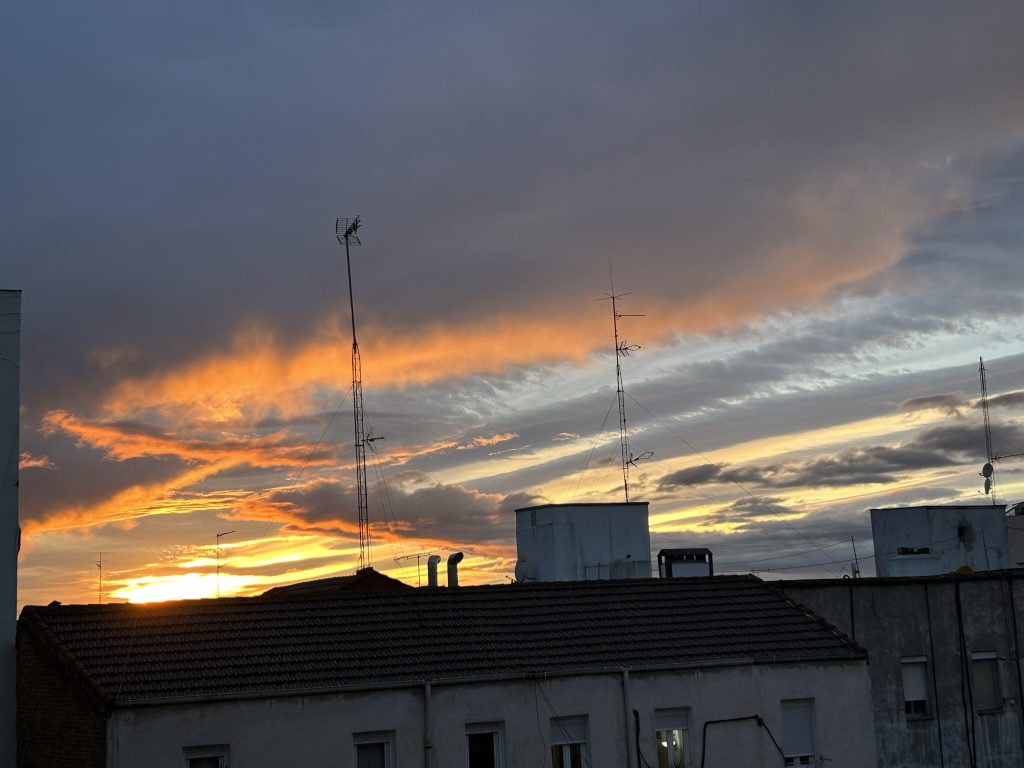
Once settled, we go for a good long walk through the narrow streets of old Madrid before ending up at Plaza de España and the stairs leading down to “home.”
On this, our re-entry day into Madrid, we do very little beyond the walk. I have travel arrangements to attend to. We’ve decided to cut our trip short by two days, thereby eliminating a long drive from Padua to Lyon in France. As a result, I must spend several hours online with KLM making the flight changes, then reshuffling our accommodations.
Thank goodness for booking.com. I know that properties prefer clients to book directly with them because booking.com charges a 10% commission, and I sympathize. However, for a long trip such as ours, having all our accommodations together on one website is so convenient. I’ve never yet been on a trip when I didn’t make some changes to our itinerary and the associated accommodations. Canceling and rebooking accommodations on booking.com is a breeze.
For dinner, we opt for Thai food at a little place down the block. Its reviews are excellent and we are tired. Also, I’m craving Asian food after a fairly steady diet of Spanish tapas. They can be a trifle on the heavy side and vegetables are rarely featured. I want something spicy and fresh and Thai food fits the bill.
Turns out it is a good choice. We share one appetizer and one red curry made with crispy duck and are pleasantly full.
Day 10: Thursday, October 26 – A Day of Nothing Much in Madrid
Today is our day off from our 66-day sojourn. I start the day at my favorite café and write for an hour before Gregg comes by. We decide that a day off is a good day to go in search of a new suitcase for me. One of the wheels on my suitcase was broken on the plane and now lists to one side. I don’t fancy its chances of surviving two more flights.
Gran Via – The Heart of Madrid
Off we go up the stairs to Plaza de España and then along bustling Gran Via—the main artery that cuts through central Madrid. Gran Via is the Broadway of Madrid on which most of the theaters are clustered along with the big hotels, chain stores, and fast-food restaurants. It’s a delightful street to stroll along—wide and clean with imposing buildings on both sides. The Plaza de España is at one end (near where we are staying) and the Prado is at the other end. Here are some pictures of the magnificent architecture along the Gran Via.
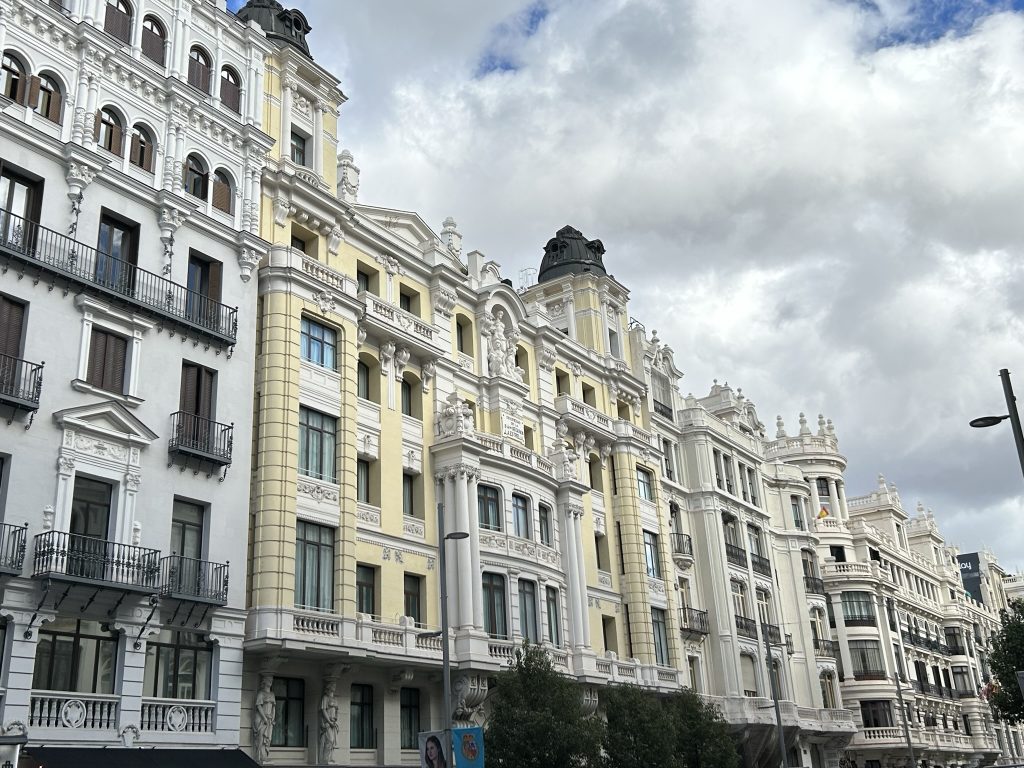
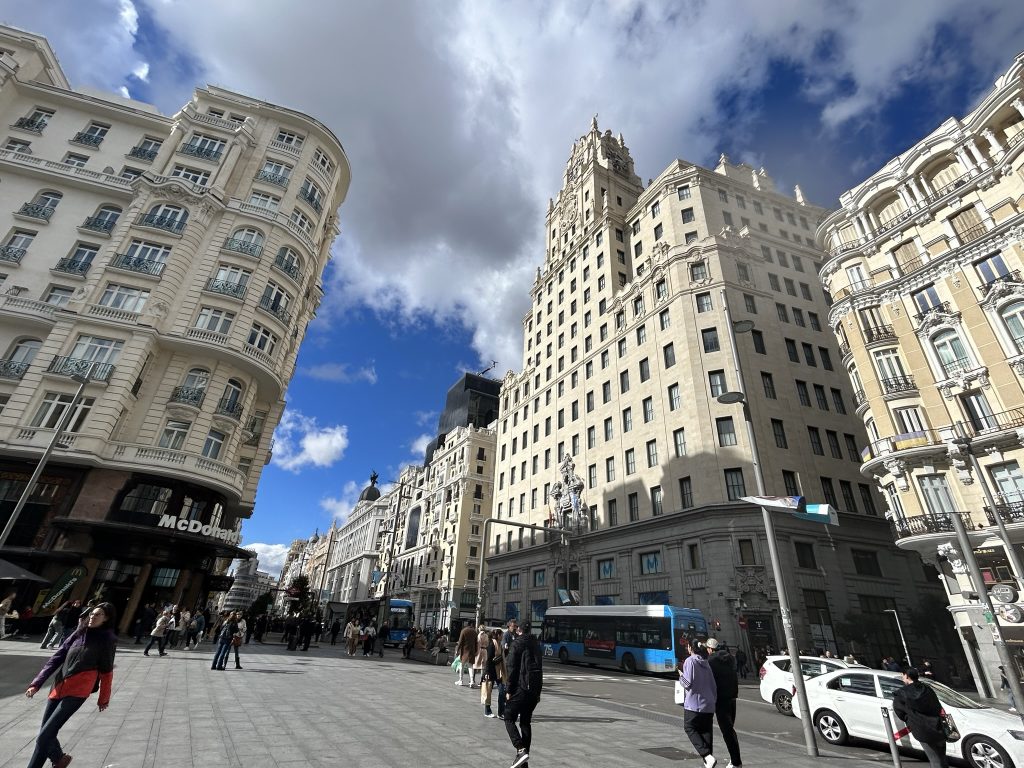
Some Rest and Relaxation
When we get back from our shopping trip, new suitcase in tow, I indulge in an afternoon nap and it does feel good to just rest! Traveling is wonderful, but it can also be hard work. I’m grateful to have such a comfortable place to stay. In the evening, we climb the stairs back to Plaza de España and look for an Indian restaurant. We are the first customers at 8 pm. The food is plentiful and tasty.
Day 11: Friday, October 27 – A Visit to El Retiro
A sunny day! We plan another quiet day in Madrid prior to going to the second opening this evening. I start my day at my favorite café. By this time, the servers know me and smile with recognition first at my order and then point upstairs to my favorite table overlooking the action. I love starting my day this way—the bustle and clink, the murmur of voices—never too loud in Europe, the wagging tails of the dogs brought in by their owners. When I get upstairs to “my” table, three little mop dogs are tethered to the table behind. They get very excited when I come up and jump up with much wagging of tails and bodies.
After working for about an hour, I drop my computer back at the Jardines and we embark on our outing of the day—a walk through Retiro Park. We stroll across the street and up the stairs to the gardens flanking the Royal Palace, skirt the palace and go around the Opera house to arrive at the Opera Metro station. A few stops later, we emerge across the street from Retiro Park.
Retiro Park in Madrid
Paris has the Luxembourg Gardens, London has Hyde Park, Rome has the Borghese Gardens, Berlin has the Tiergarten, and Madrid has El Retiro. I’ve been to all of them and I have to say that Retiro in Madrid is my new favorite.
Gorgeous trees, wide walkways, a large lake studded with rowboats being lazily propelled in the October sunshine, an exquisite rose garden, and a lot more make Retiro a delightful place to spend an hour or two. We walk from one end to the other, sometimes joining the throngs of people on the larger avenues, and other times veering off to small pathways where only the occasional jogger lopes past.
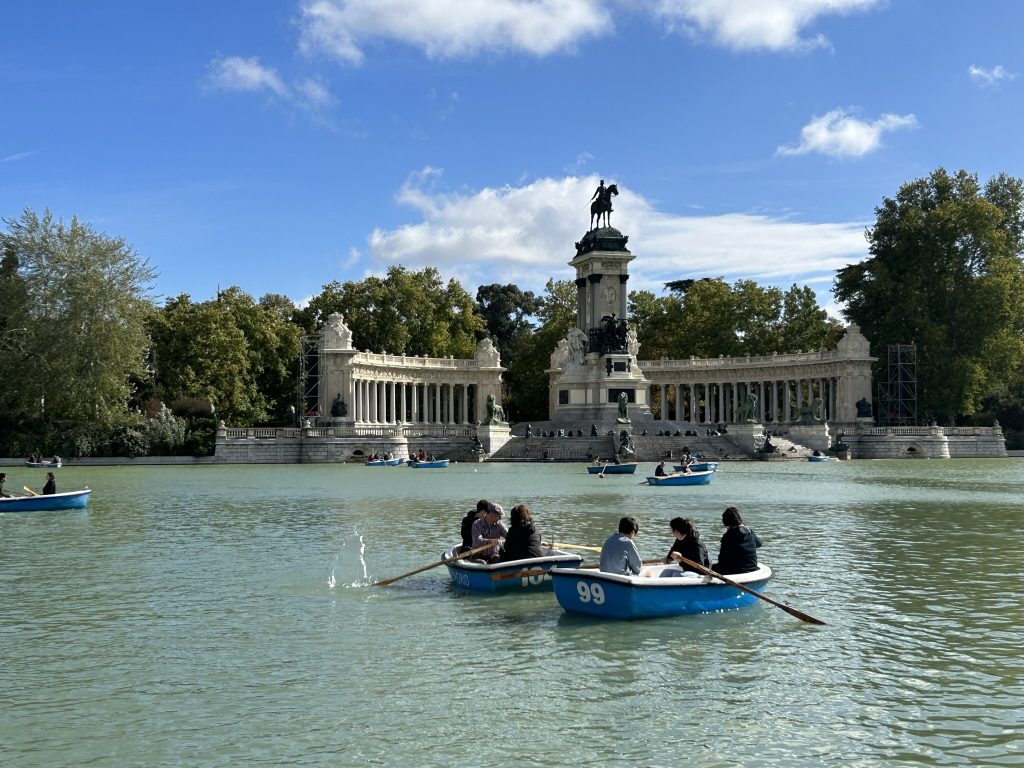
Retiro is 118 hectares of green space in the very center of the city and was built in the mid-17th century for King Felipe IV.
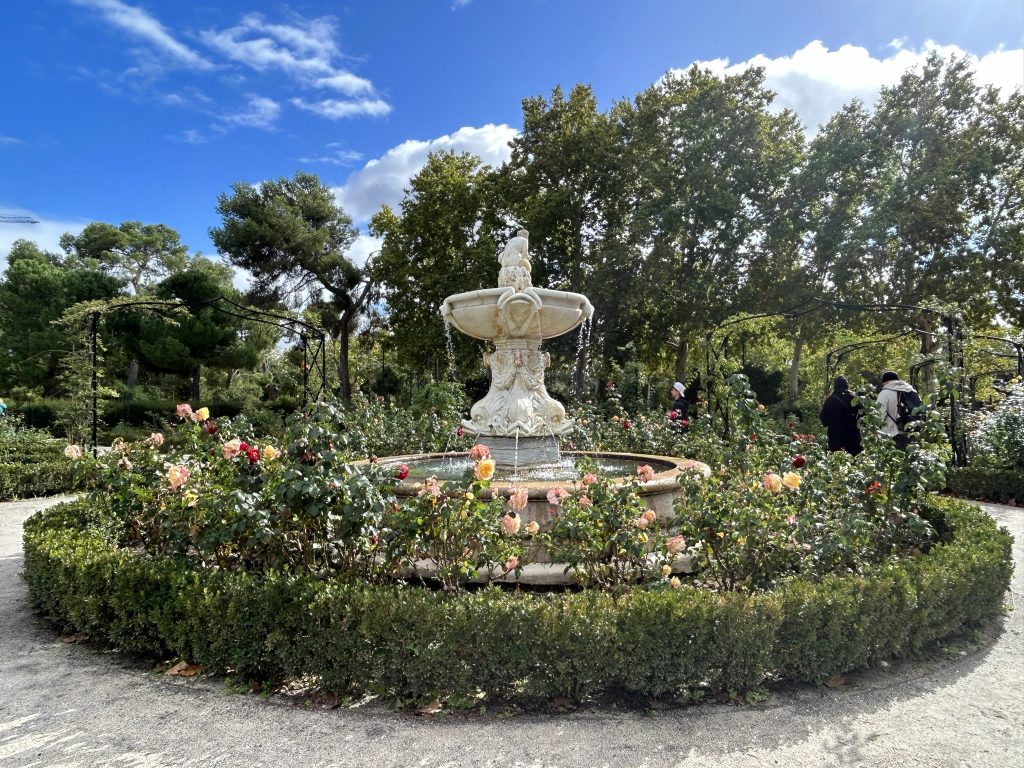
We walk the length of the park and emerge into a workaday neighborhood where I’m sure we’re the only tourists. We stop into a cafeteria for lunch and enjoy a bargain meal–two very filling sandwiches, two coffees, a soda water, and two desserts for about 12 euros. All very tasty and fresh! We are finding that food prices in Madrid, particularly away from tourist areas, are extremely reasonable. And even in the tourist areas the prices are still less than what I’d pay in Vancouver for comparable quality–a lot less!
Second Opening of Flamenco Abstractions
In the evening, we go again to Captaloona Gallery for the second opening. More people come and we enjoy many interesting conversations along with some sales. All in all, a successful evening! Afterwards, we take the Metro back into Old Madrid and enjoy yet another excellent meal.
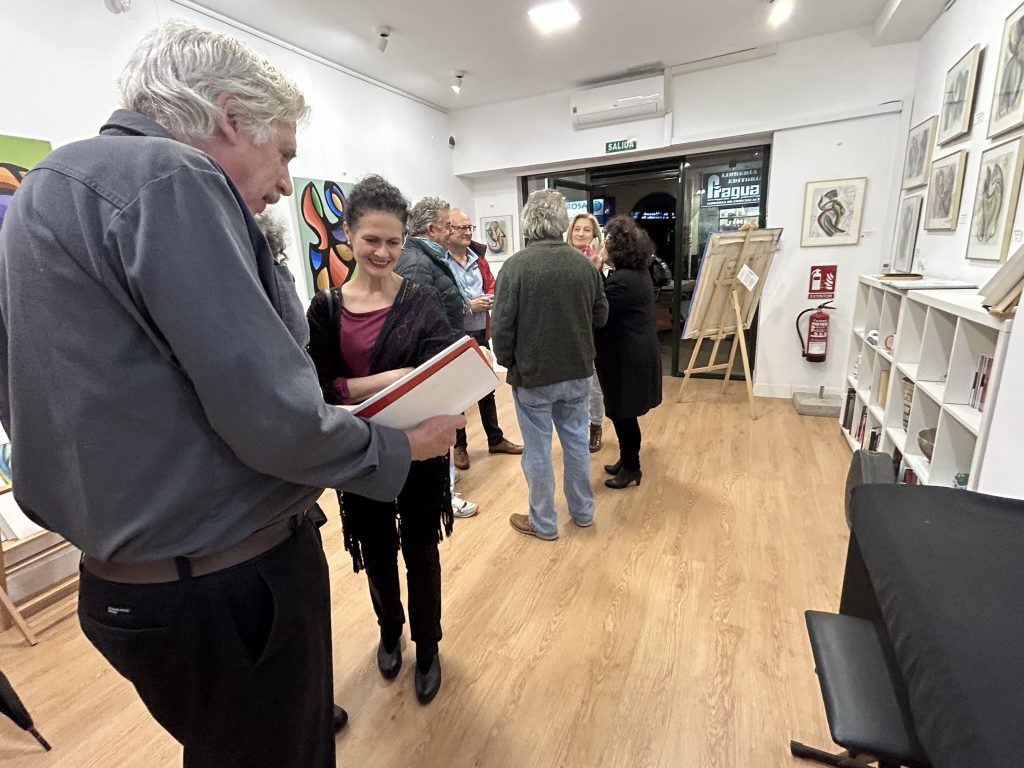
Rez Mad Rid Festival
The Rez Mad Rid Festival (we finally figure out that it means Lights Madrid) has started and all over Madrid sound and light shows are set up. At the Royal Palace, black Hallow’eenish tendrils crawl across the facade to the accompaniment of suitably spooky sound effects. On the side of another building, the projection of an artist “painting” with light entertains us for several minutes.
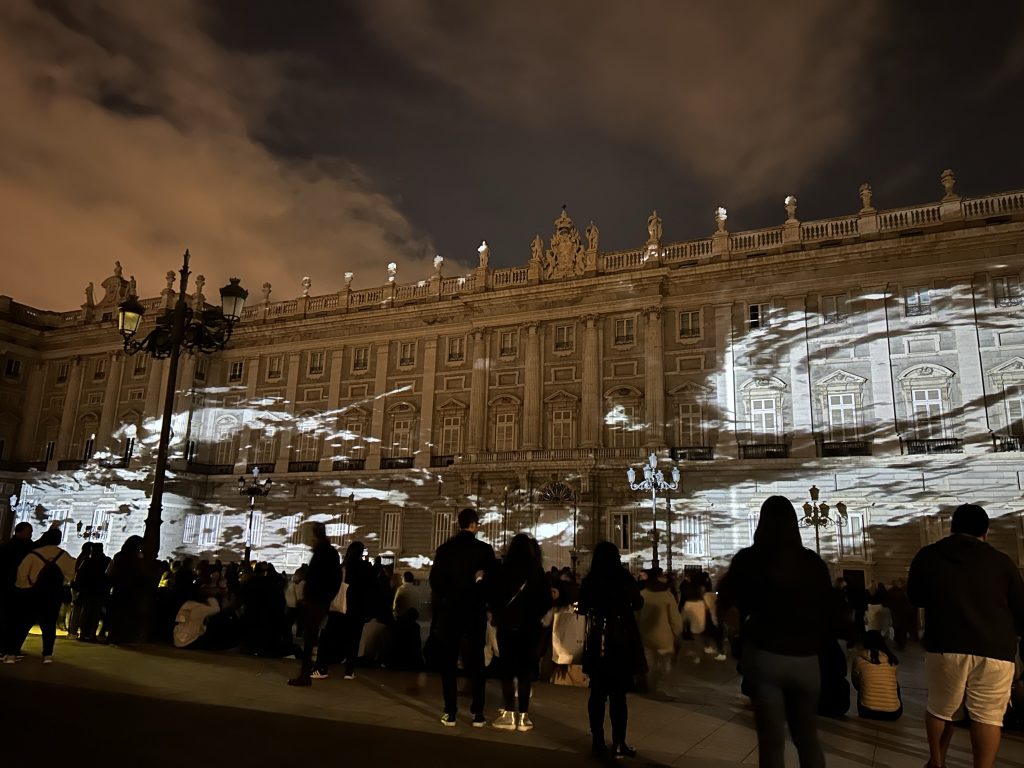
The streets and walkways are teeming with people and the cold air is alive with their conversations.
Day 12: Saturday, October 28 – Royal Palace and More Flamenco
I’d booked a guided tour of the Royal Palace a few days earlier, and so at 9:40 set off from ApartoSuites Jardines de Sabatini to stroll across the road to the palace grounds and through them to meet the tour at the statue of Felipe II. The morning is chilly with a biting wind. I’m grateful when finally, after much milling about and waiting in line, we are ushered into the palace.
Our guide is a perky and well-informed young woman wearing a bright purple hat and blue raincoat so she’s easy to spot among the dozens of more soberly clad tourists.
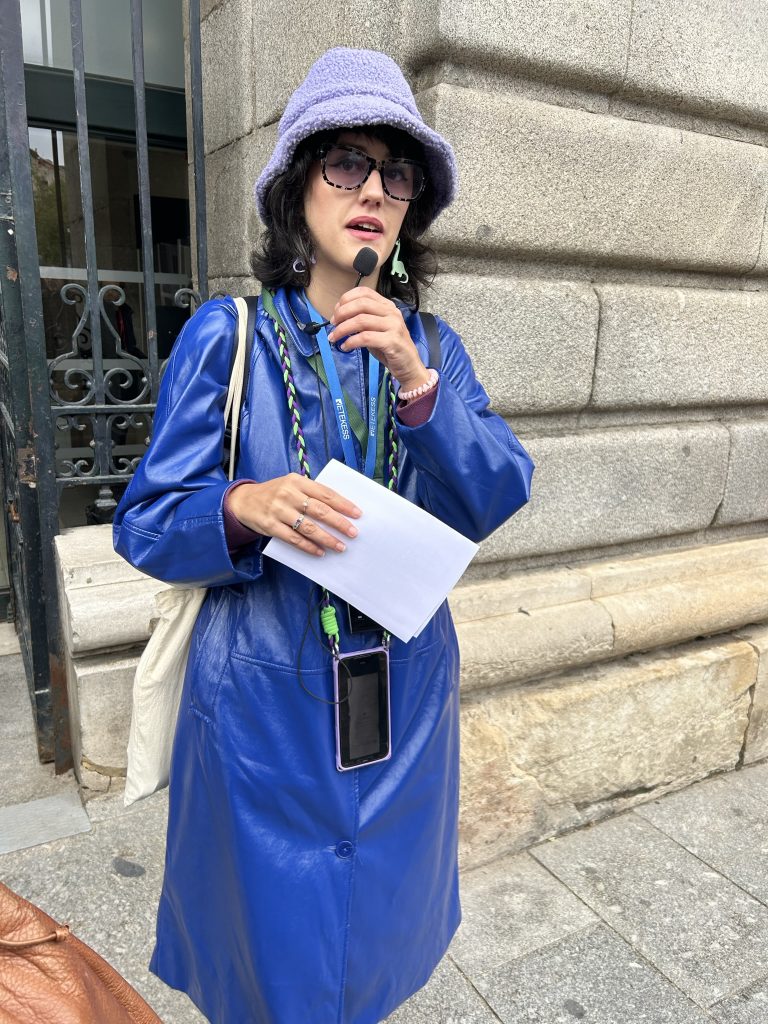
I used to turn up my nose at guided tours, but I’m coming to see their worth in small doses—about two hours is my maximum. I learn more from a live guide than I do from the ubiquitous audio guides that always make me want to fast forward.
The Royal Palace Tour Begins
Our guide starts off by giving us a quick summary of the history of the palace, which is the official residence of the Spanish royal family (although they don’t live there). Back in the 1730s, Philip V decided to have a new palace built after the mouldering fortress that Spanish kings had been occupying for centuries burned to the ground. Apparently, the fire roared through the old place on New Year’s Day, not long after all the best paintings had been taken out. Coincidence?
Measuring 135,000 square meters with more than 1,400 rooms, the Royal Palace is massive. Thankfully, the tour explores only a handful of the rooms, but what a handful. The first room we enter is laden with massive chandeliers, and I snap a picture.
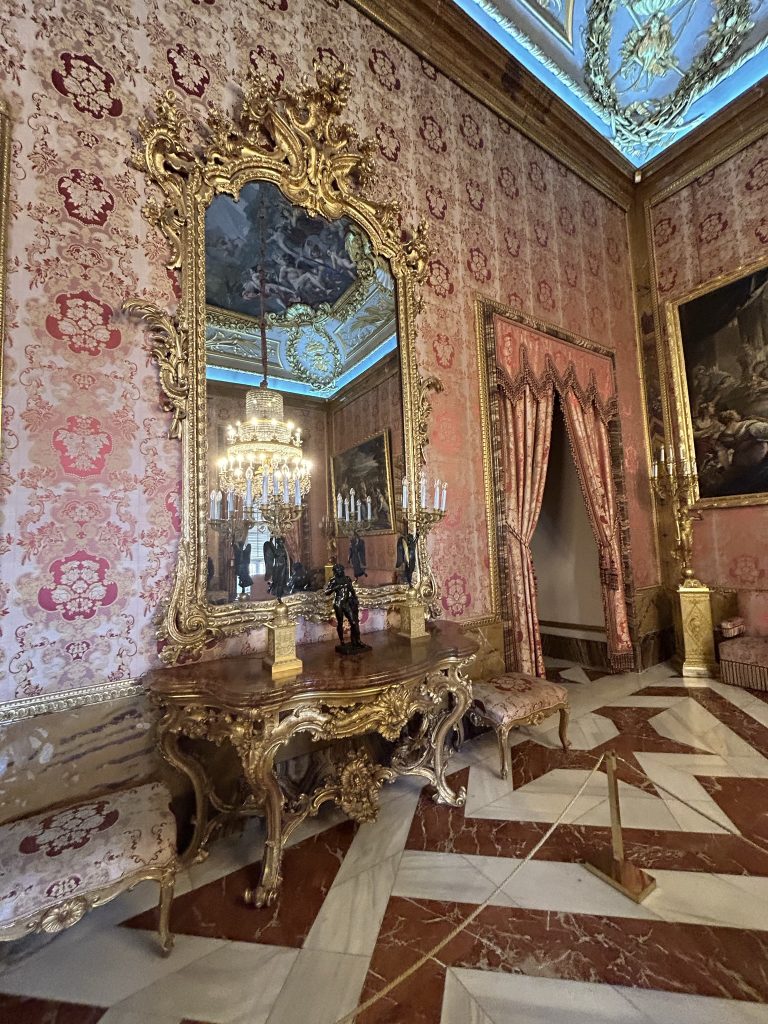
Seconds later, I’m almost bowled over by a very angry guard.
“No pictures!”
“Sorry!”
He wags a thick finger at me and for a second I’m worried he might tackle me to the ground and confiscate my phone. Instead, he turns away, grumbling under his breath as he readies himself to pounce on the next unsuspecting tourist.
The guide apologizes to the group for neglecting to tell us that photographs are not allowed. She also acknowledges that the guard was somewhat aggressive. No kidding! My heart rate doesn’t return to normal for two more rooms. I feel like the very worst sort of cultural criminal.
Sumptuous Rooms in the Royal Palace
Sumptuous is putting it mildly. Ceilings are covered in frescoes, walls with silks and paintings; objets d’art including some pretty nifty clocks sit atop beautifully carved tables, and there are chandeliers galore. It’s somewhat over the top but hey, it’s a palace. The guide provides just enough history and stories to bring the place alive without overdoing it.
One room displays a collection of five instruments made by Stradivarius. Each is worth tens of millions of euros and can only be played by a virtuoso. It would be amazing to hear how they sound!
We also check out the banquet room and the throne room, and learn that the current king came to the throne in 2014 after his dad, King Juan Carlos, abdicated following a series of scandals involving the misuse of government money. King Felipe VI looks to be an upstanding fellow. The palace is getting ready to host a major royal event when his eldest daughter, the heir to the throne, pledges her loyalty to the constitution. The palace will be closed for several days.
Should You Visit the Royal Palace?
Is a visit to Madrid’s Royal Palace worth a few hours of your time? I think so. Despite its massive size, it’s one of the more accessible palaces I’ve toured, and the history of the various kings and queens who inhabited it is fascinating. If you go, I suggest signing up for a guided tour and choosing the first tour of the day so you enter the palace when it opens at 10 am.
Access to the rooms is through very narrow entranceways. I find it crowded enough early in the day and can’t imagine what it would be like later on. I think getting from room to room would take twice as long.
When I emerge from the palace at 12:30 at the end of the tour, the line-up to get in stretches for a few blocks. So yeah, go early.
After my tour, I meander slowly through crowds of tourists (the most I’ve seen since arriving in Madrid) to return to the hotel. The air is still cool, but the sun is shining and the palace gardens are as inviting as ever. Once again, I’m struck with how comfortable a city Madrid is. People don’t rush around here, not like they do in Paris or Rome. There are also very few bikes and almost no cars in the center of the city so walking is a pleasure instead of an exercise in death-defying dodging.
Accessing Health Care in Madrid
Back “home” at the Jardines Sabitini, I connect with a local doctor to help me with my ongoing ear problem. Forty minutes after I call a number for a Madrid doctor on call, a doctor arrives at my door. She is from Colombia and quickly gets to work solving my ear problem and also providing help with some skin issues I’ve been having since coming to Europe. She is a wonder! The cost is 130 euros and she comes equipped with a Visa machine.
What a service! She tells me that she is on call for 24 hours and that the morning was very busy with people suffering from major hangovers after over-indulging in the Madrid night life. Many people told her they would never drink again, but she tells me with a twinkle in her eye that she doesn’t believe them.
Another Flamenco Show in Madrid
On the agenda for the evening is yet another flamenco show. Ever since seeing our first live flamenco in Barcelona in 2010, Gregg and I have been obsessed. In fact, Gregg’s exhibition in Madrid is heavily inspired by the flamenco shows we’ve attended over the years.
We opt for Madrid: “Emociones”, billed as one of Madrid’s best flamenco shows. It’s in a theater rather than a club and we hold out hope that we’ll snag better seats than we did for the flamenco show we attended a week earlier. With that goal in mind, we leave home at 5 pm and walk about 25 minutes through what are becoming the familiar streets of Madrid to get to the theater. Along the way, we join the throngs on Gran Via.
Saturday Night in Madrid
It’s Saturday night and the street is packed to the gunnels—and it’s only 5:30! But it will only become more crowded, as we’ll discover after the show.
We arrive and are shown to absolutely first-rate seats in the second row directly in front of the stage. The price includes one drink each. Gregg orders agua con gaz and gets a nice big bottle that I share, while I order a white wine (my first in over a week to celebrate finishing a round of antibiotics). It’s a good choice since it is a very small glass of white wine!
Still, we’re not there for the drinks. The lights go down and the hour-long show begins. We are introduced one by one to the six performers who will pour their hearts onto the stage, literally to be stomped upon. The cast consists of two female dancers, one male dancer, a guitarist and two female singers. Together, they present a mesmerizing show that really showcases the various roles each of the components play—dancers, musicians, singers.
The Flamenco Performance
The three dancers dance together and then each takes the stage separately to perform breathtaking solos. We are at eye level with the feet and especially during the man’s performance, I fix my gaze on his shoes and watch with wonder as he slides, slides, stomps, stamps, taps, and even jumps. Meanwhile, he fixes a haughty gaze high above the heads of the audience and with his hands alternates between slow snaps, sinuous arms movements, and then rapid grabbing of his jacket and wrenching it back and forth like a matador’s cape.
As in every flamenco show we’ve attended, the guitarist takes a solo.The flurry of runs shivering up and down the neck of the guitar has me swooning. I don’t think there’s any kind of guitar playing more perfect, more soulful than Spanish guitar playing. It truly is poetry performed by ten impossibly strong fingers.
Day 13: Sunday, October 29 – Tango in Madrid
In the morning, I go out to my favorite place for morning coffee and to work on my novel. At 11:30, we hop in a cab and go to the gallery where Gregg and Claudio take down and pack the show. It has been a success in many ways, not just with some sales but also because of the contacts made and people met.
Claudio is very supportive of Gregg’s work and promises more connections and possibly another show in Madrid. Will we return? Who knows? I certainly like this city with its calm and easy atmosphere. Madrid feels more like a village than a big city, despite the crowds. Perhaps it’s because there is virtually no traffic noise in the streets of Old Madrid. With almost all cars banned from the city center, most streets are either pedestrianized or have so little traffic that it’s common to walk most of the time in the center of the street, only moving calmly aside when a car comes sedately along. No cars horns blaring, no sirens, no feeling of imminent demise, and as mentioned, almost no bikes or scooters.
Uber in Madrid
After packing up the show, we call for our first Madrid Uber. I’m surprised that I’m required to enter my passport number before I can order one. Apparently, it’s a requirement of the Spanish government. I have no idea why but I guess I’ll forever be registered in some Spanish government archive as having ordering a 7 euro Uber on October 28, 2023.
Back “home,” we go for lunch at a nearby café that’s packed to the gills with locals enjoying a cheap Sunday lunch. The food is definitely budget-friendly and filling, but the one server is run off his feet and a good lunch is followed by twenty minutes of waiting for il cuenta. Finally, he tends to us after passing by numerous times with a promise to return, only to have us pay the wrong amount! He has to run out of the café to collect an extra thirty cents because I thought the bill read 20.50 and it was 20.80!
Gregg spends the afternoon drawing and I head out for a last swing through the centro to see if I can pick up some Madrid souvenirs. I’ve bought nothing so far in this wonderful city. Souvenir shops are brimming over with tackiness. I snag some jewelry, a flamenco fridge magnet and a mug.
Tango in the Evening
At 7 pm, we meet Claudio and his wife for what turns out to be an epic treat–a performance by two masters of the tango at Café Berlin. One sings and the other plays the harmonica and all the rhythms are inspired by tango.
What a tour de force! Accompanied by an amazing guitarist, the two men entertain us for over 90 minutes. In addition, every so often, guests come up on stage and sing. We love every minute of it. Here’s a link to a video Gregg took: https://www.facebook.com/1262160445/videos/350491717540159/
After the performance, we go out to a marvelous meal with our new friends. As we stroll home through the Sunday evening crowds, we feel very grateful for how well our Madrid odyssey has gone.
Day 14: Monday, October 30 – The Ballet
Last full day in Madrid! I have nothing planned beyond working on my novel in my favorite café, working on this journal, doing some research, going for lunch somewhere, and getting packed up before we head out of town tomorrow.
After my morning stint at the café, Gregg swings by and we go for our last stroll in the Jardines Sabatini across the street. We wind our way down sylvan paths completely alone with the trees and unable to hear the traffic from the street above us. We walk farther than we have in the past and discover a rose garden, more statues, and a few other follies, along with some great views of the palace up on the hill. The leaves are turning fast now and with the sun filtering through, we are in a magical place.
After dropping back into our place to recharge my phone, we set out again to find an art store. Gregg needs to stock up on more conté pastels before the next phase of our trip. During our travels, we spend a fair amount of time searching out art stores.
The big event of the day is a performance of Swan Lake by Ballet Kiev.
Swan Lake
Neither of us has ever seen a full-length ballet (with the exception of The Nutcracker when I was a little girl), so we are excited to see what Ballet Kiev has in store for us. The dancing is beautiful, with glittering costumes and sets. At a mere 40 euros for excellent seats (and no one next to us so we are able to stretch out), the evening is excellent value.
We dance our way home through almost empty streets. It’s a Monday evening and apparently even Madrid sometimes slows down.
Day 15: Tuesday, October 31 – Maestras
Our last morning in Madrid! We pack the car and set off via Uber for the Museo Nacional Thyssen-Bornemisz to see a special exhibition of women artists called Maestras.
Our driver is obliged to take almost an hour to get from our hotel to the museum (about a 30-minute walk away) because many roads are blocked off. The Crown Princess is giving her oath fo the constitution in Parliament today and security is tight.
Maestras at Museo Nacional Thyssen-Bornemisz
Finally, we arrive (I add on an extra-big tip!) and we tour the exhibition. It’s excellent! Not only are the pieces chosen gorgeous to look at; the thematic organization is very thought-provoking. Works by so many of my faves are featured, including Artemisa Gentilleschi, Berthe Morisot, Mary Cassatt, and Rachael Rausch.
Time to Say Goodbye
And finally, it’s time to say adios to Madrid and hola to Valencia. We say our good-byes to the staff at the ApartoSuites and promise to return! They have truly made our stay a pleasure.
Minutes later we’re on the road out of Madrid. The GPS doesn’t disappoint and before we know it Gregg’s staring down the A3 for the next three and a half hours.
Even after twelve days in Madrid, we missed a few museums I’d wanted to visit, such as the Costume Museum, and didn’t get a chance to pop into the Reina Sofia to say hi to Picasso’s Guernica. I also never visited the imposing cathedral and I’m sure missed a few more worthy sites.
But hopefully, we will return!
Madrid Tours
Here are lots of options for getting tickets and tours through Get Your Guide. I use their tours frequently and can recommend them wholeheartedly.
Conclusion
Have you been to Madrid? Share your recommendations in the comments below. Also, here are more posts about Spain.
